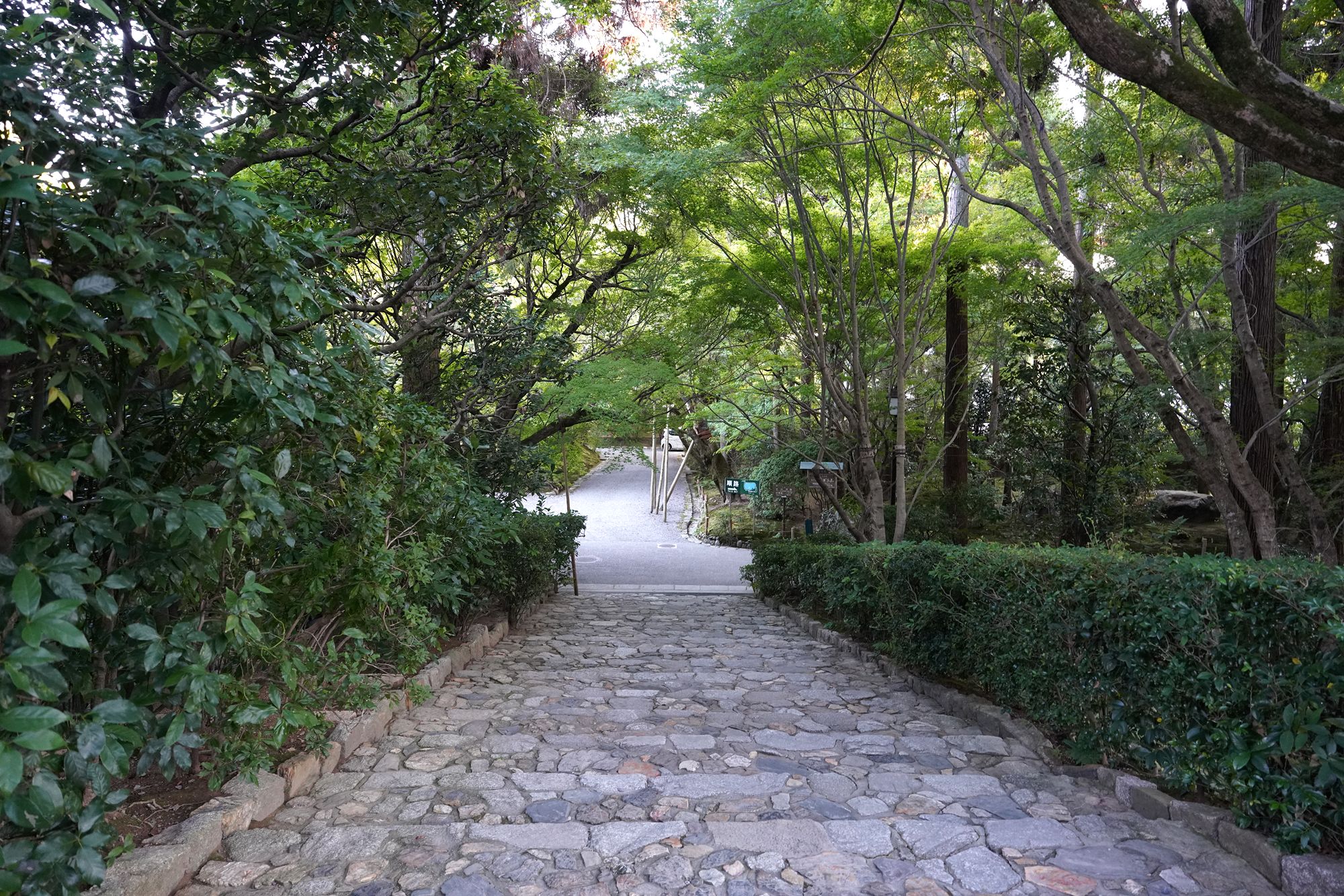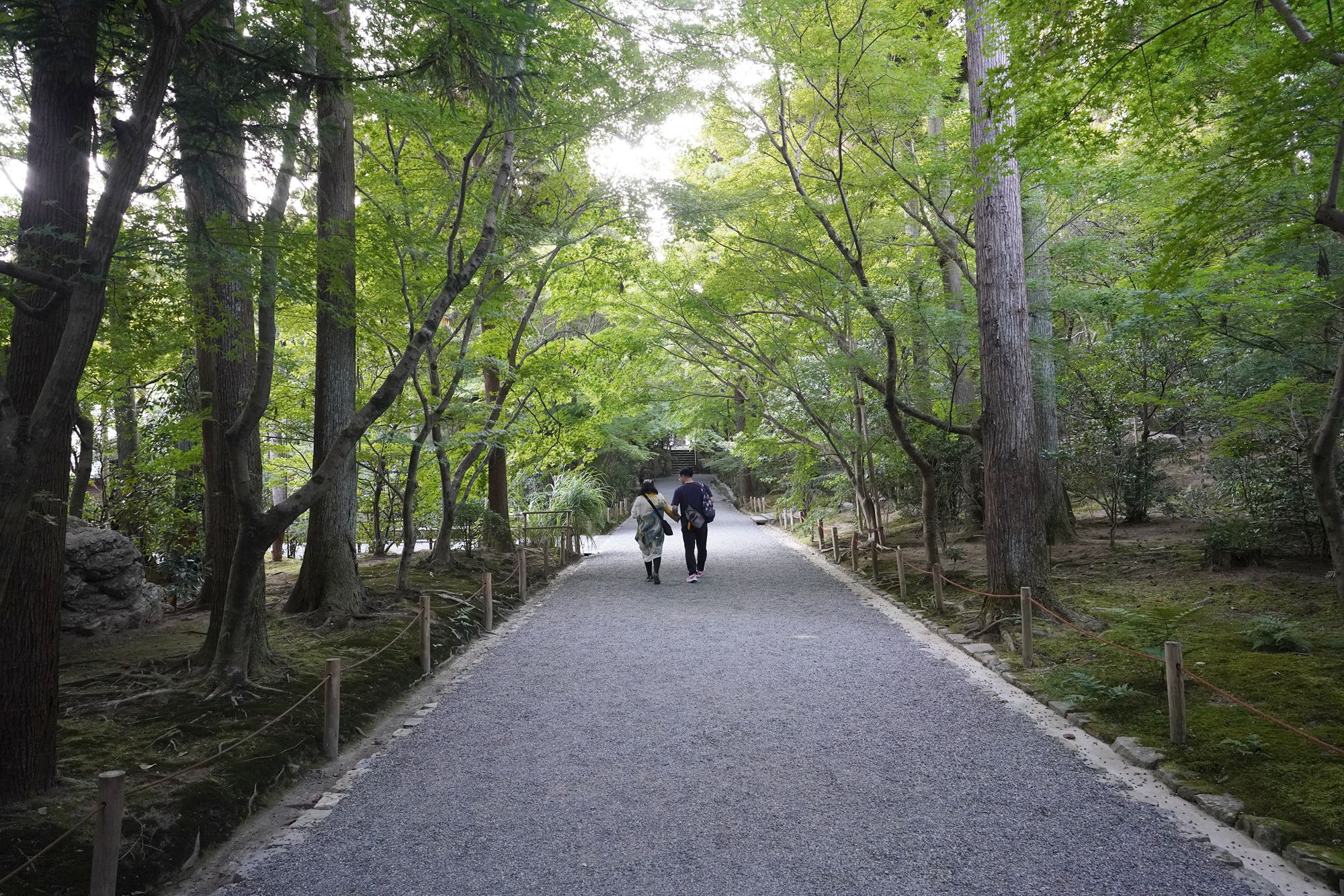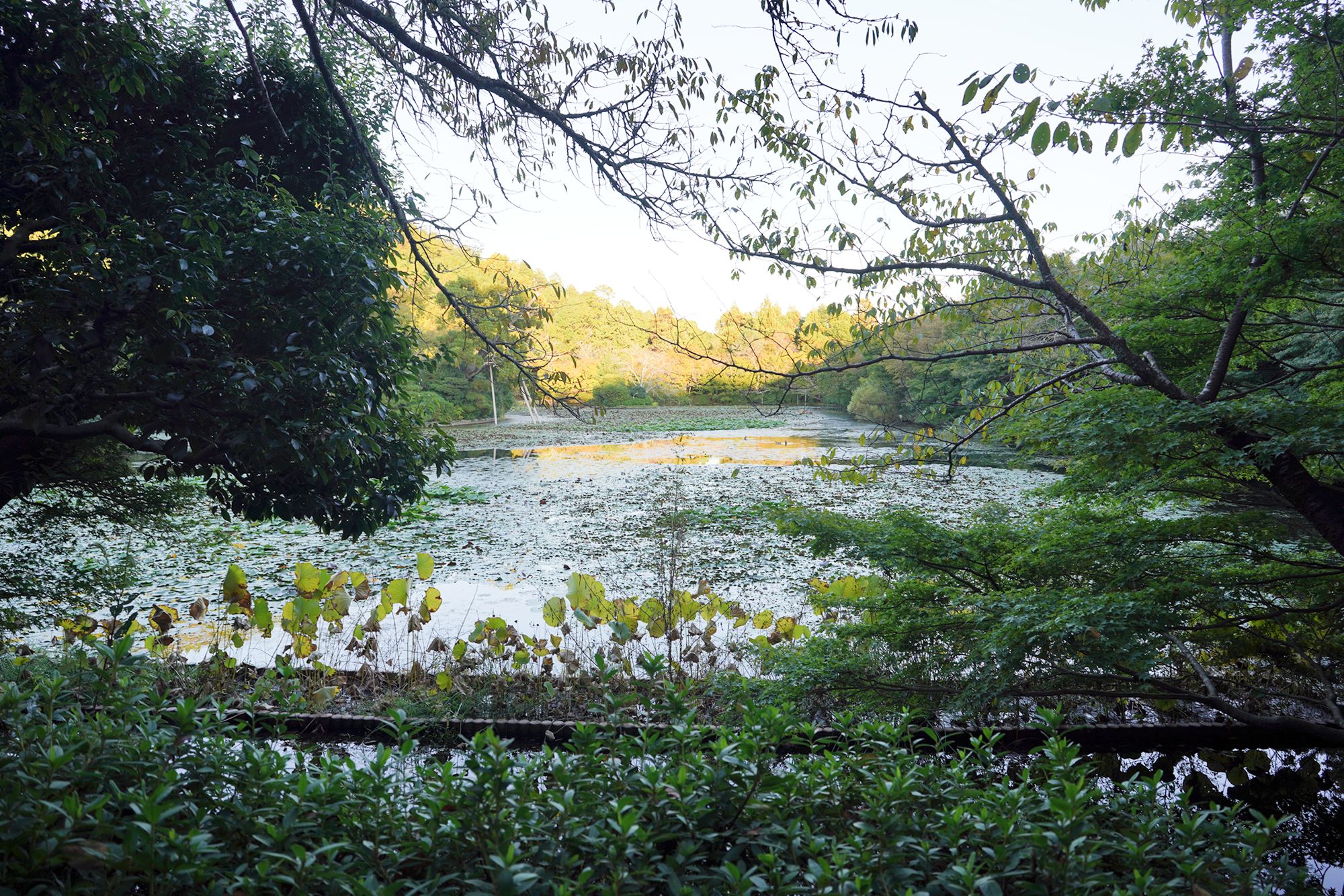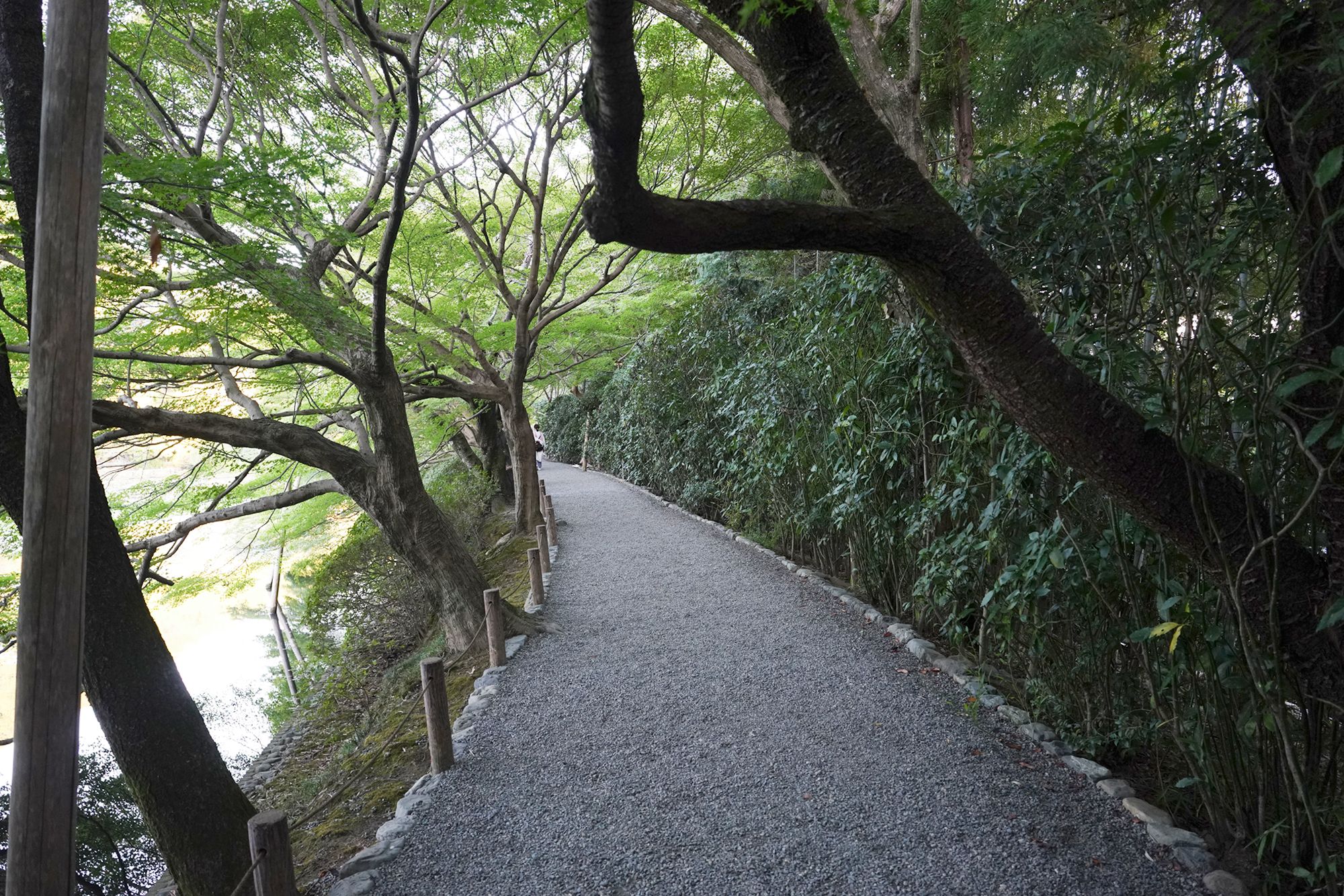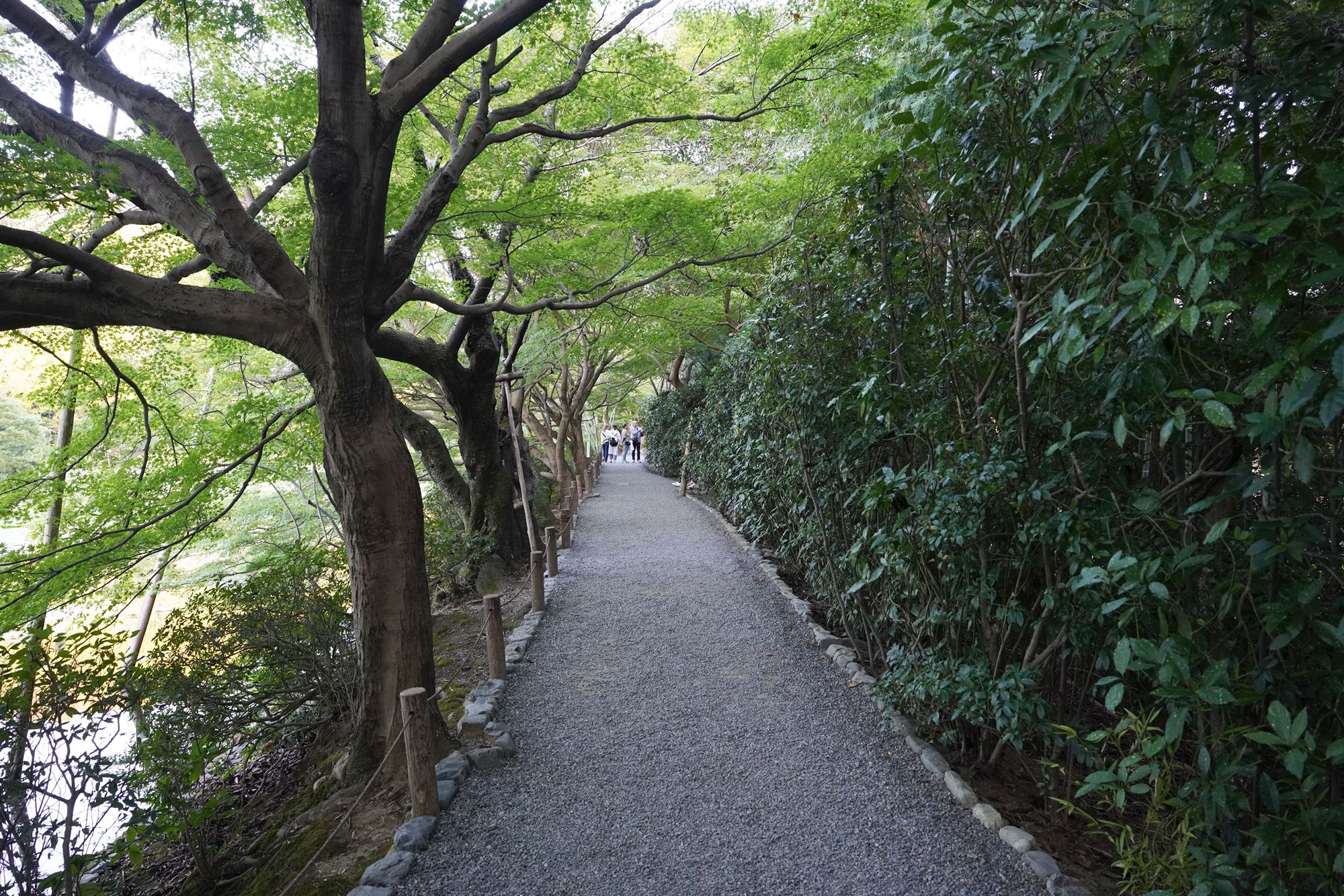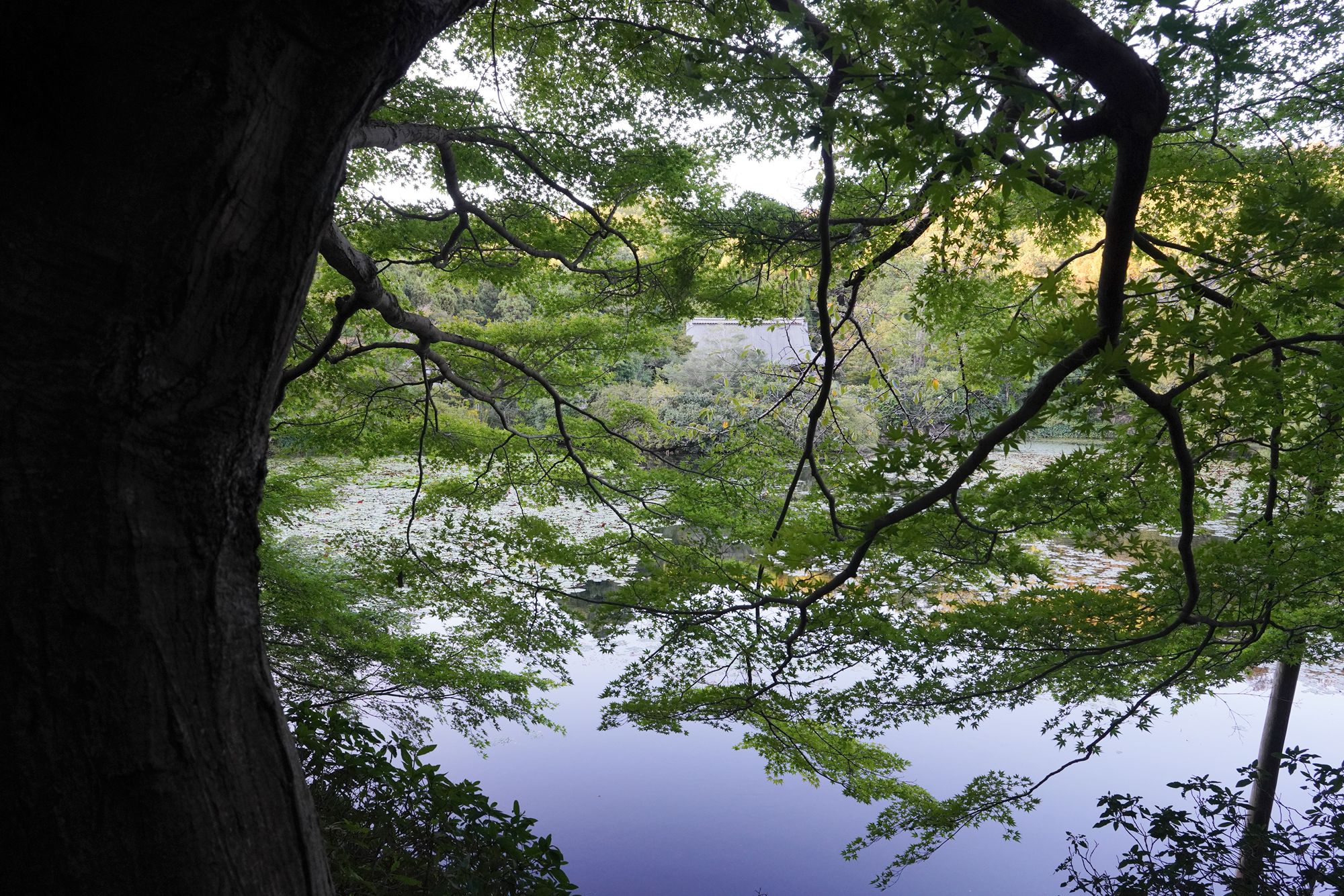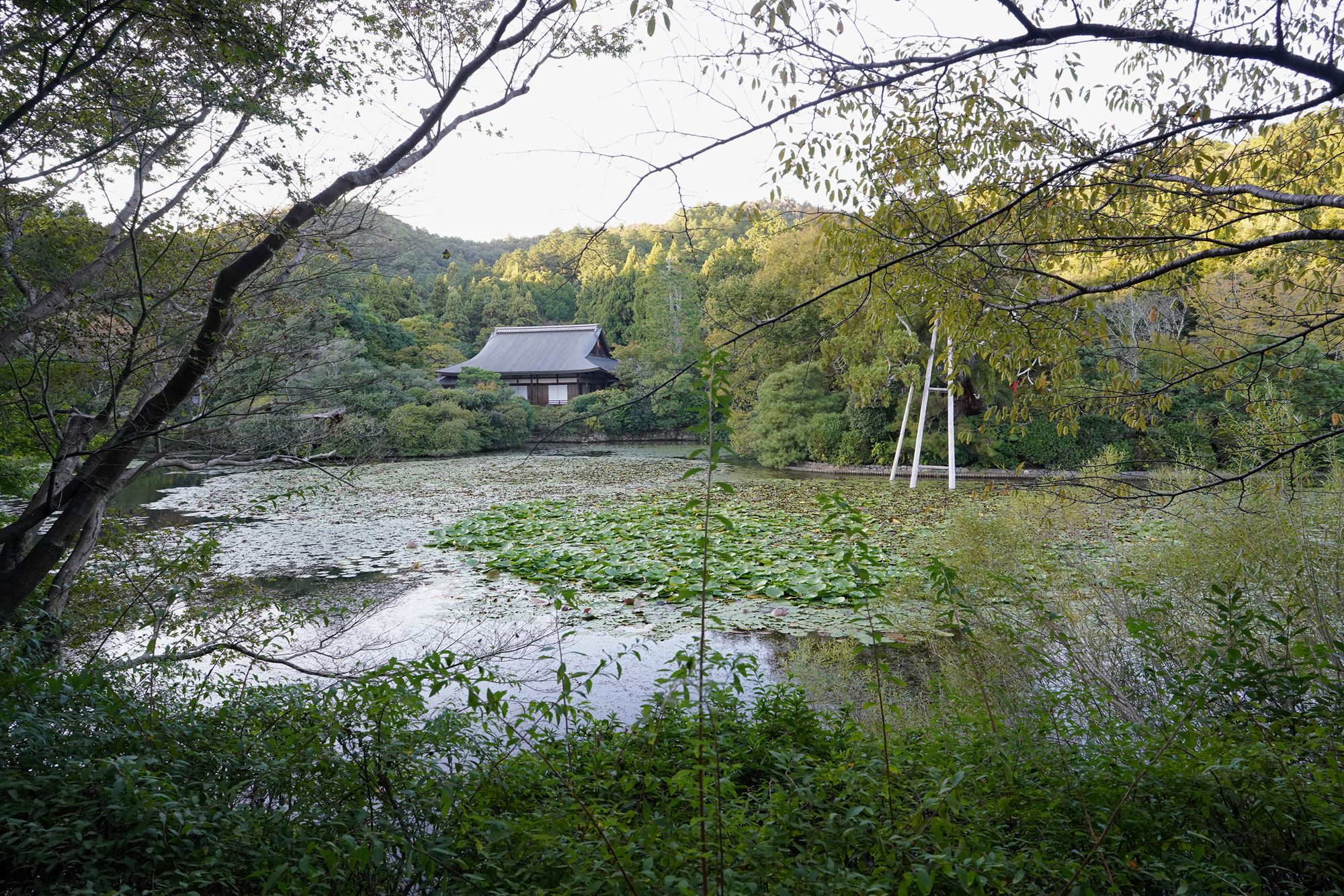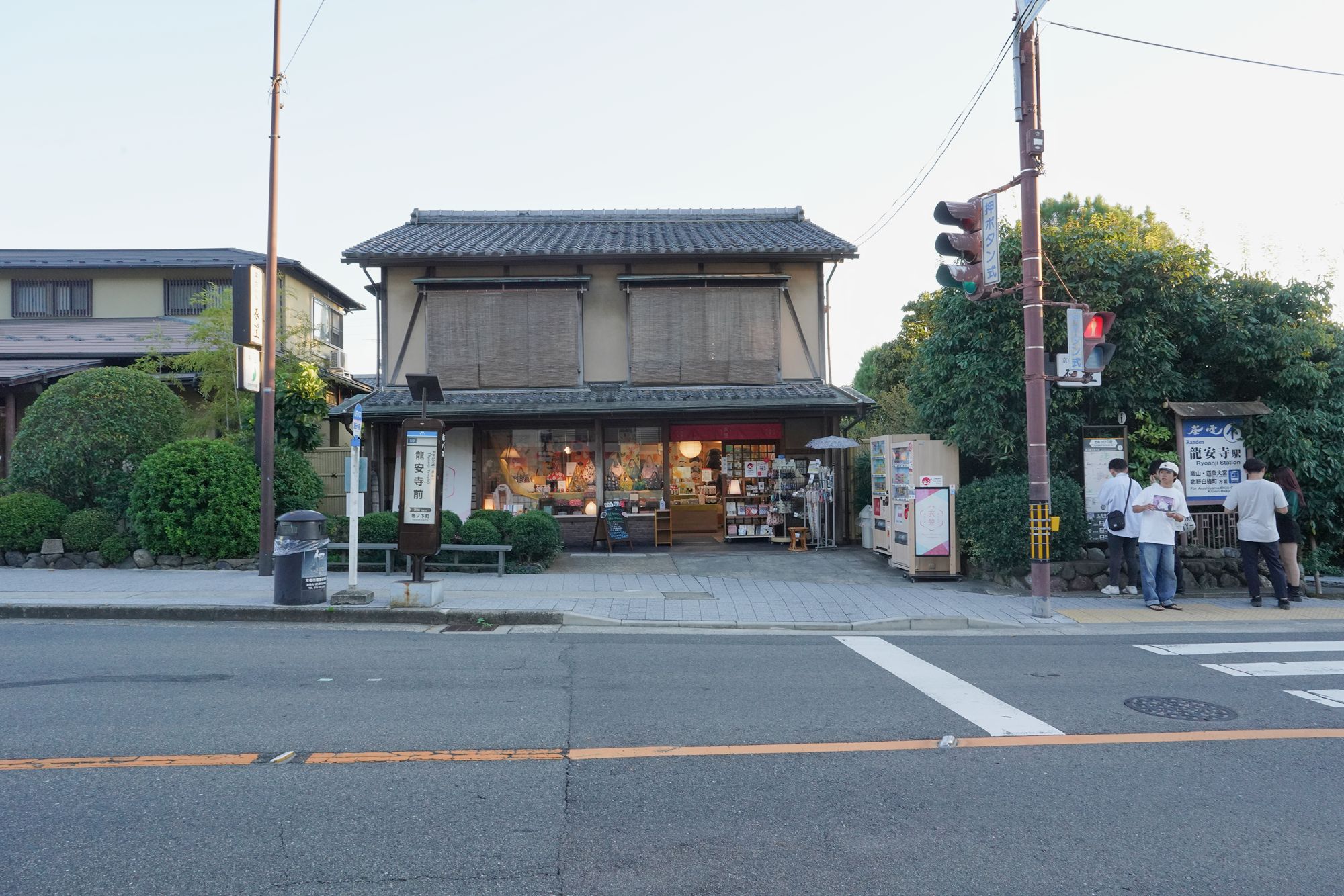Kinkaku-ji and Ryōan-ji Temples, Kyoto, Japan
Kinkakuji, the Golden Pavilion adorned with gold leaf, and Ryoanji, renowned for its minimalist rock garden, are iconic Zen temples in Kyoto that showcase serene beauty and contemplative charm. 1001
Ryōan-ji Temple: 13 Ryoanji Goryonoshitacho, Ukyo Ward, Kyoto, 616-8001, Japan
Date Picture Taken: October, 2024
I first visited Kinkakuji Temple, the Golden Pavilion adorned with gold leaf, before heading to Ryoanji Temple, renowned for its serene rock garden and minimalist beauty.
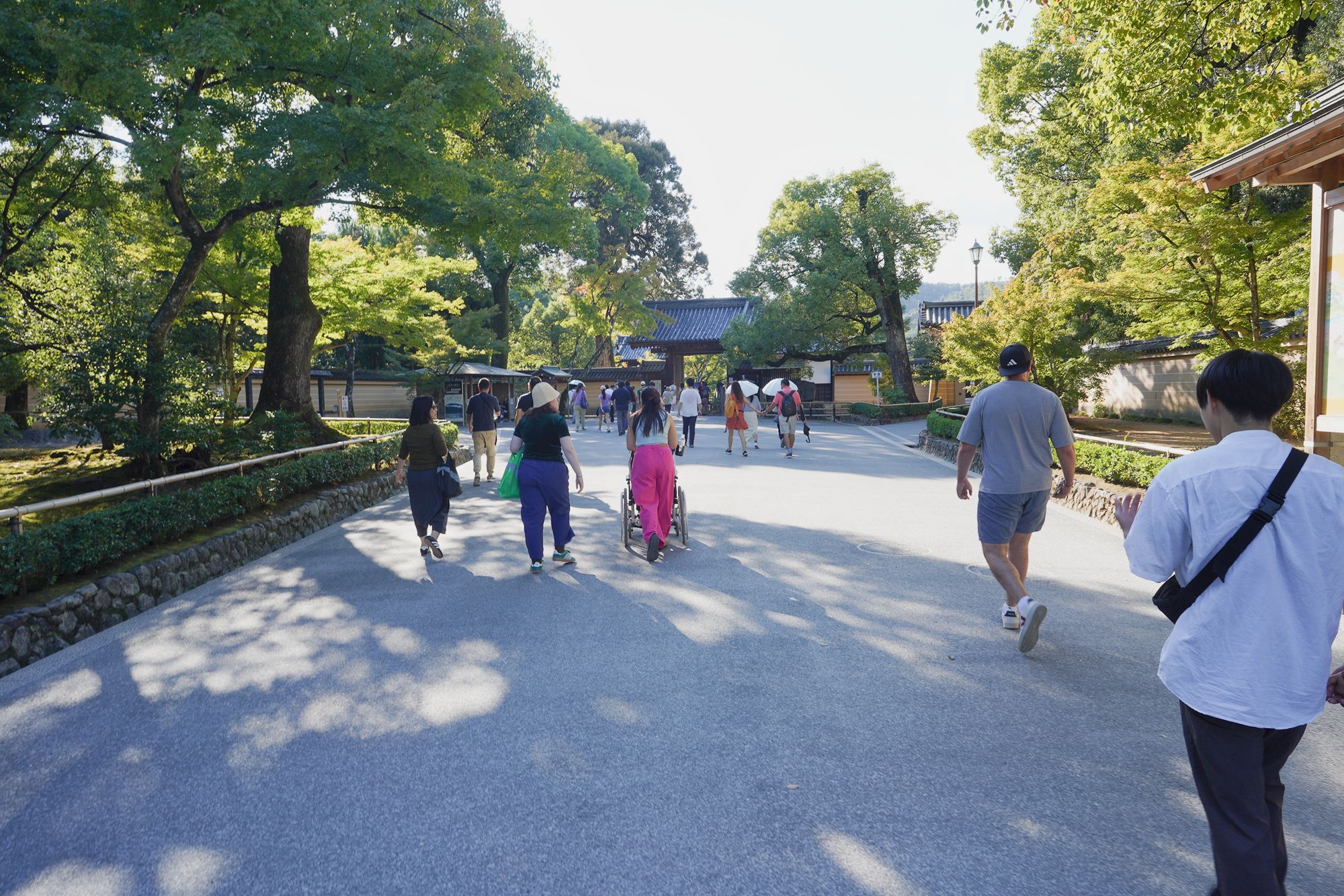
Here is a map of the Kinkakuji Temple. As you can see, the gold pavilion and one other large structure comprise most of the temple.
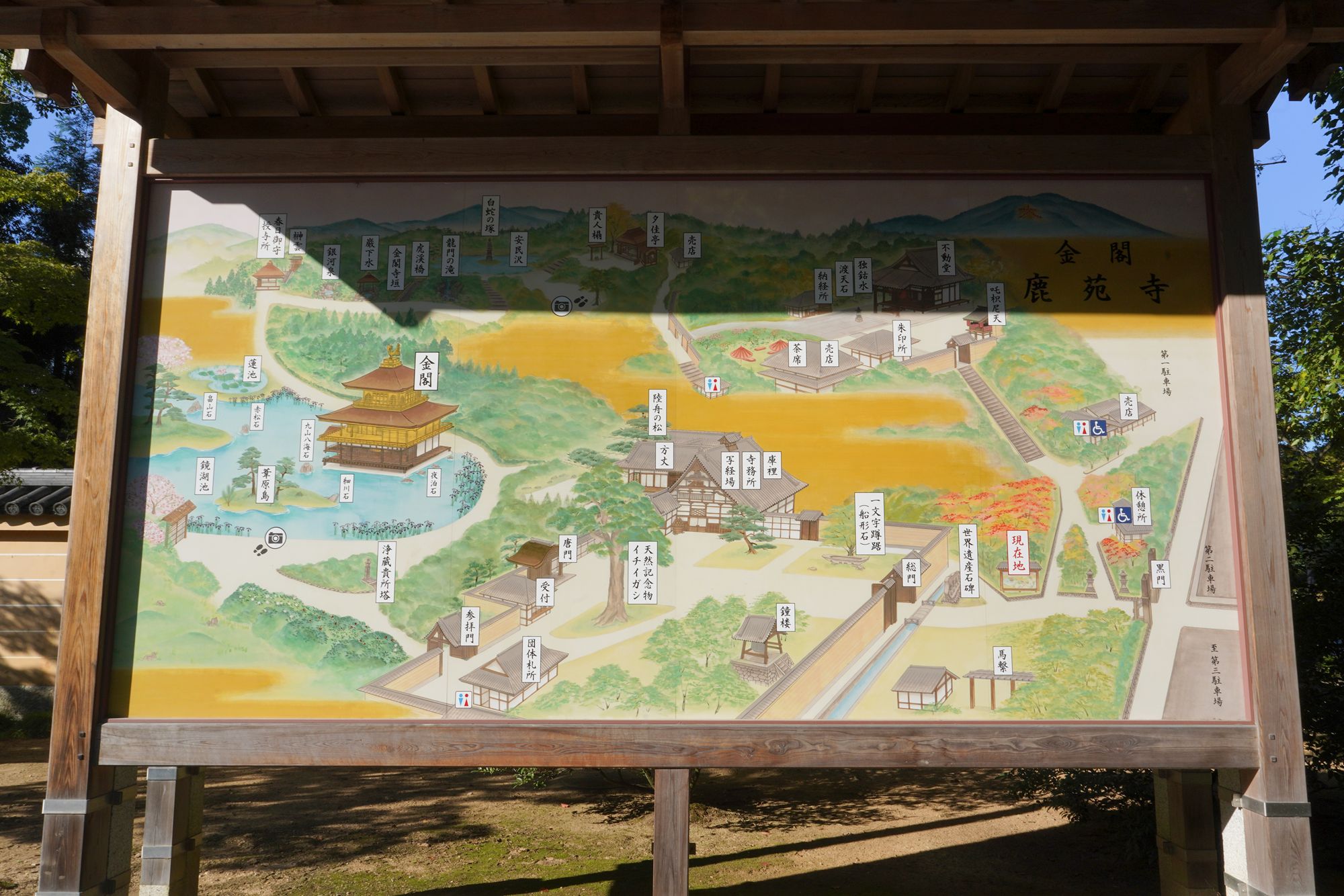
The outer gate
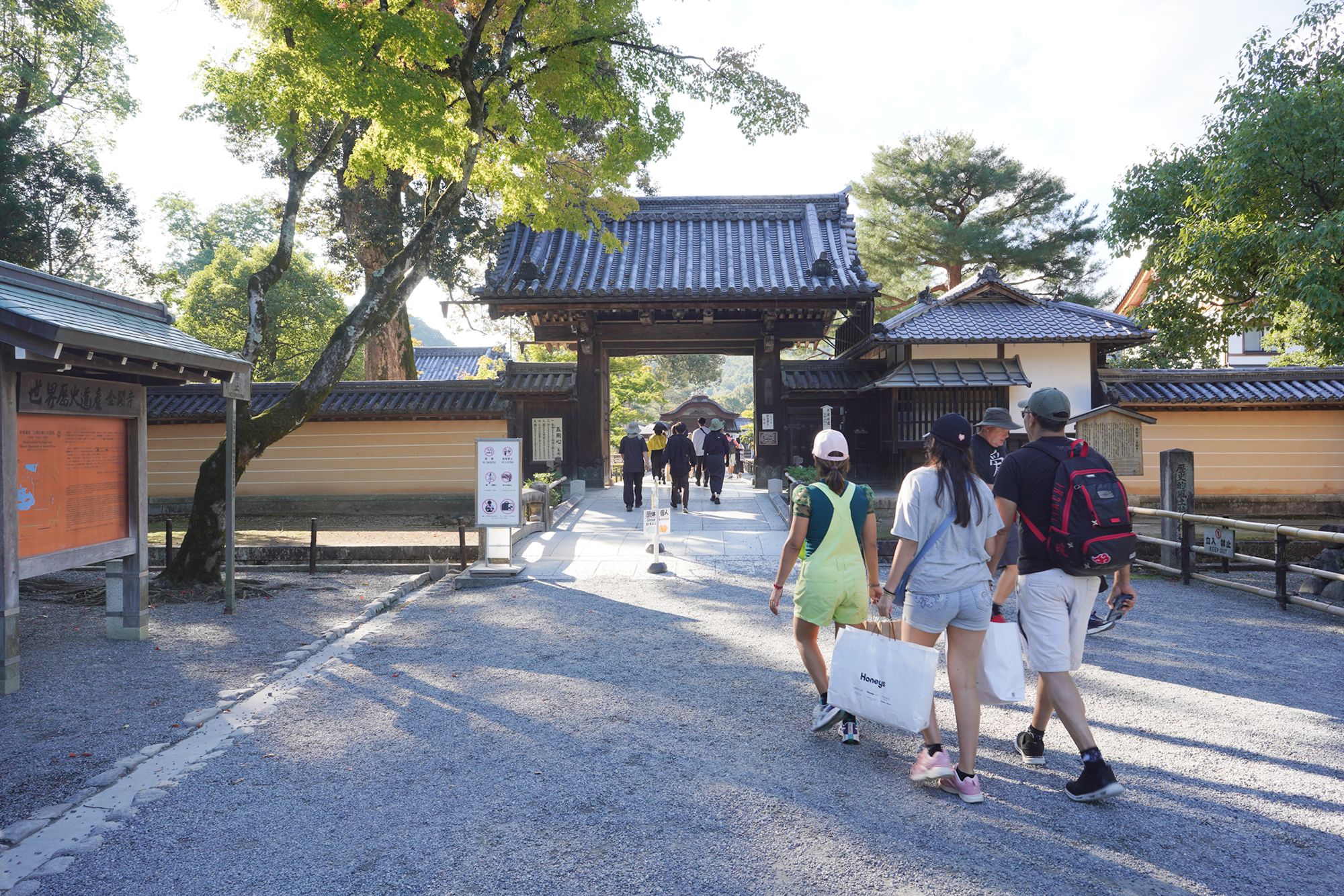
The inner gate
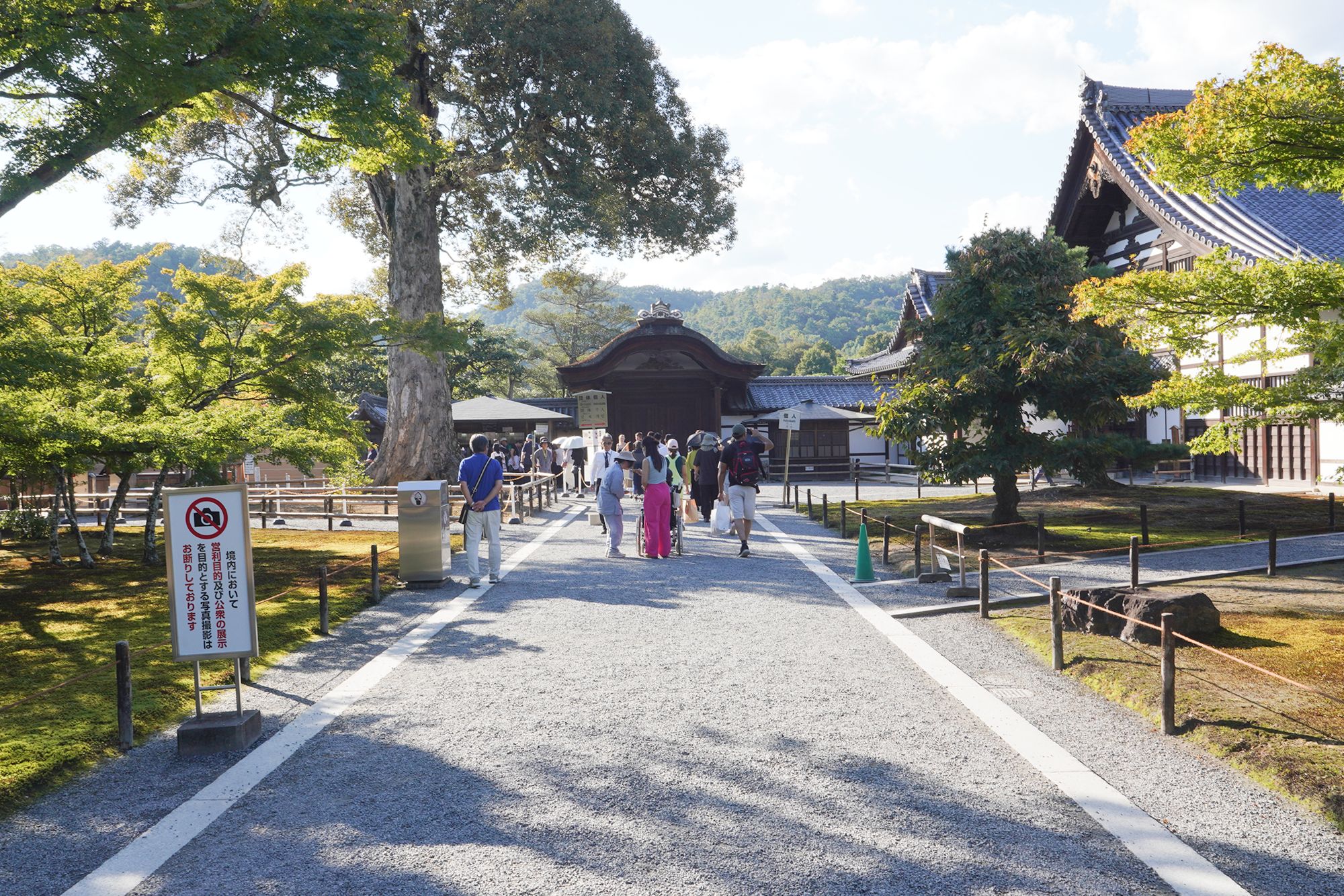
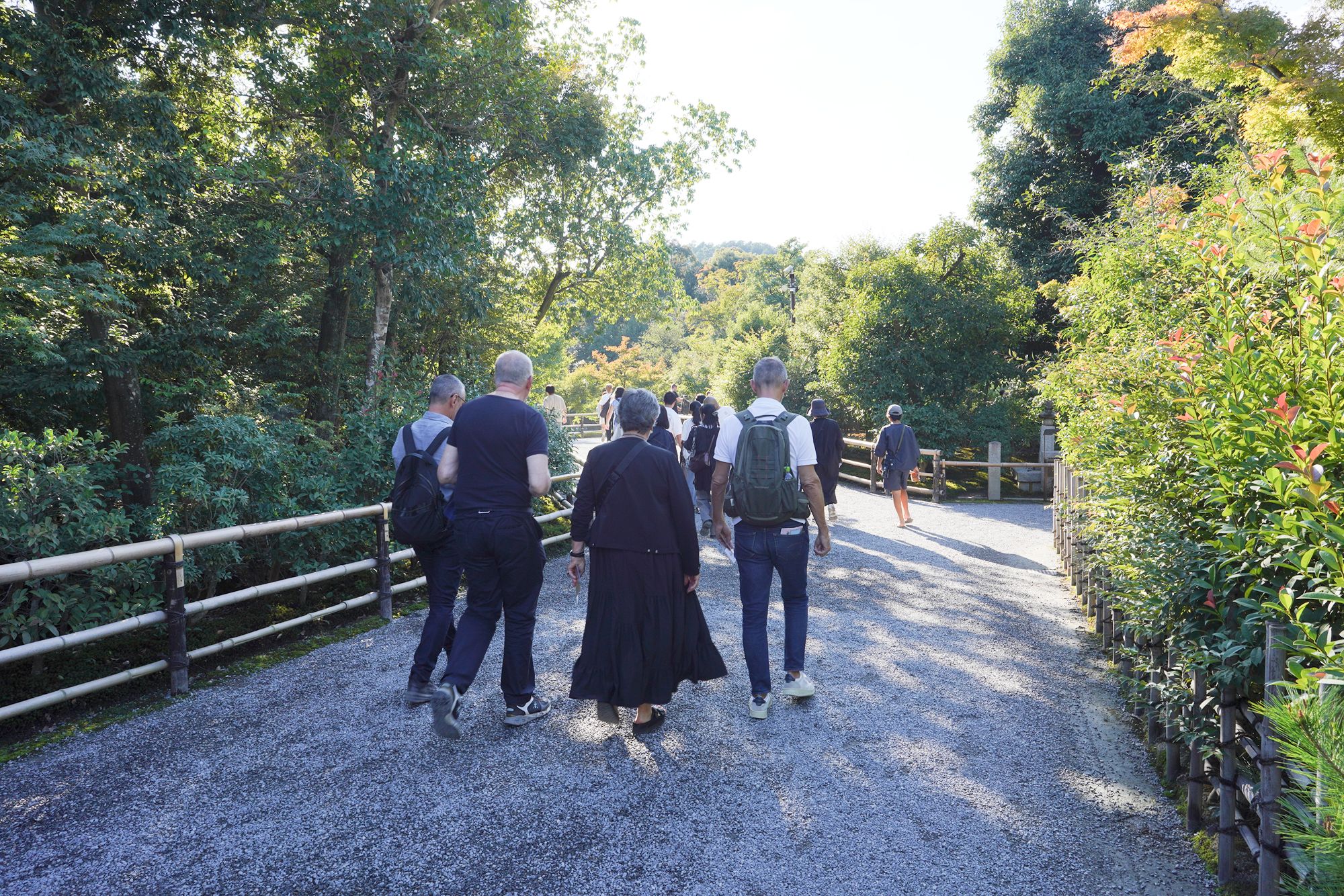
The Golden Pavilion
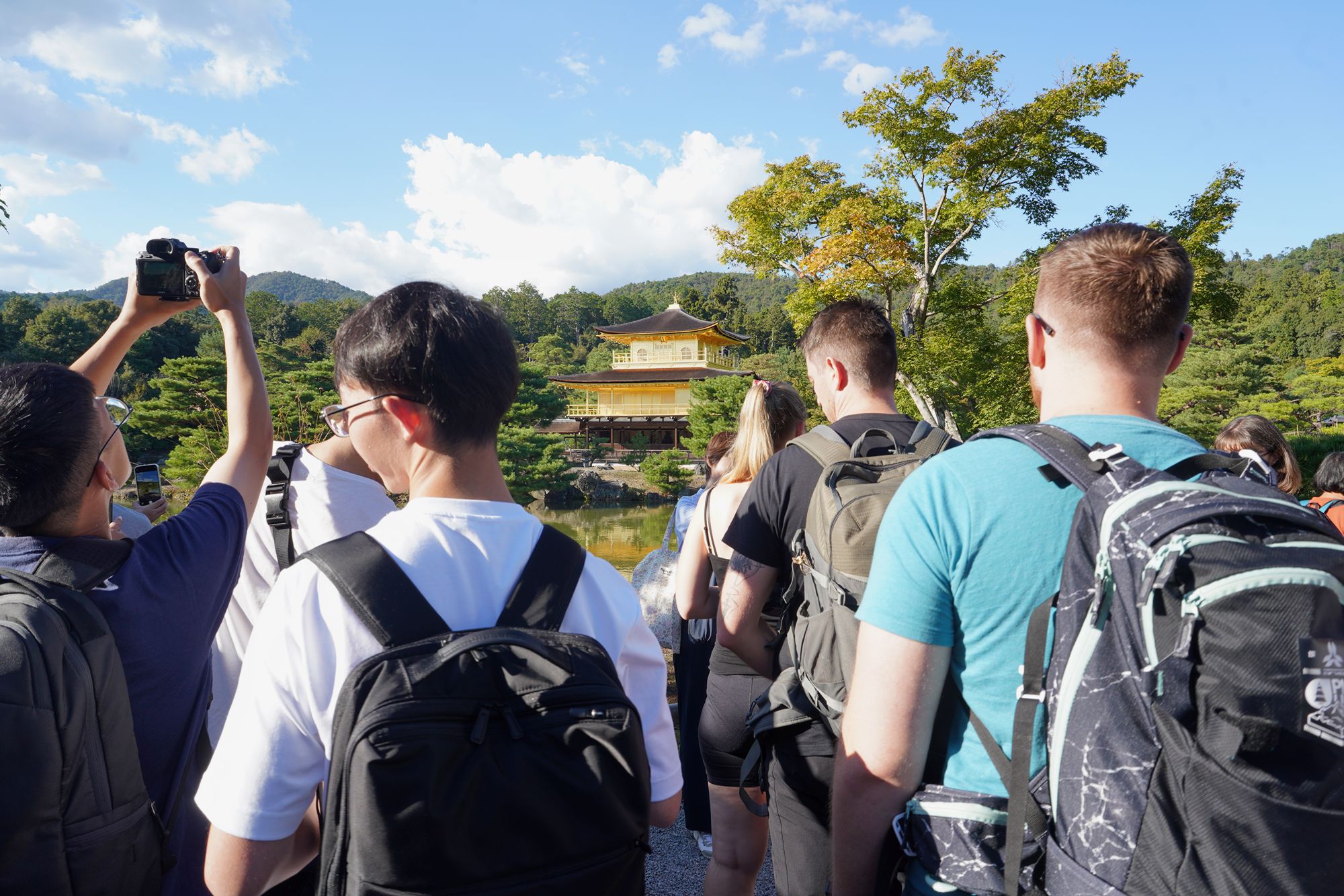
The Golden Pavilion, or Kinkakuji, is a renowned Zen temple in Kyoto originally built in 1397 as a retirement villa for Shogun Ashikaga Yoshimitsu. After his death, it was converted into a Zen temple.
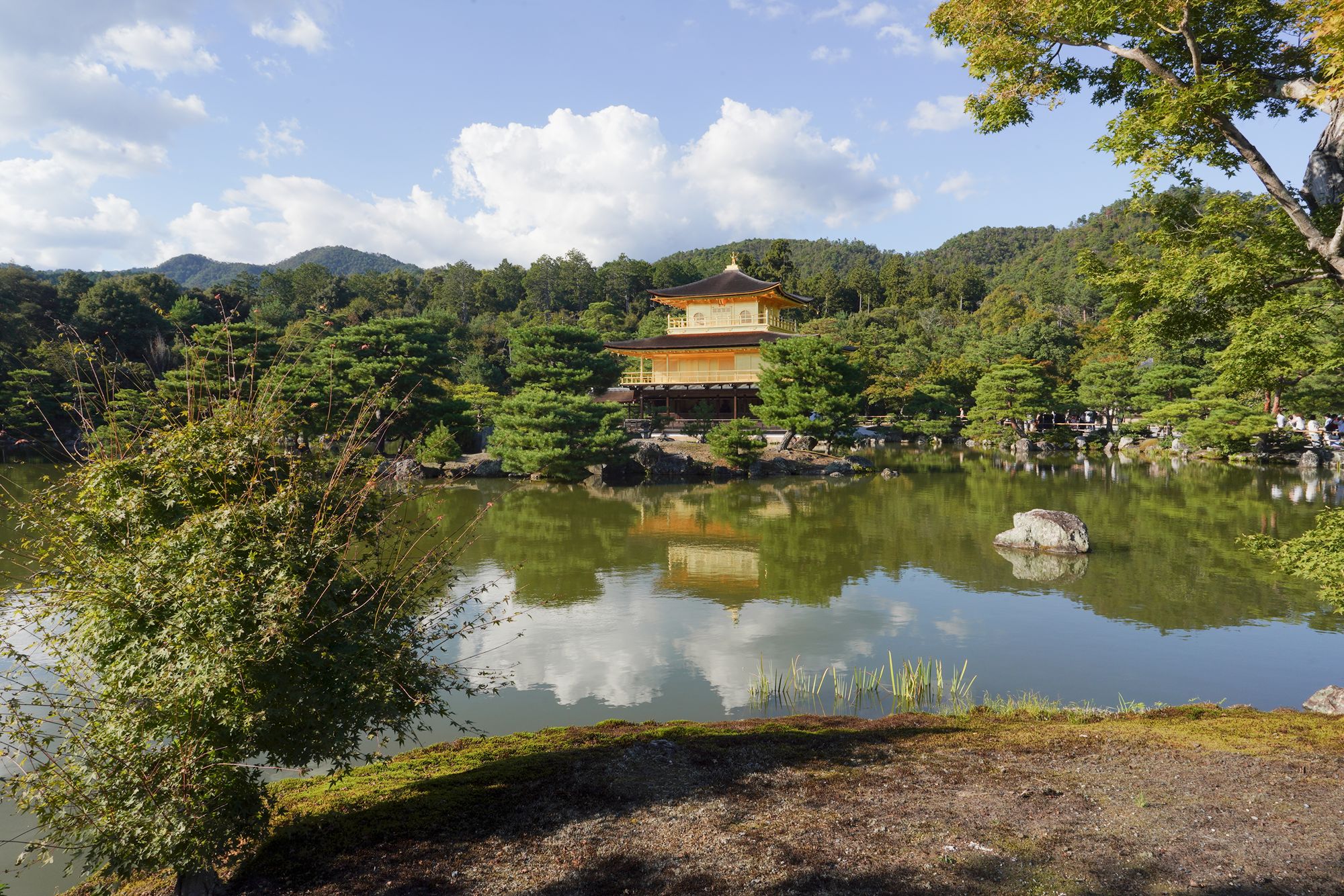
The three-story structure uniquely blends different architectural styles: the first floor reflects a palace style, the second represents samurai style, and the top floor is built in the style of a Zen temple.
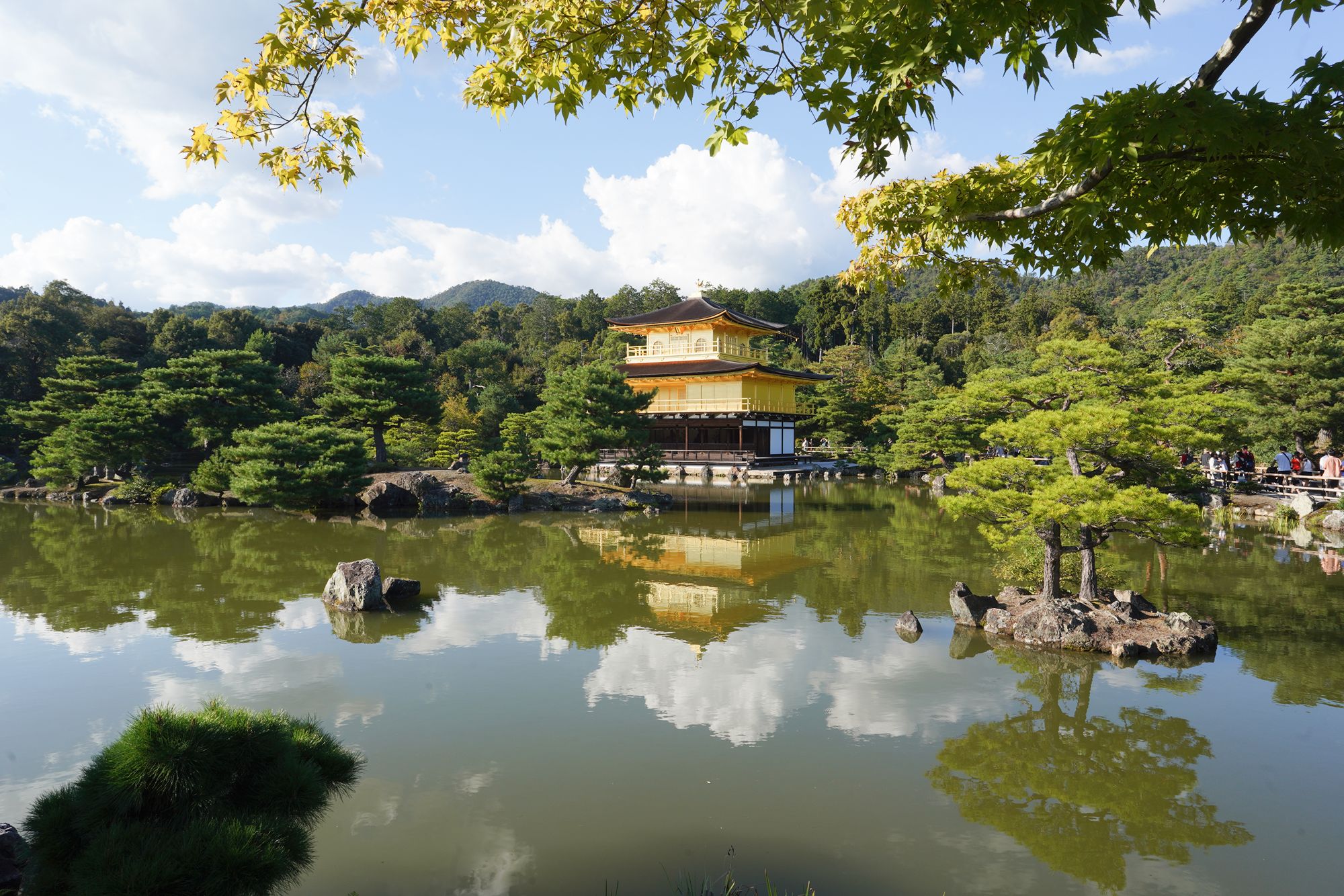
The top two floors are completely covered in gold leaf, creating a dazzling reflection on the surrounding pond, known as Kyoko-chi, or the Mirror Pond. The picturesque landscape, complemented by meticulously designed gardens, embodies the harmony of Japanese aesthetics and Zen philosophy.
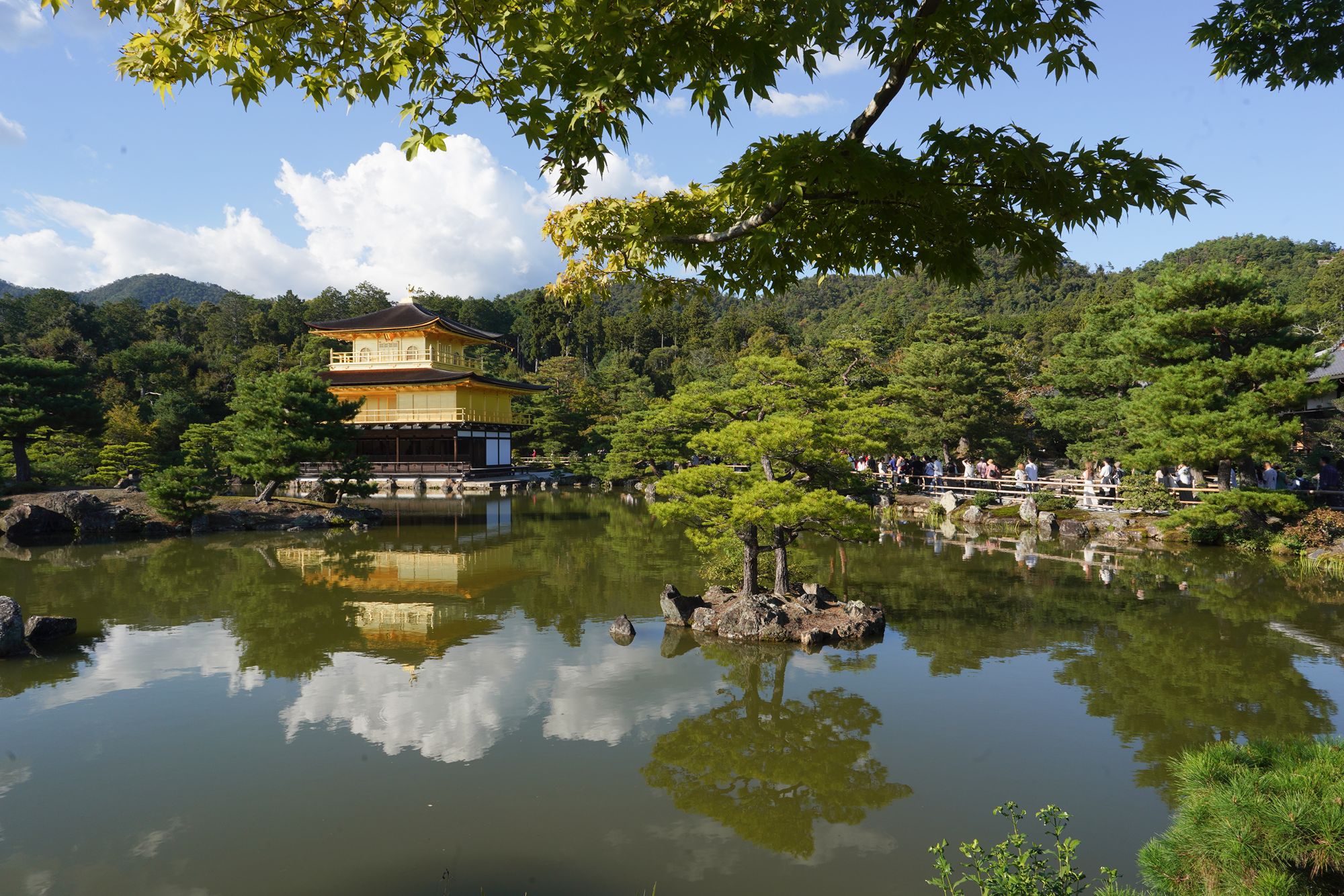
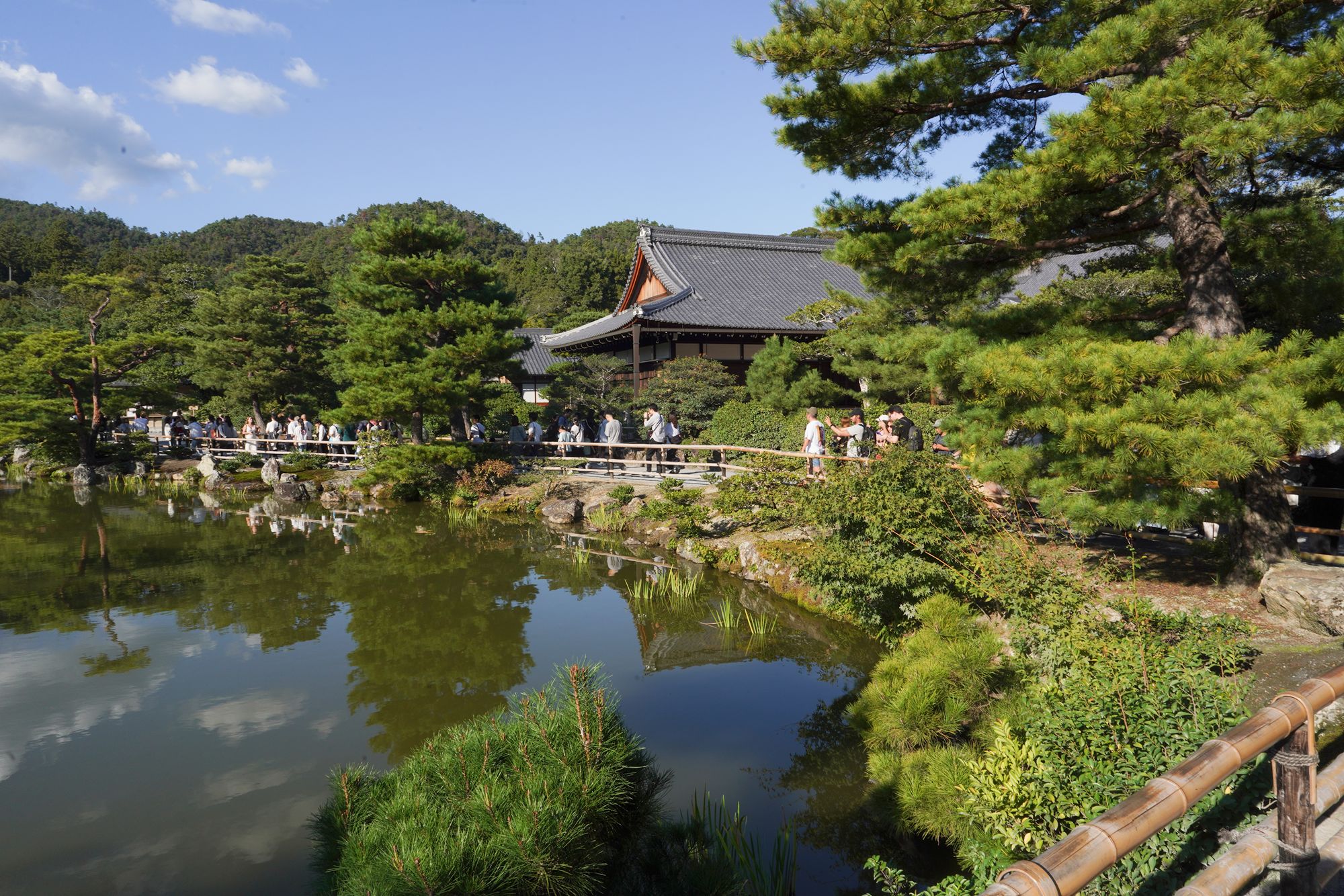
The Golden Pavilion, or Kinkakuji, was gold-plated to reflect the opulence and power of Shogun Ashikaga Yoshimitsu, who commissioned its construction in the late 14th century. The use of gold leaf was not only an expression of his wealth and status but also carried deeper symbolic meanings in Zen Buddhism and Japanese culture. Gold represents purity, the impermanence of life, and the aspiration for enlightenment. The shimmering gold also enhances the temple’s connection with nature, as its reflection in the surrounding pond creates a visual harmony that embodies Zen principles of balance and tranquility.
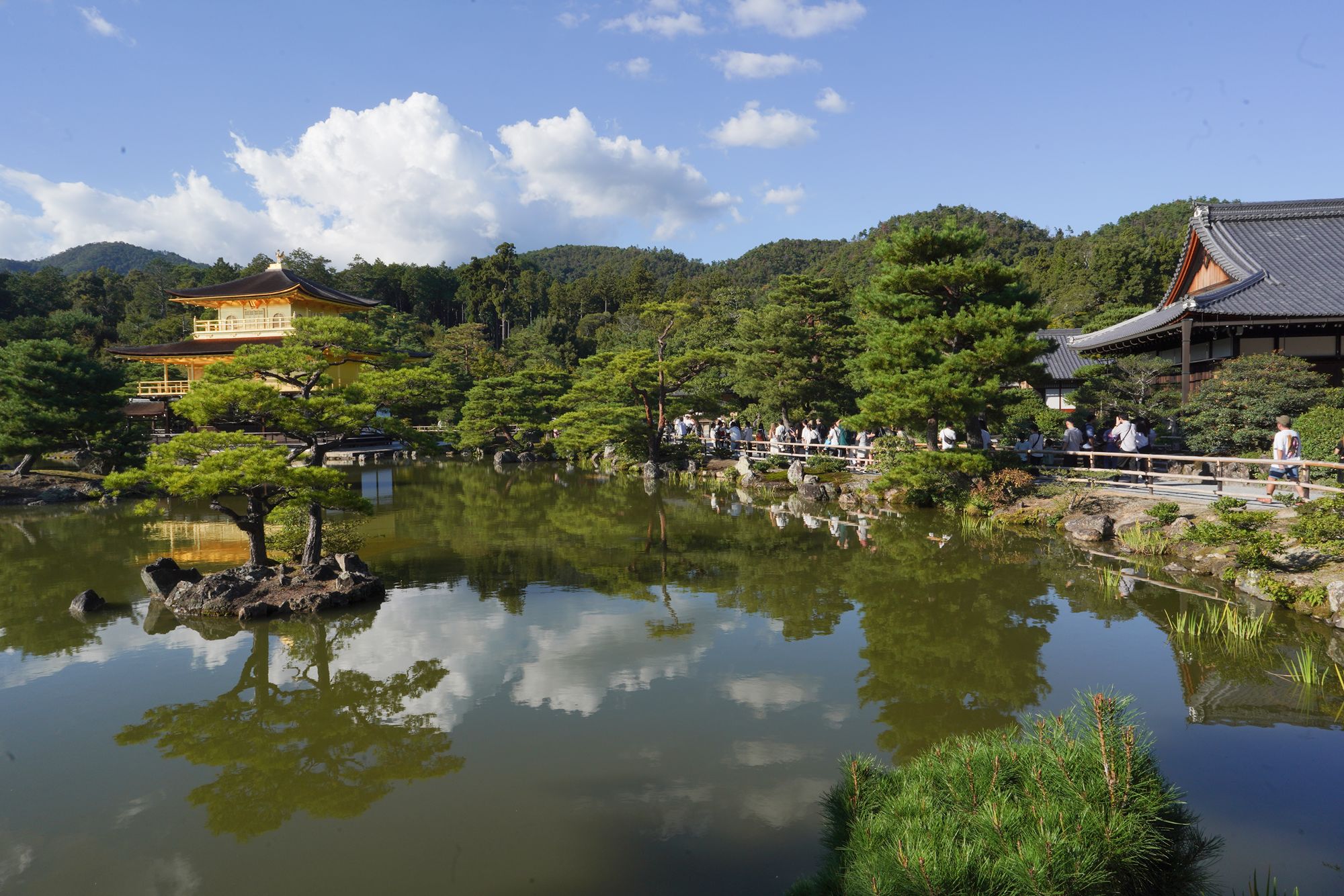
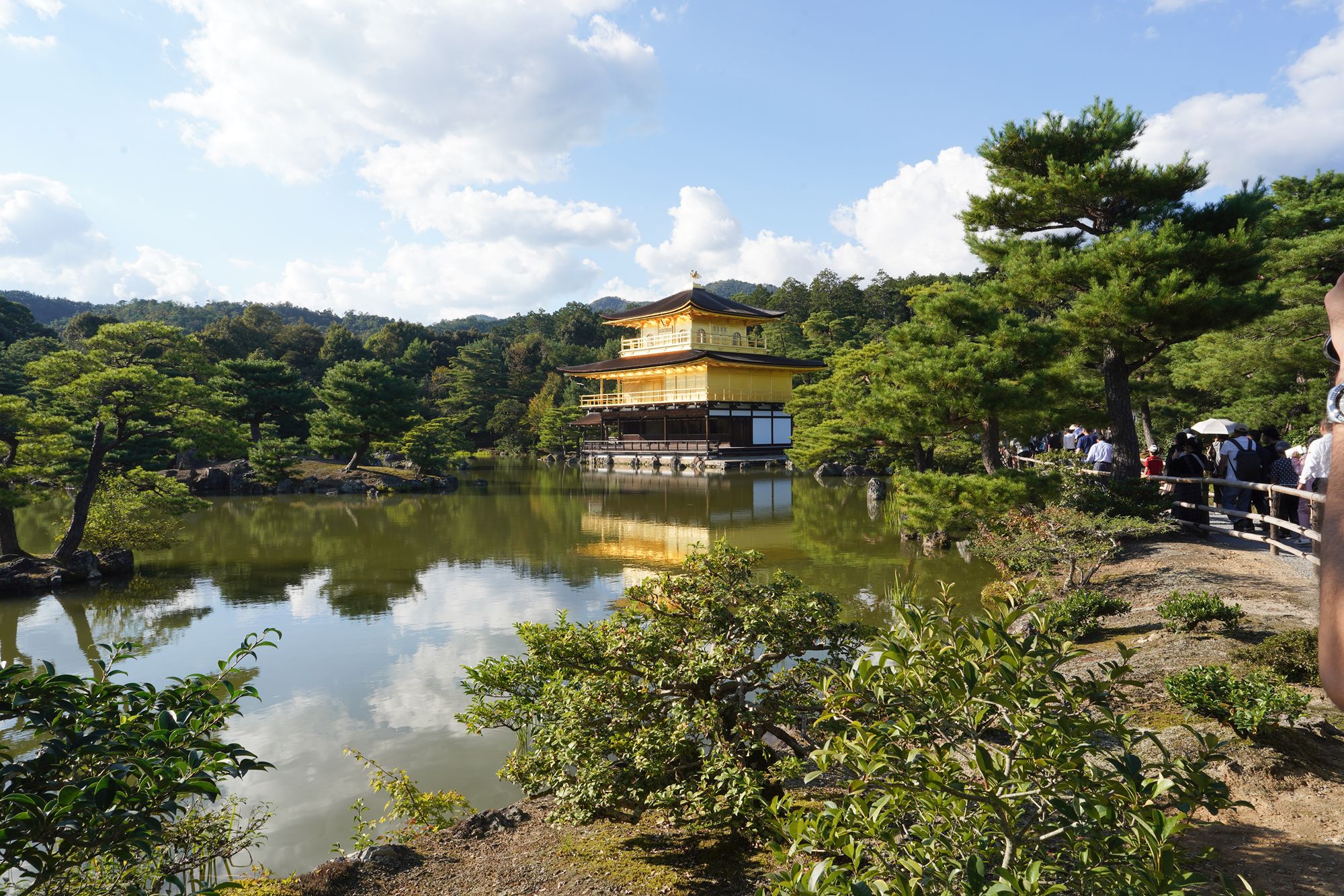
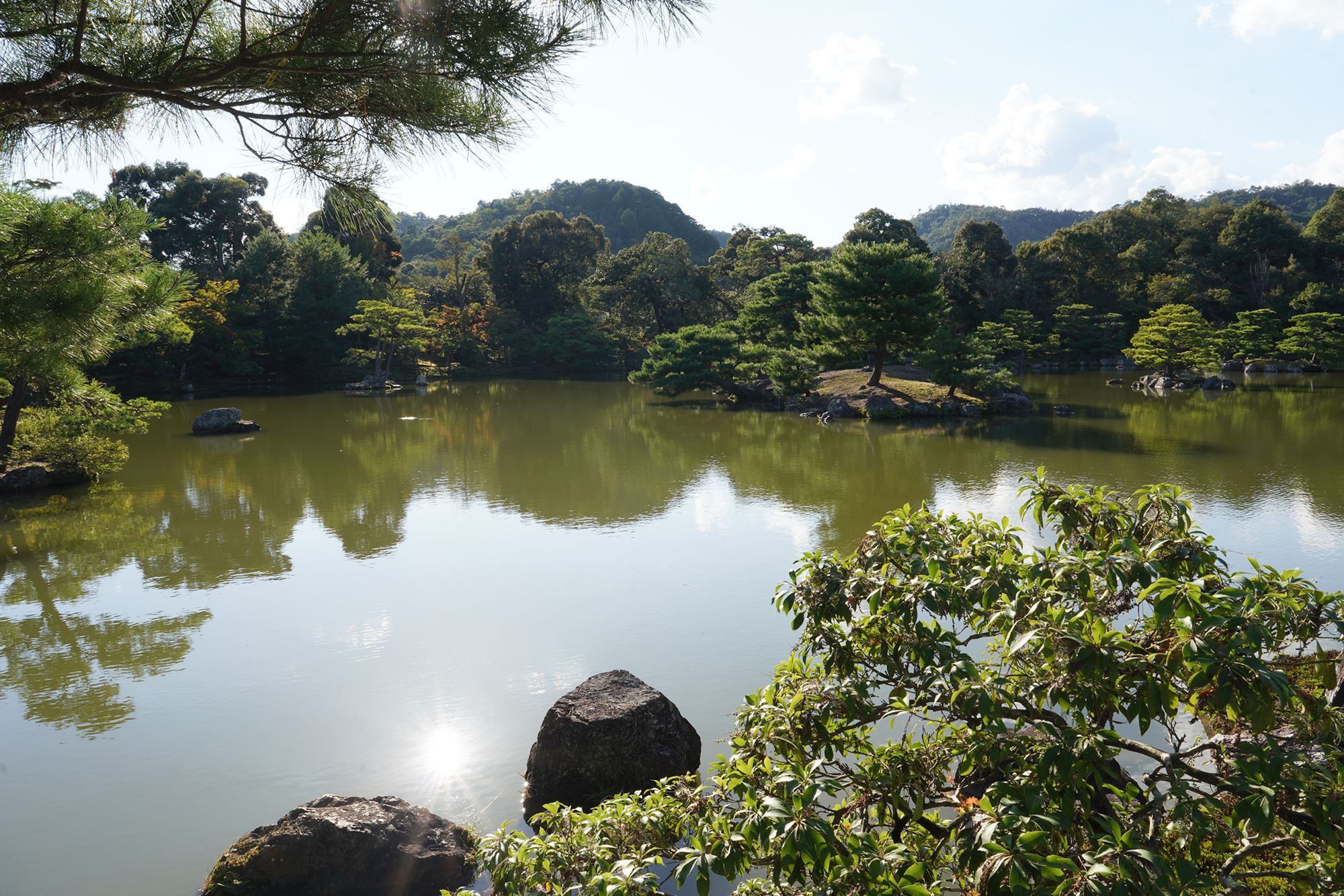
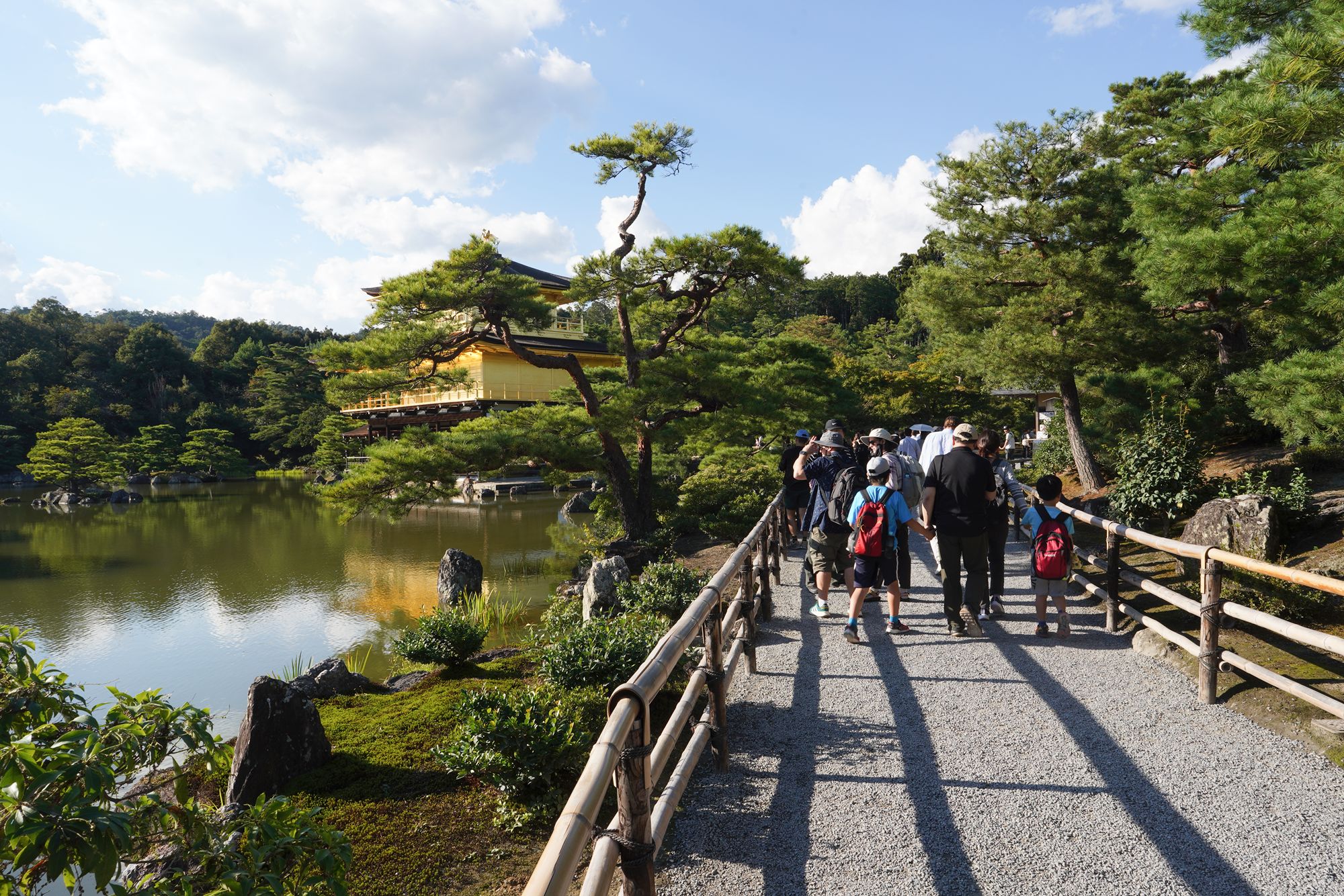
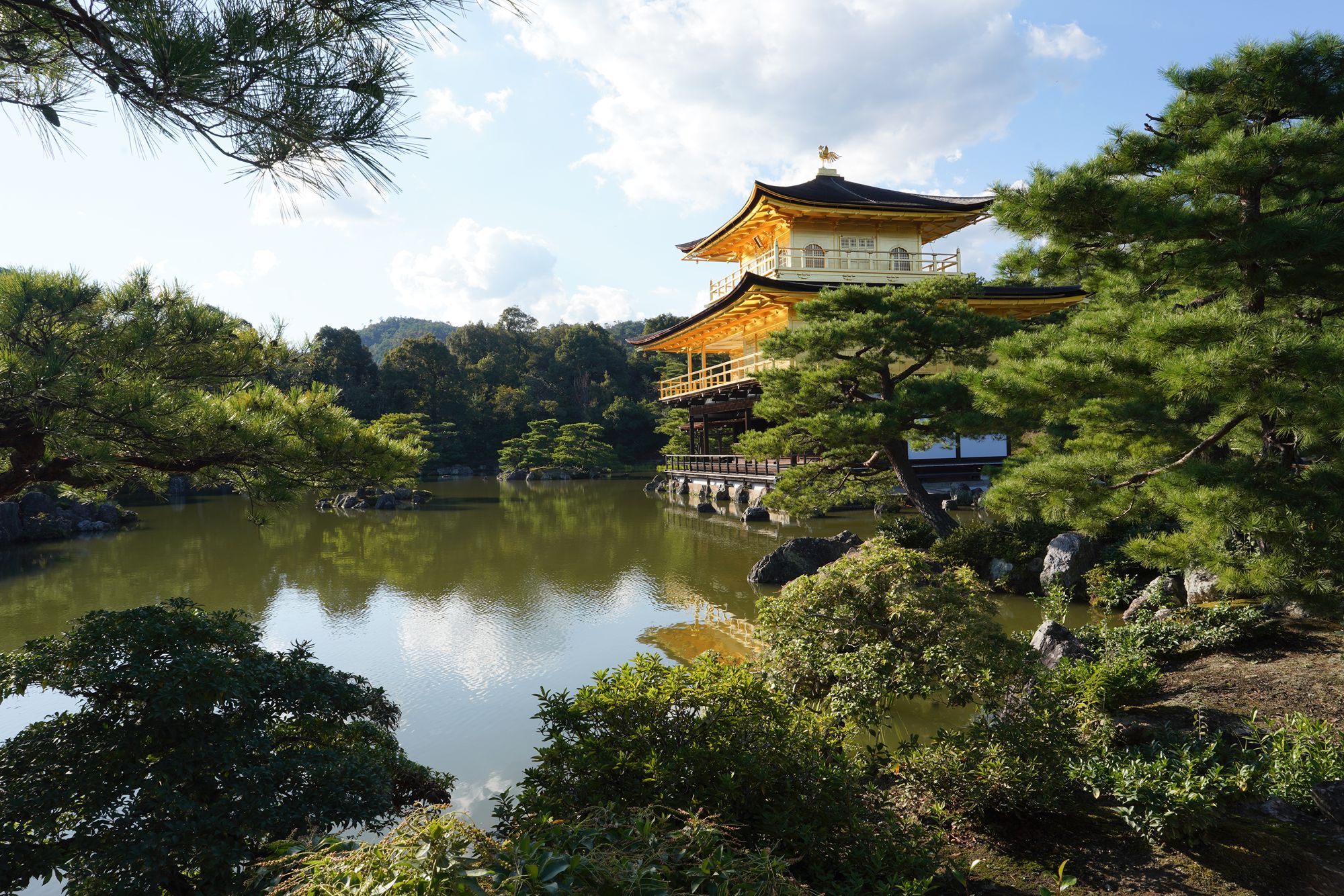
Nearby the pavilion was this large temple building
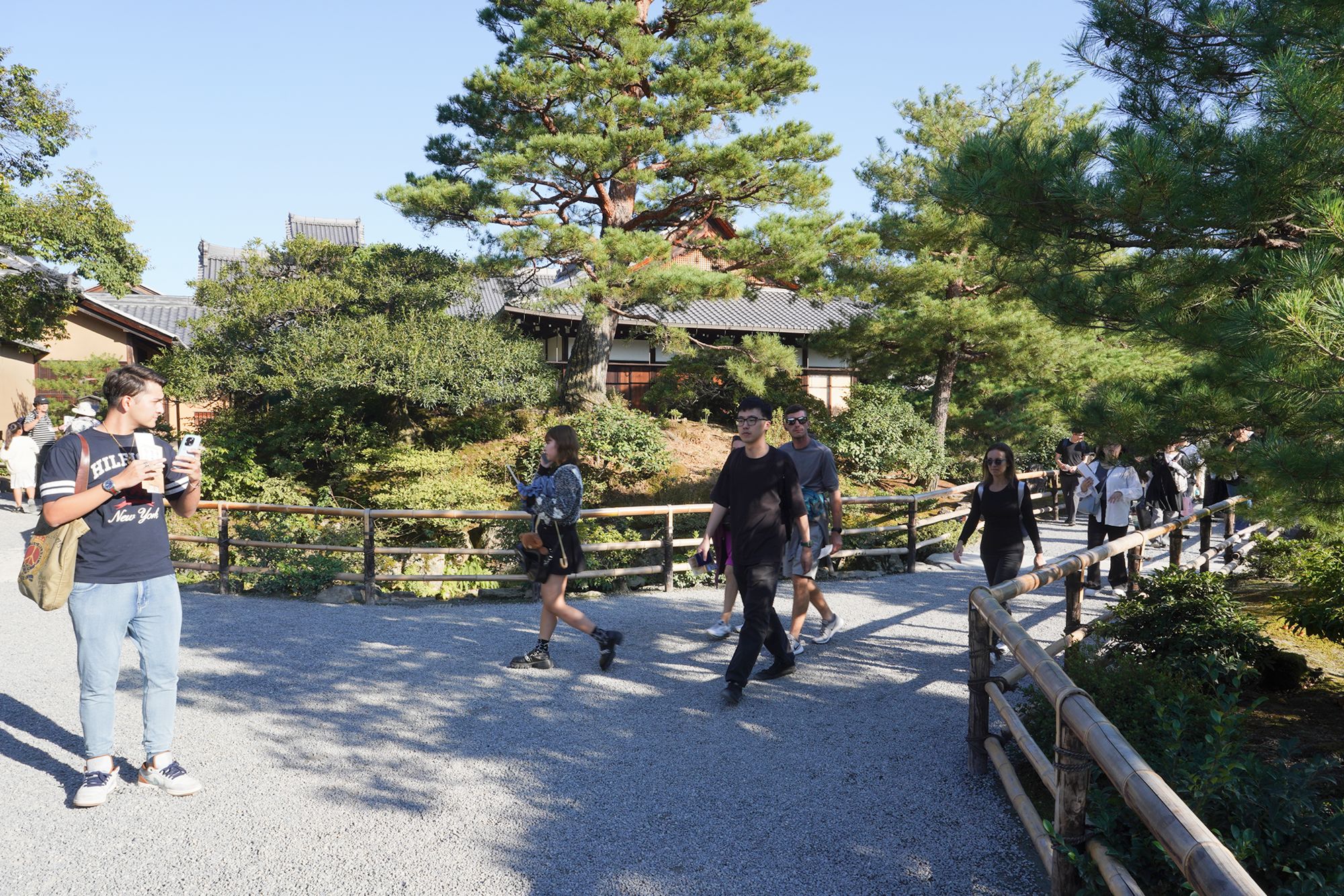
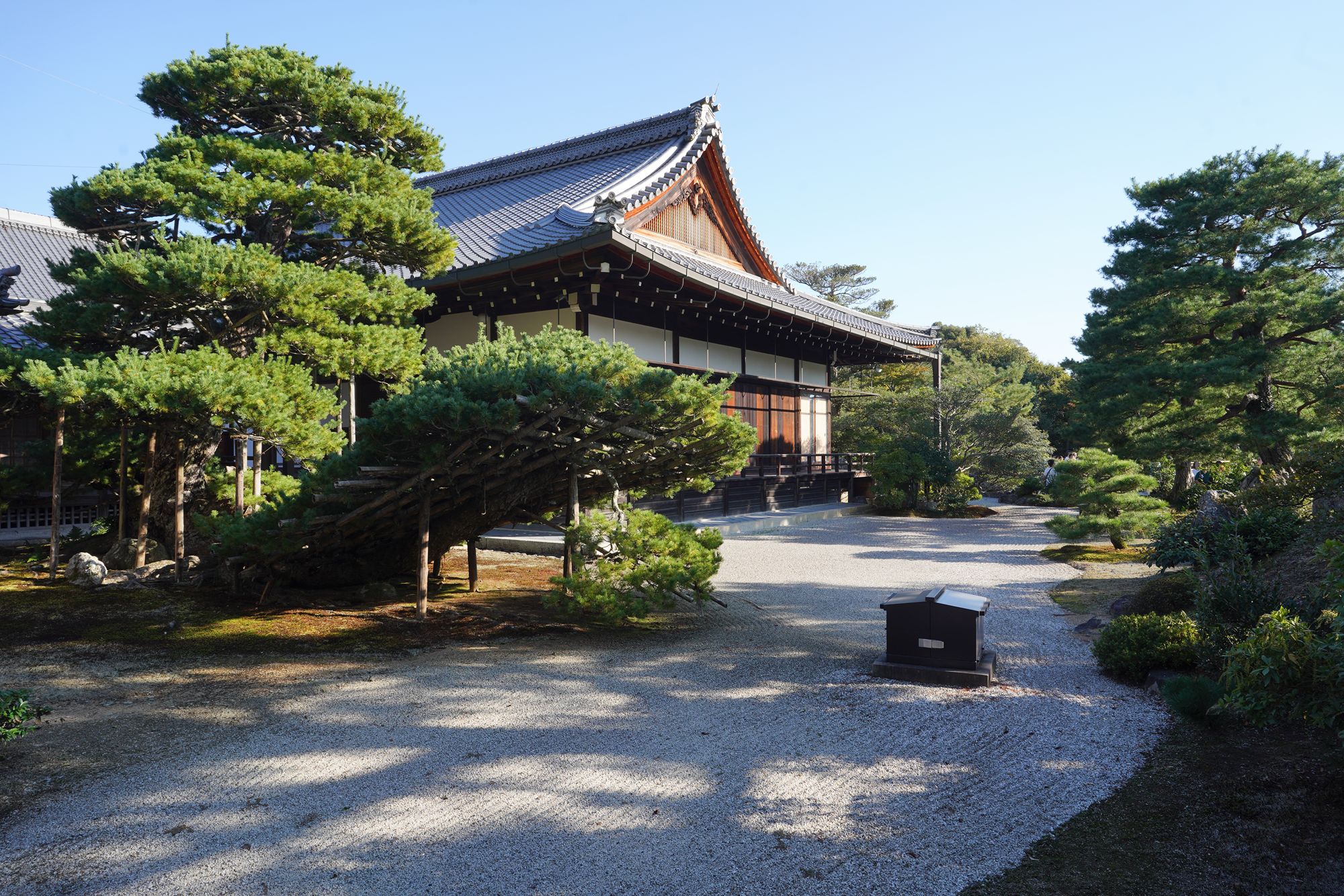
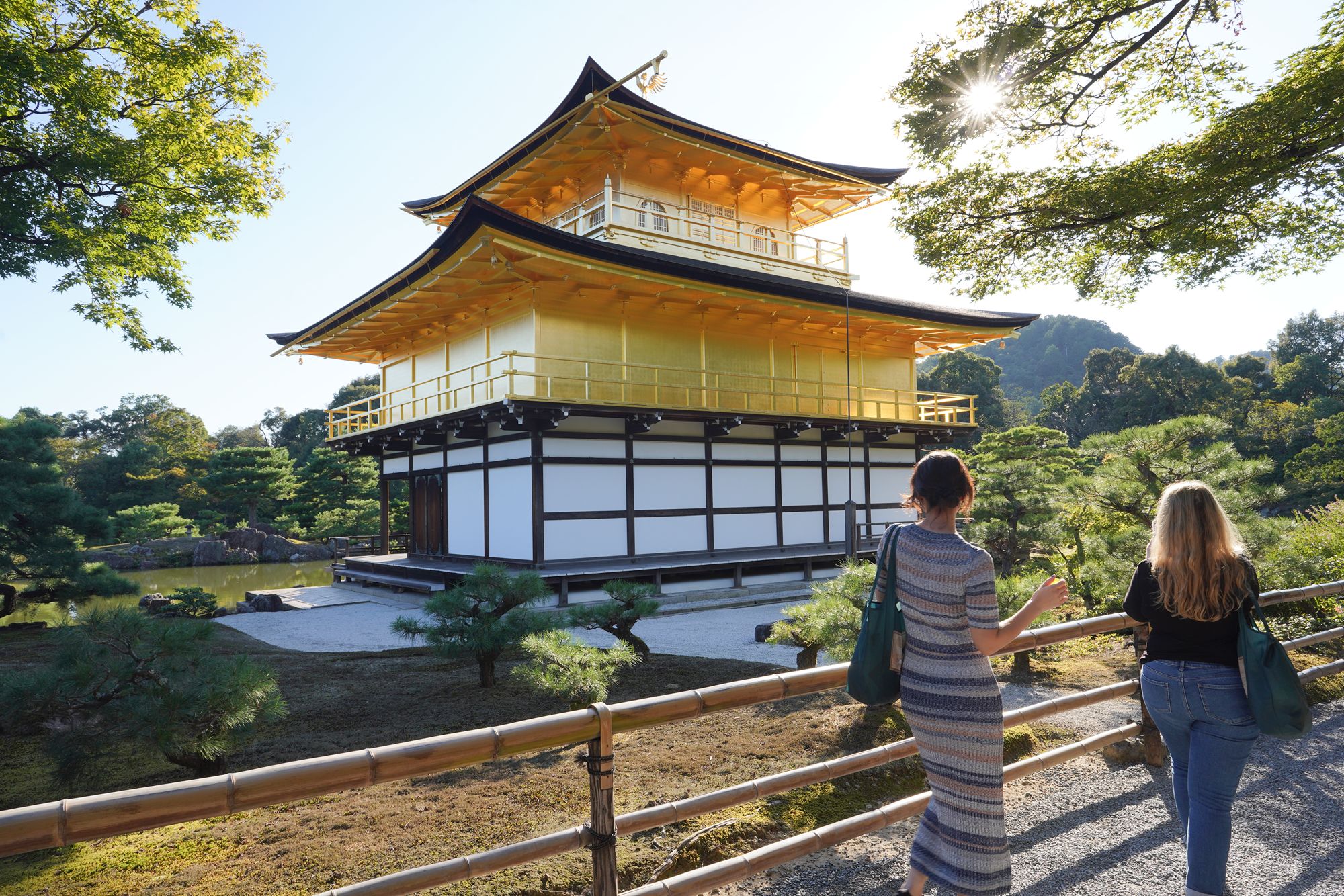
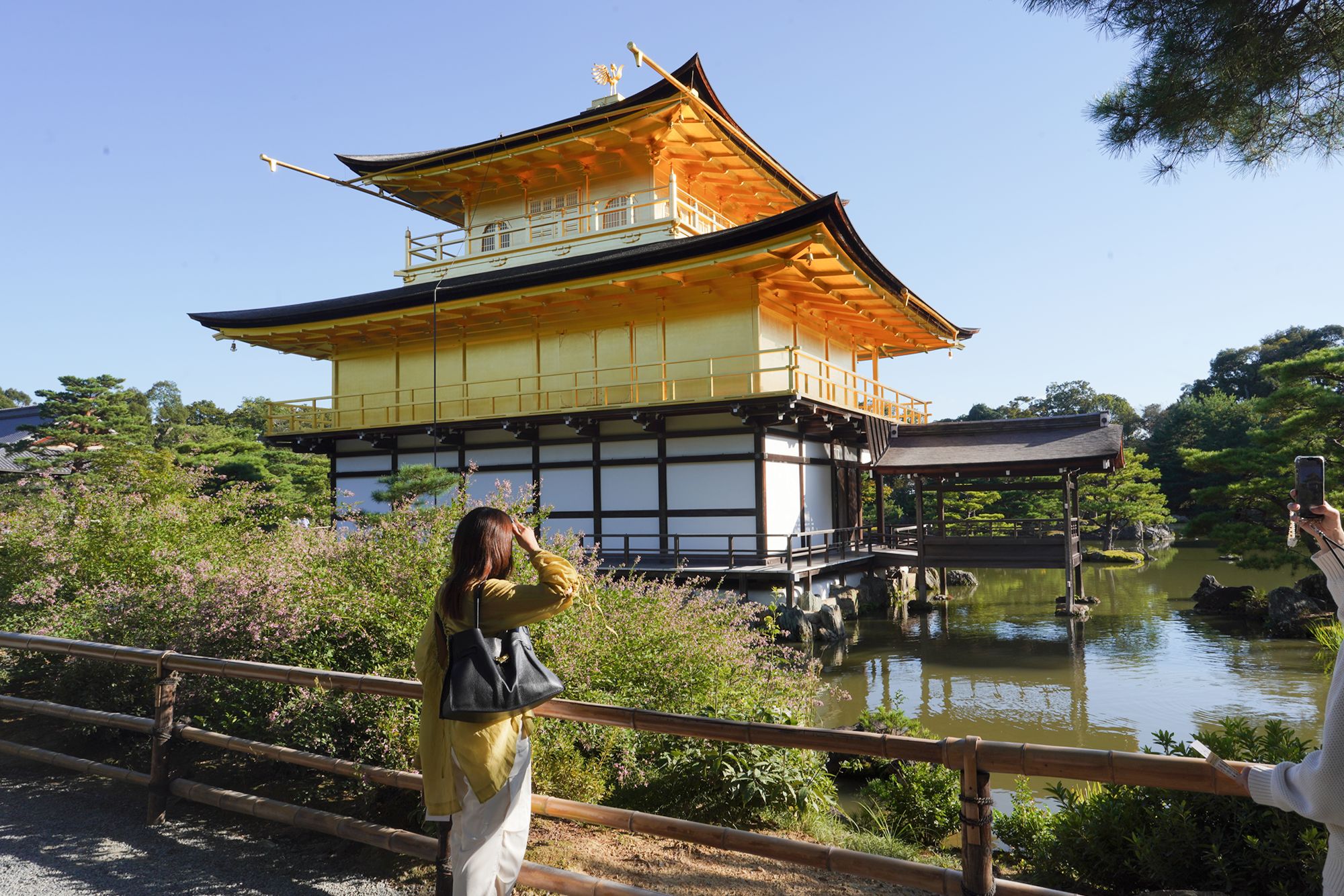
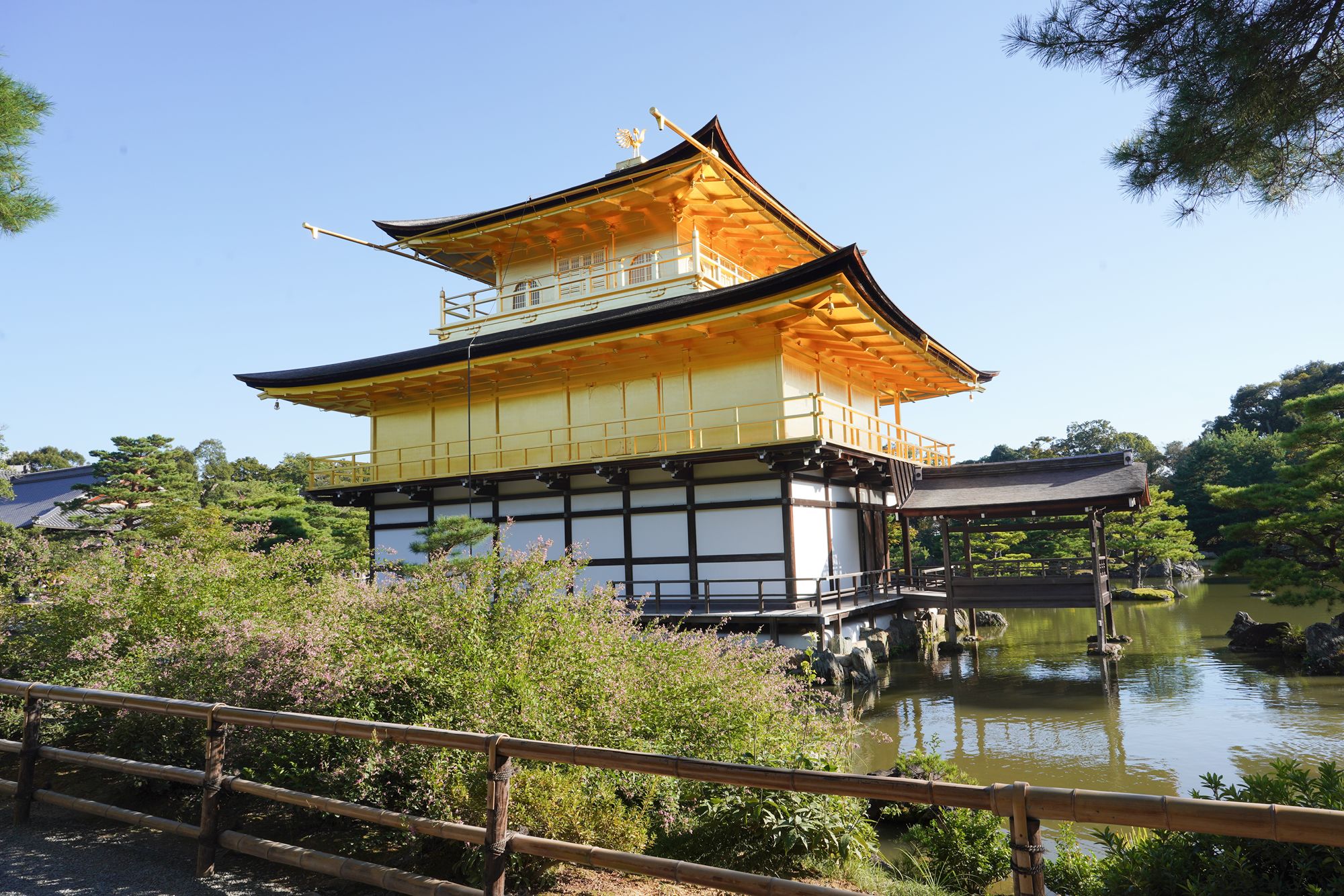
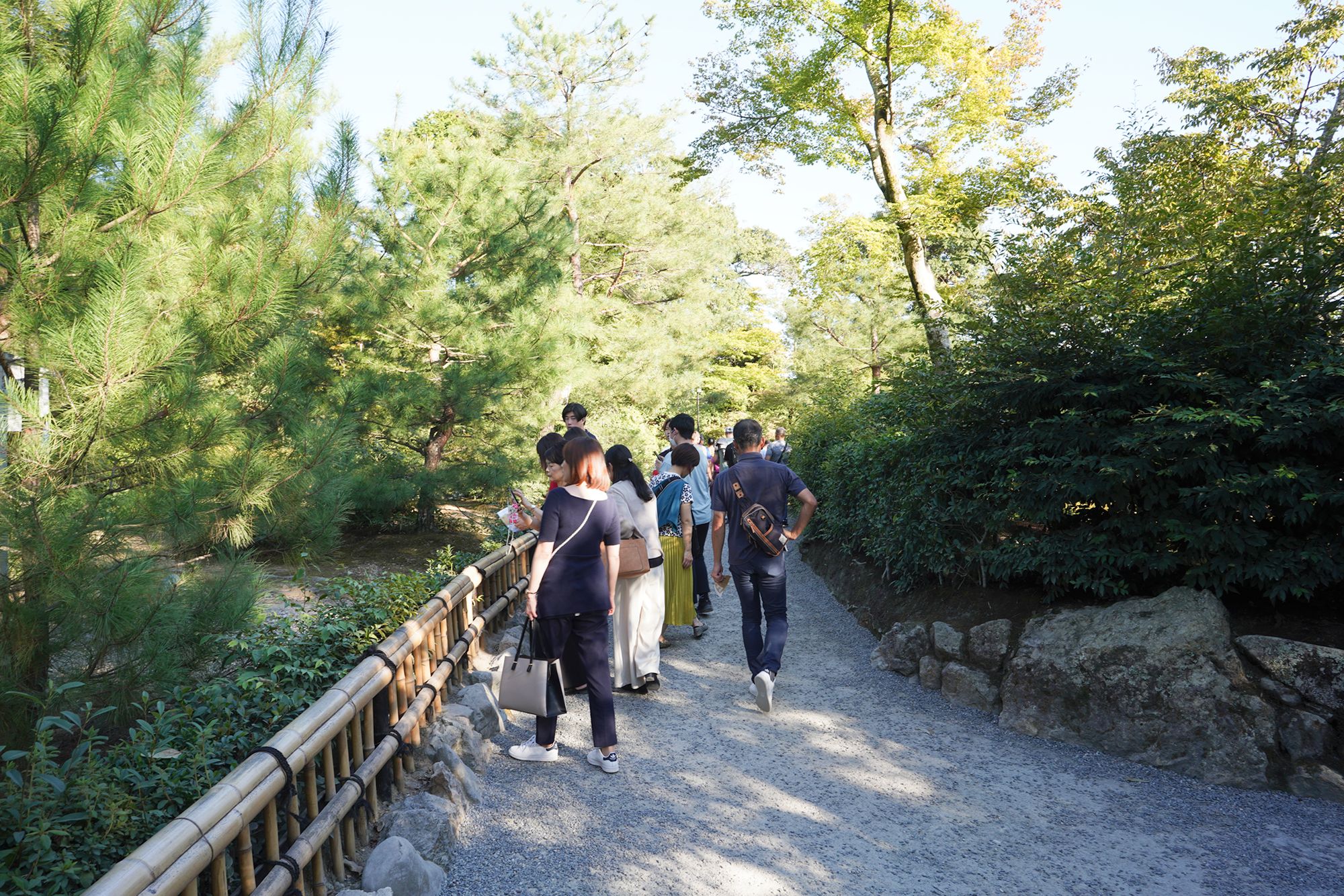
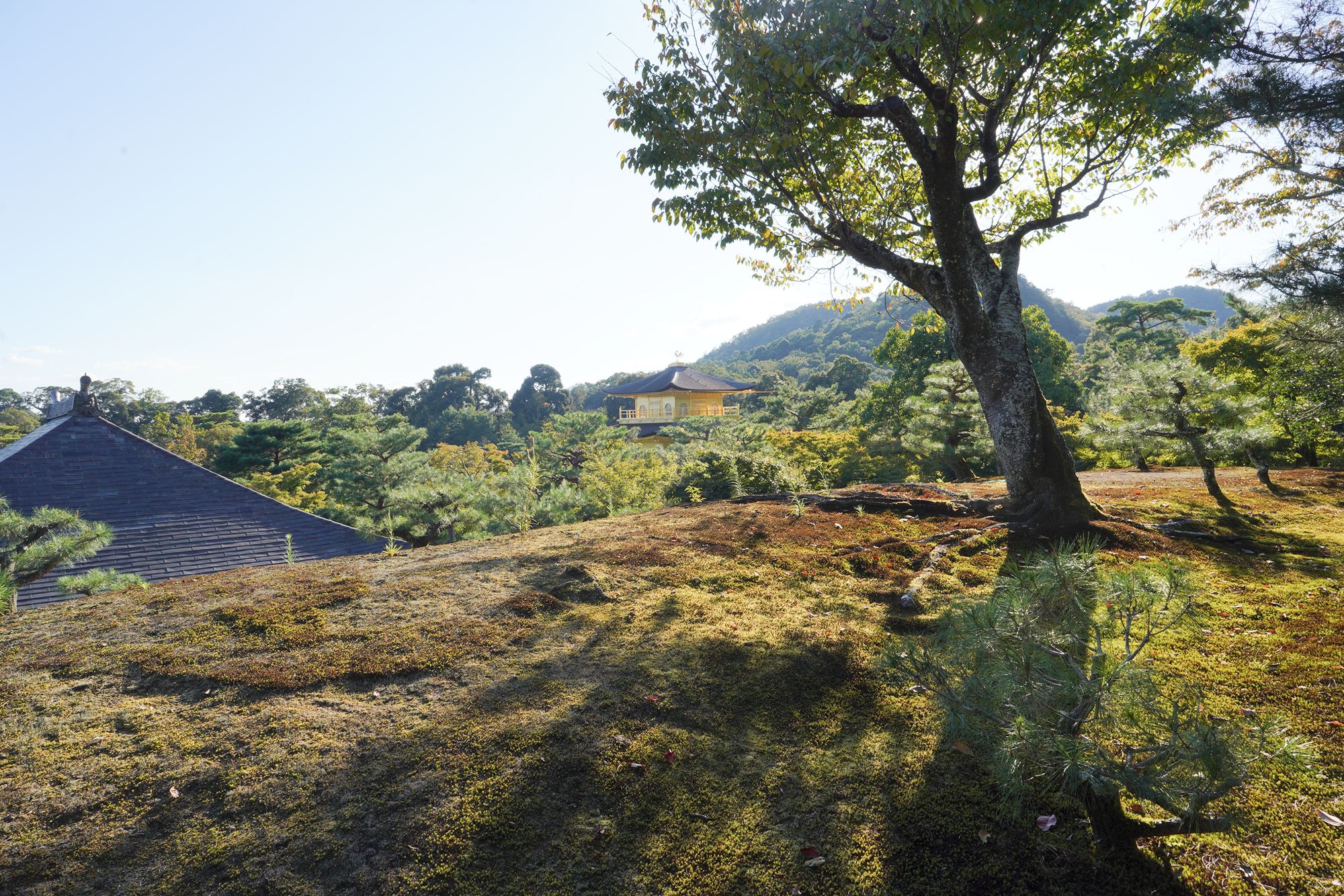
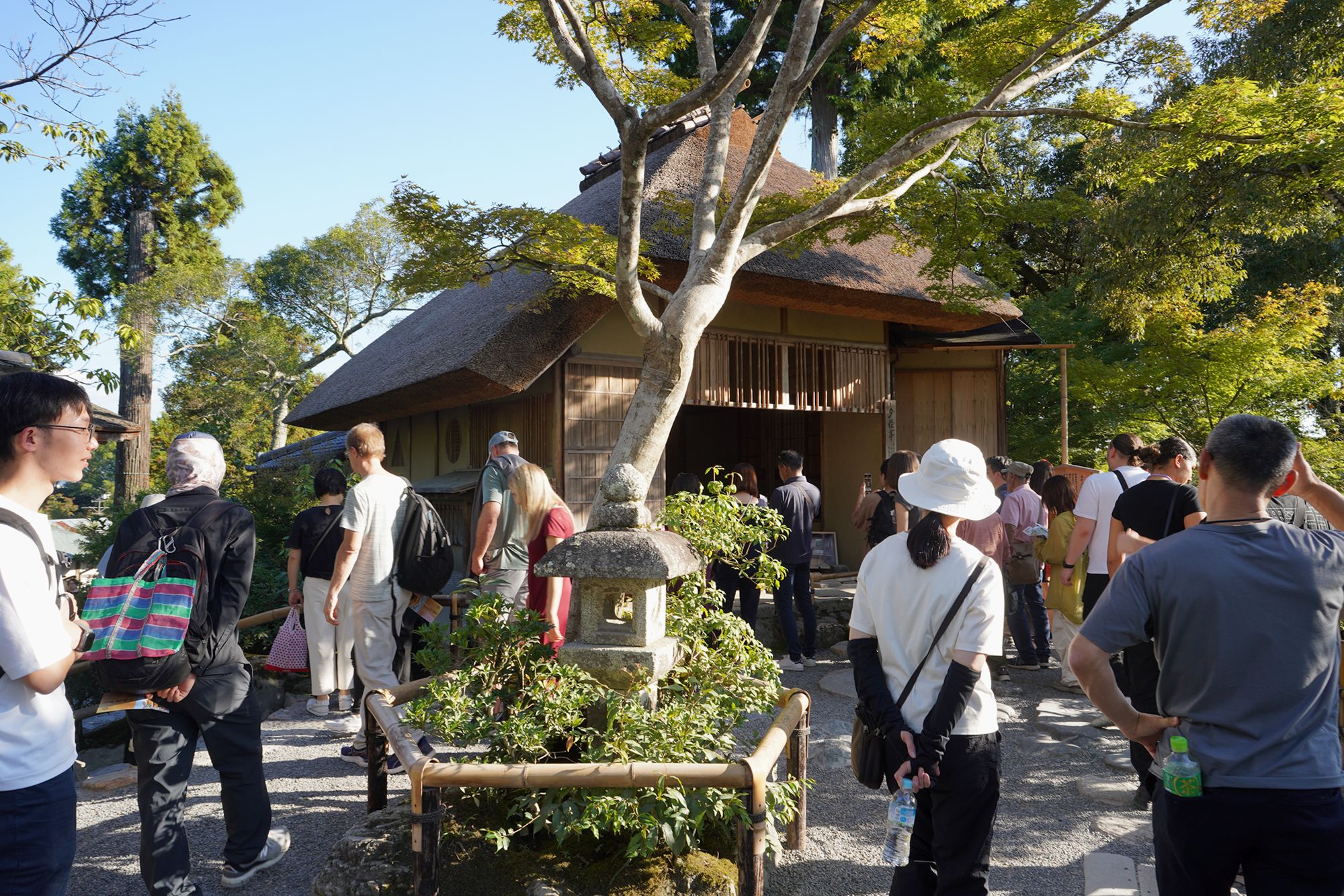
Smaller buildings on the temple site
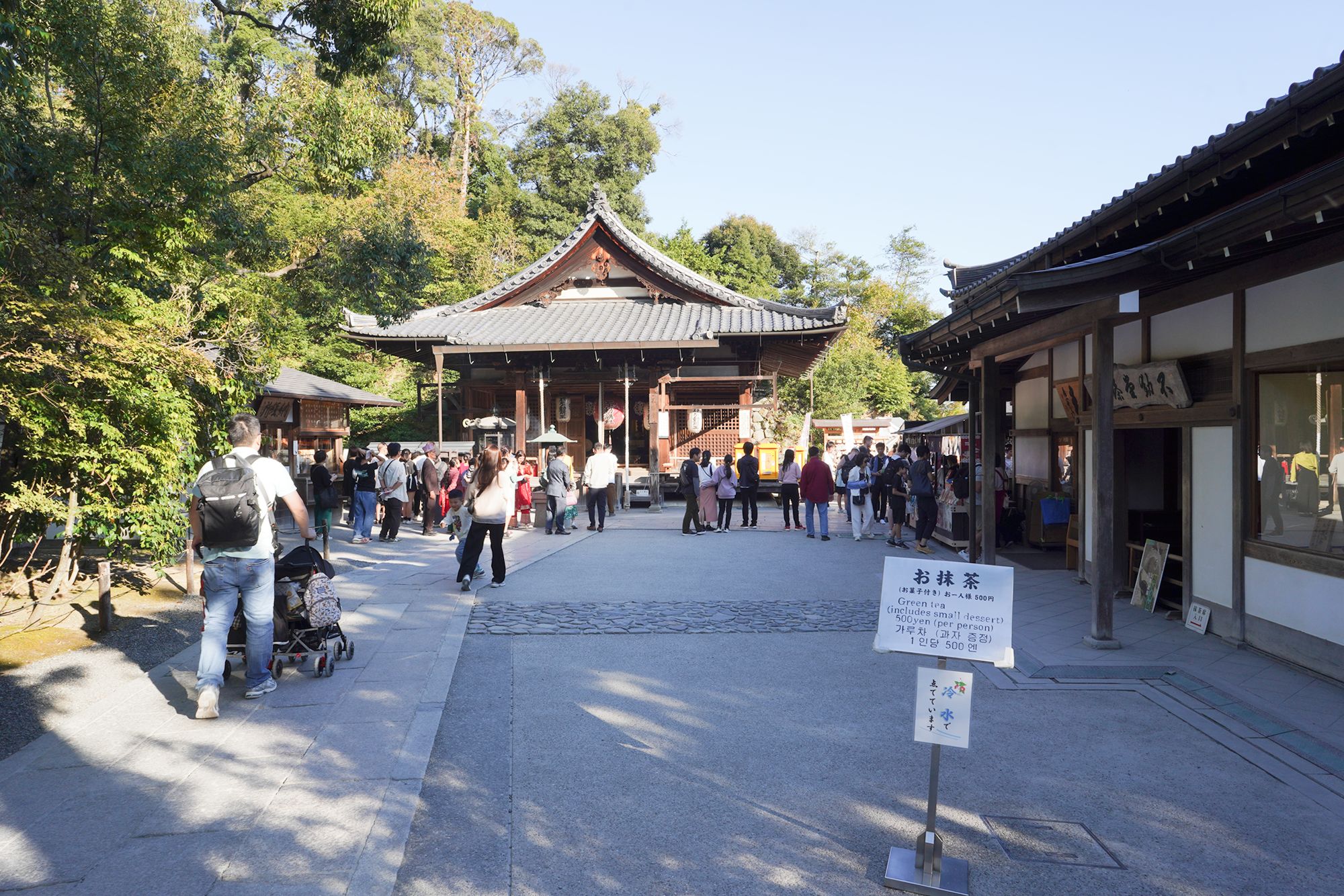
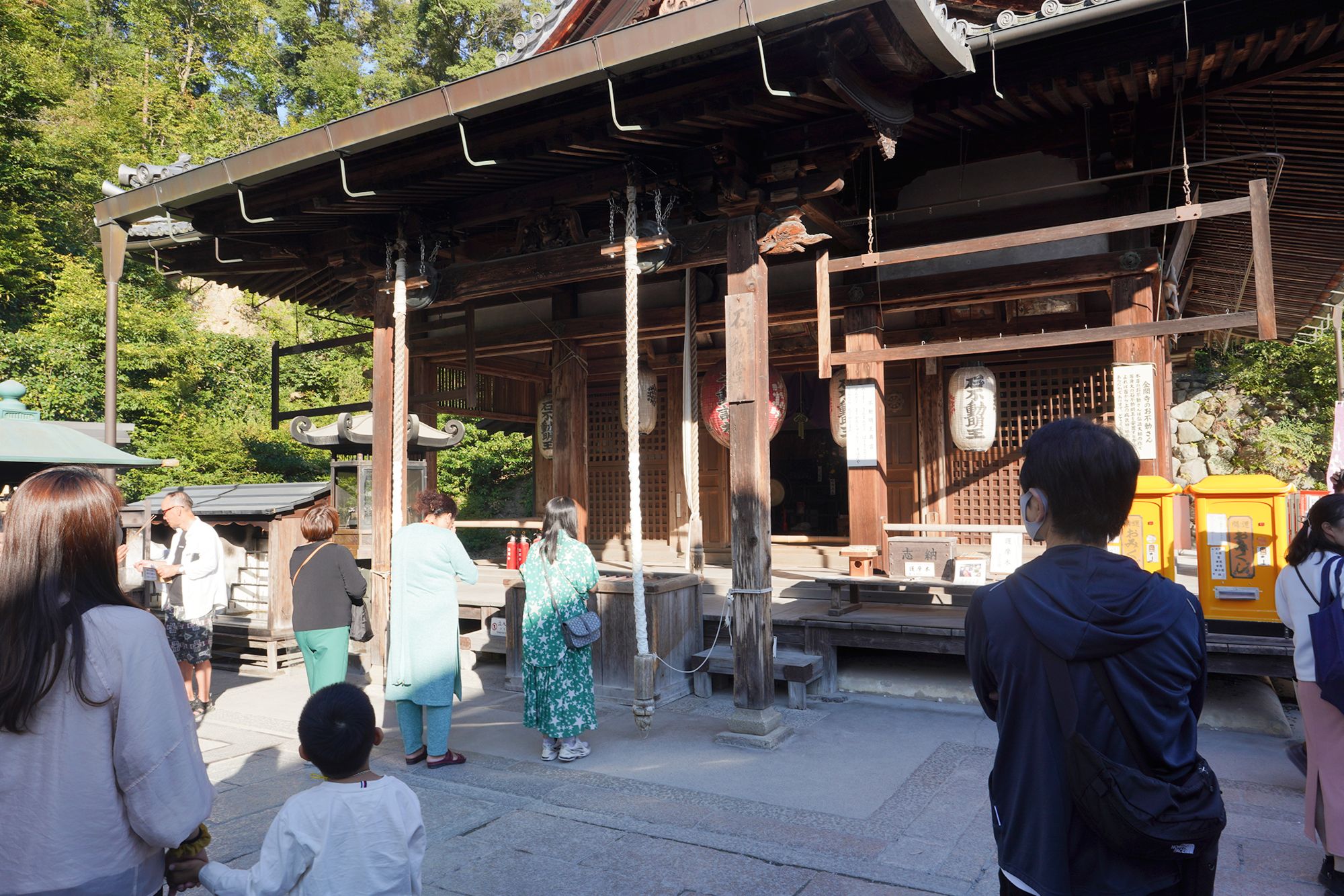
Exiting the temple
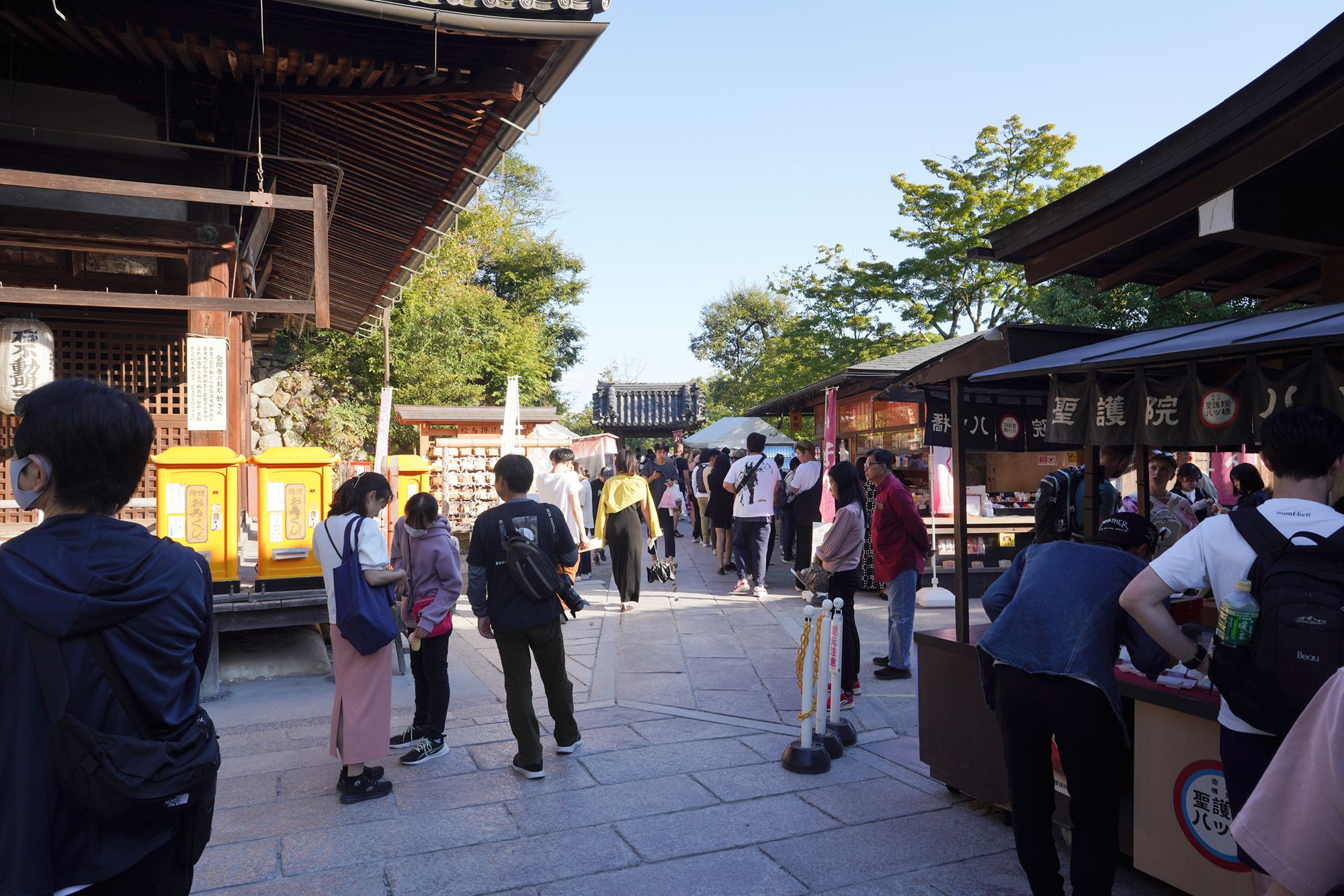
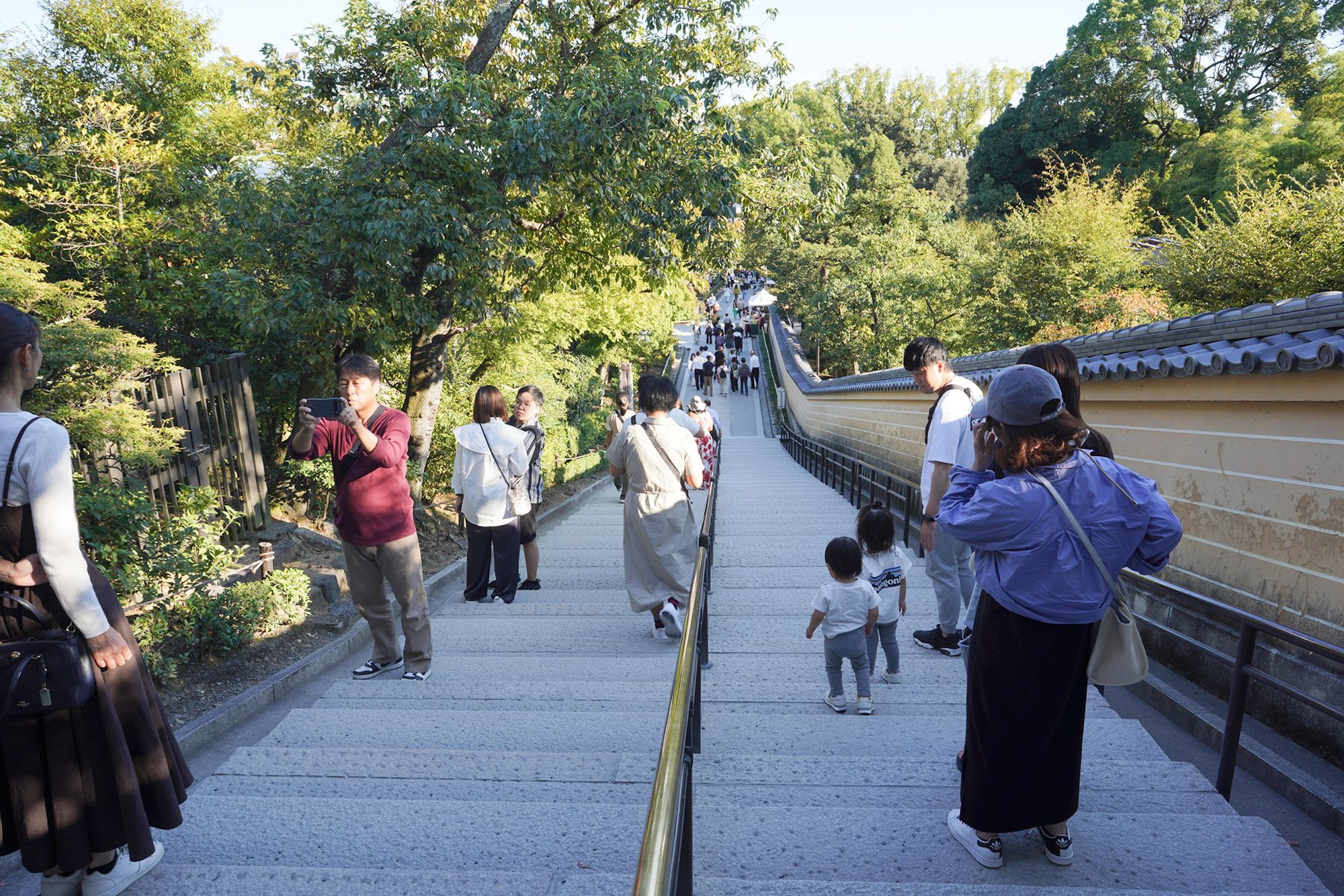
The next destination was Ryoanji Temple, which was nearby
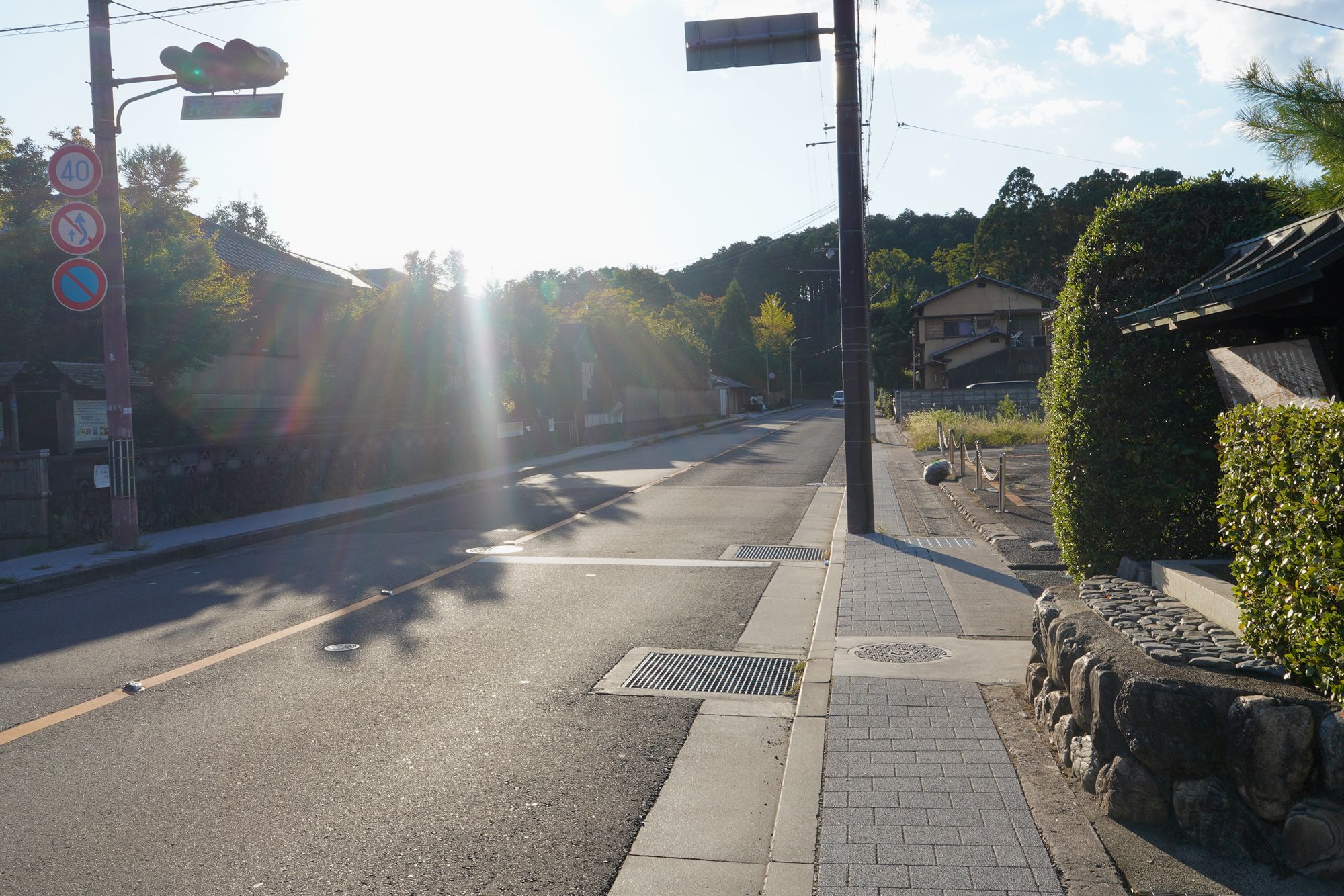
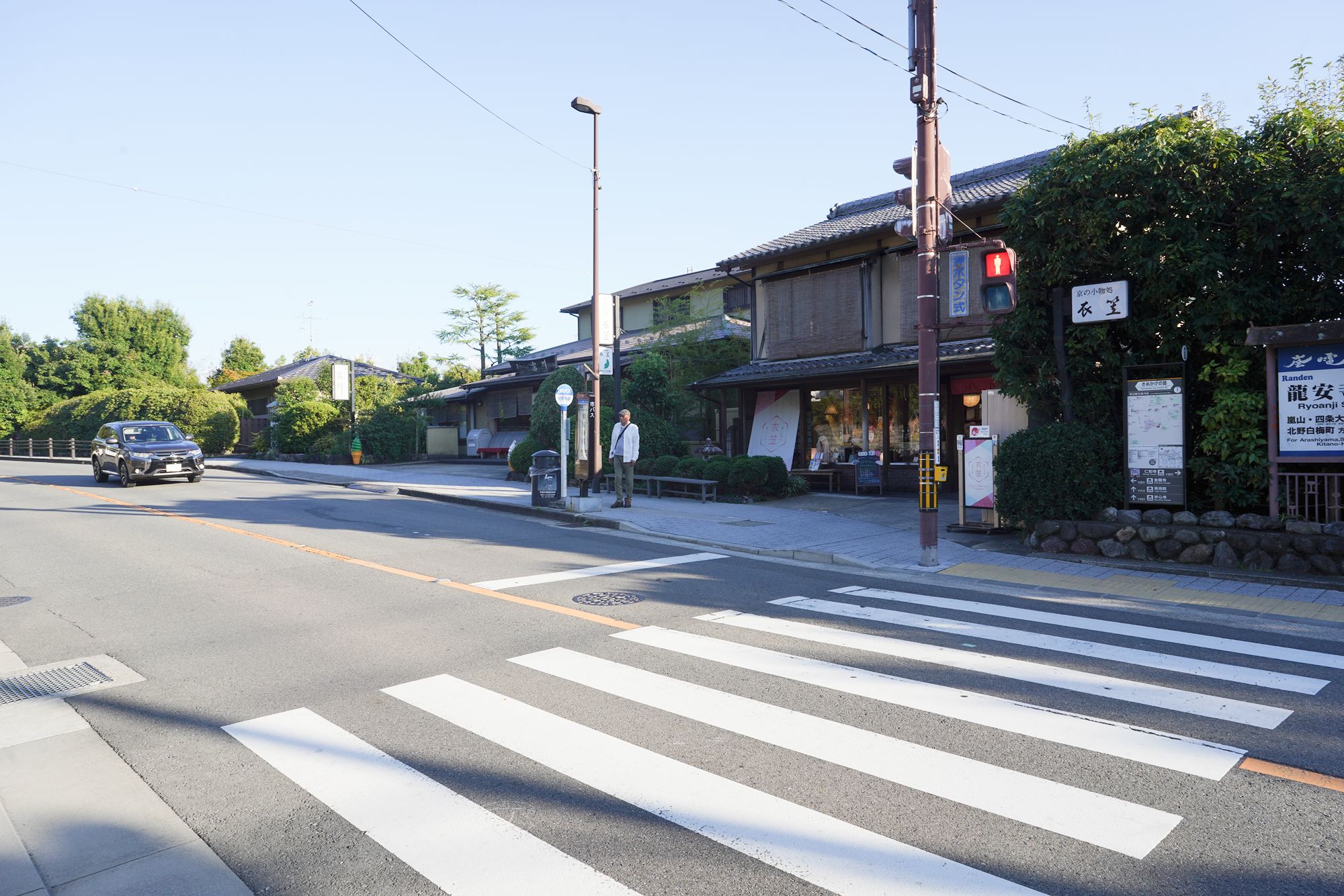
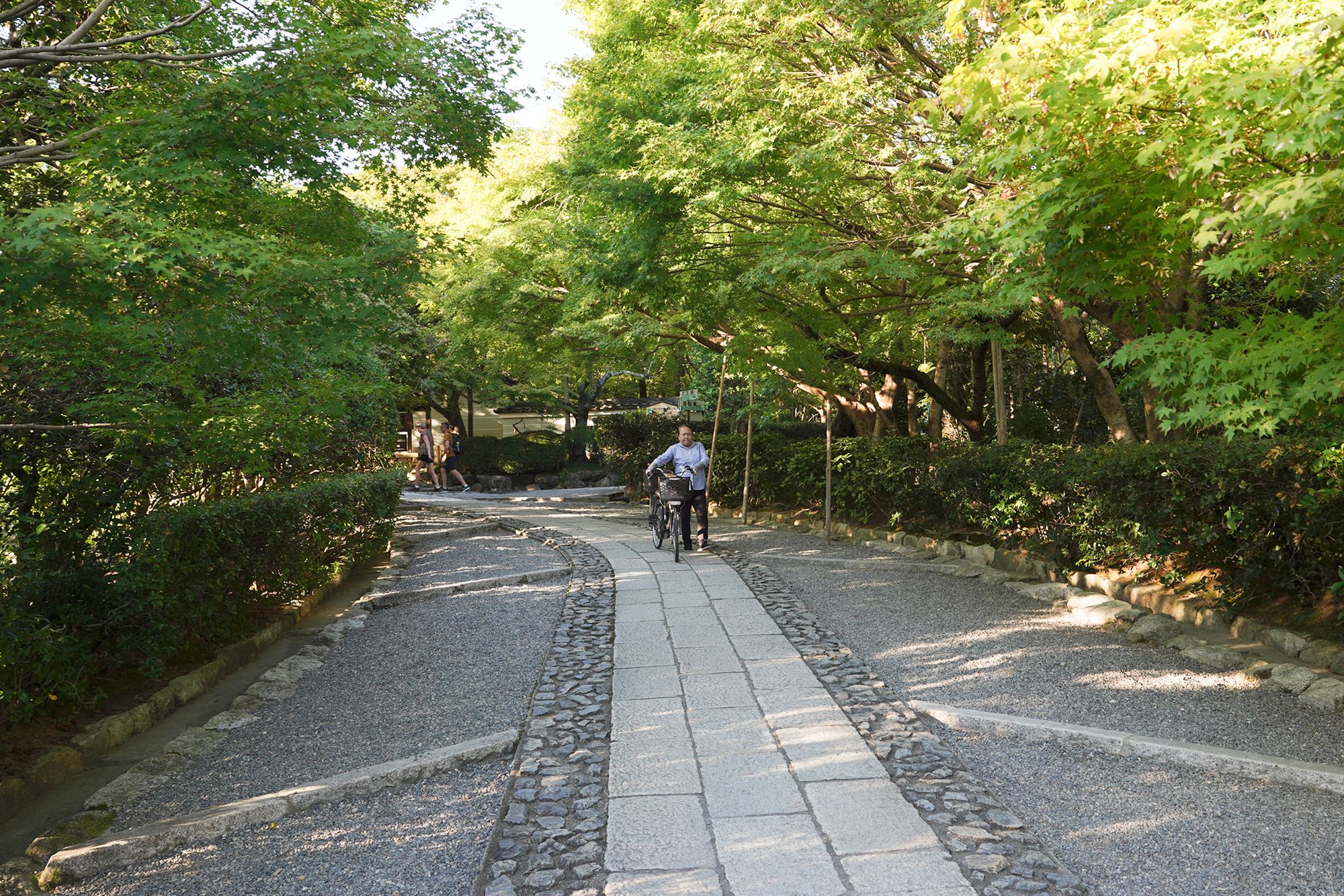
Entrance to Ryoanji Temple
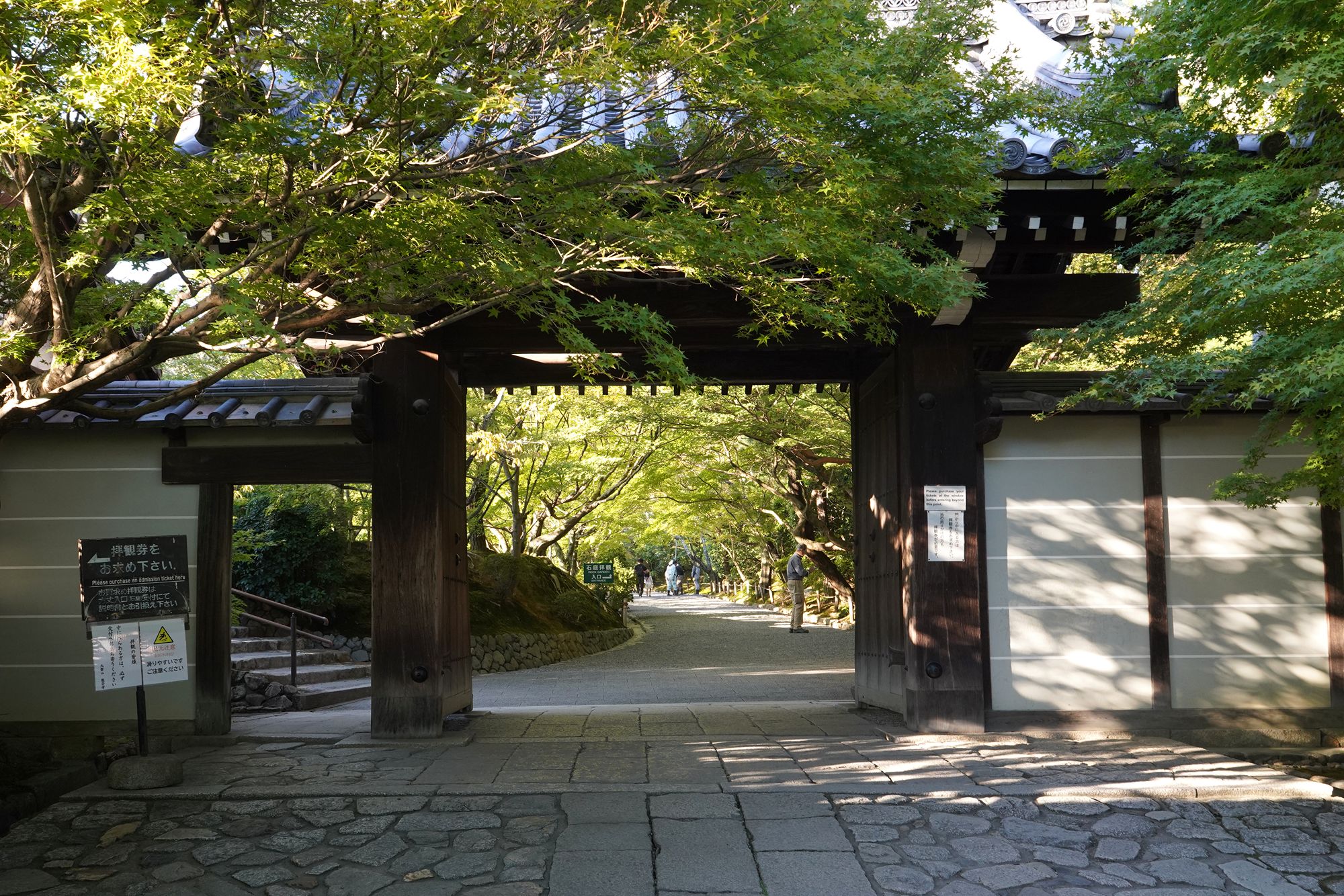
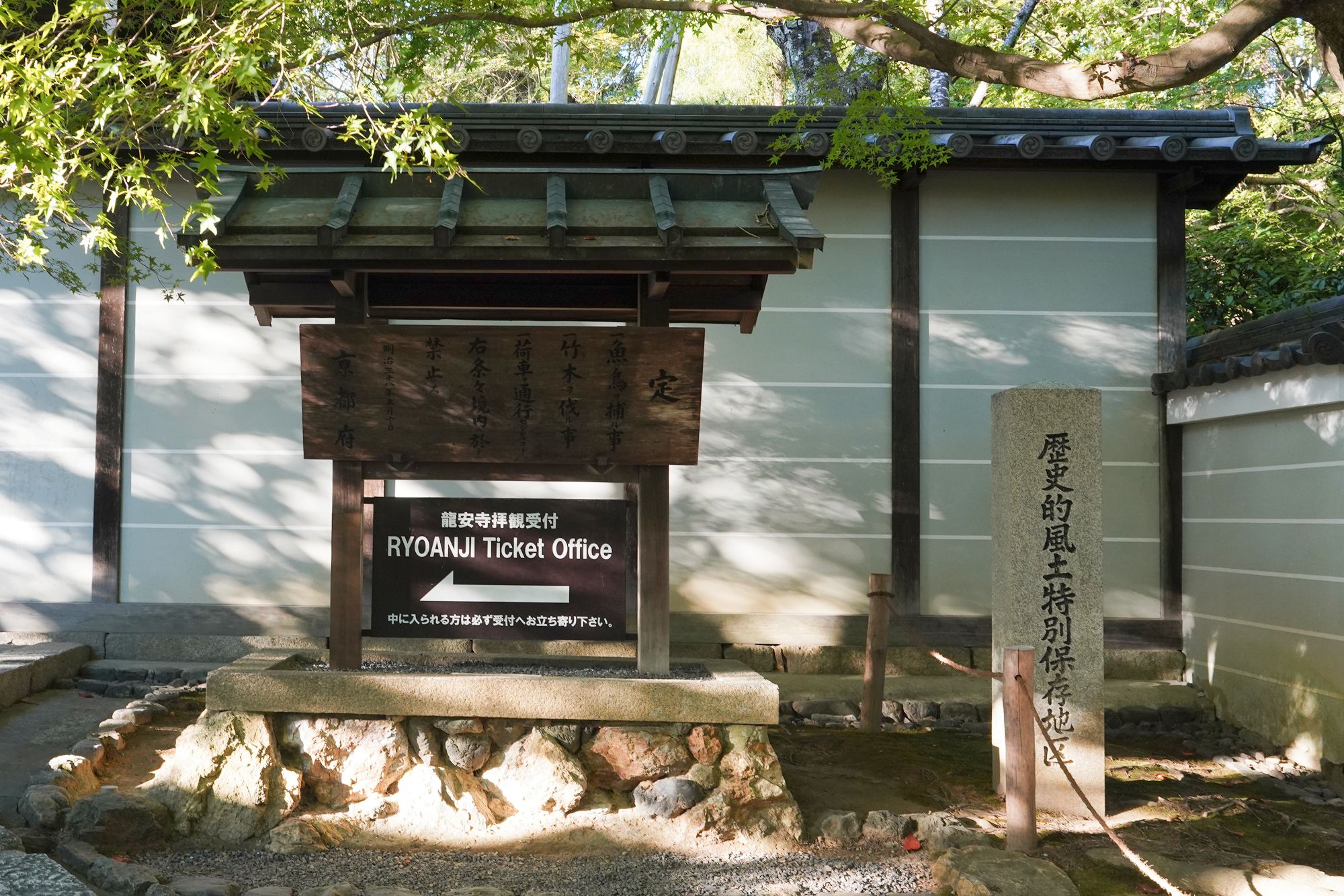
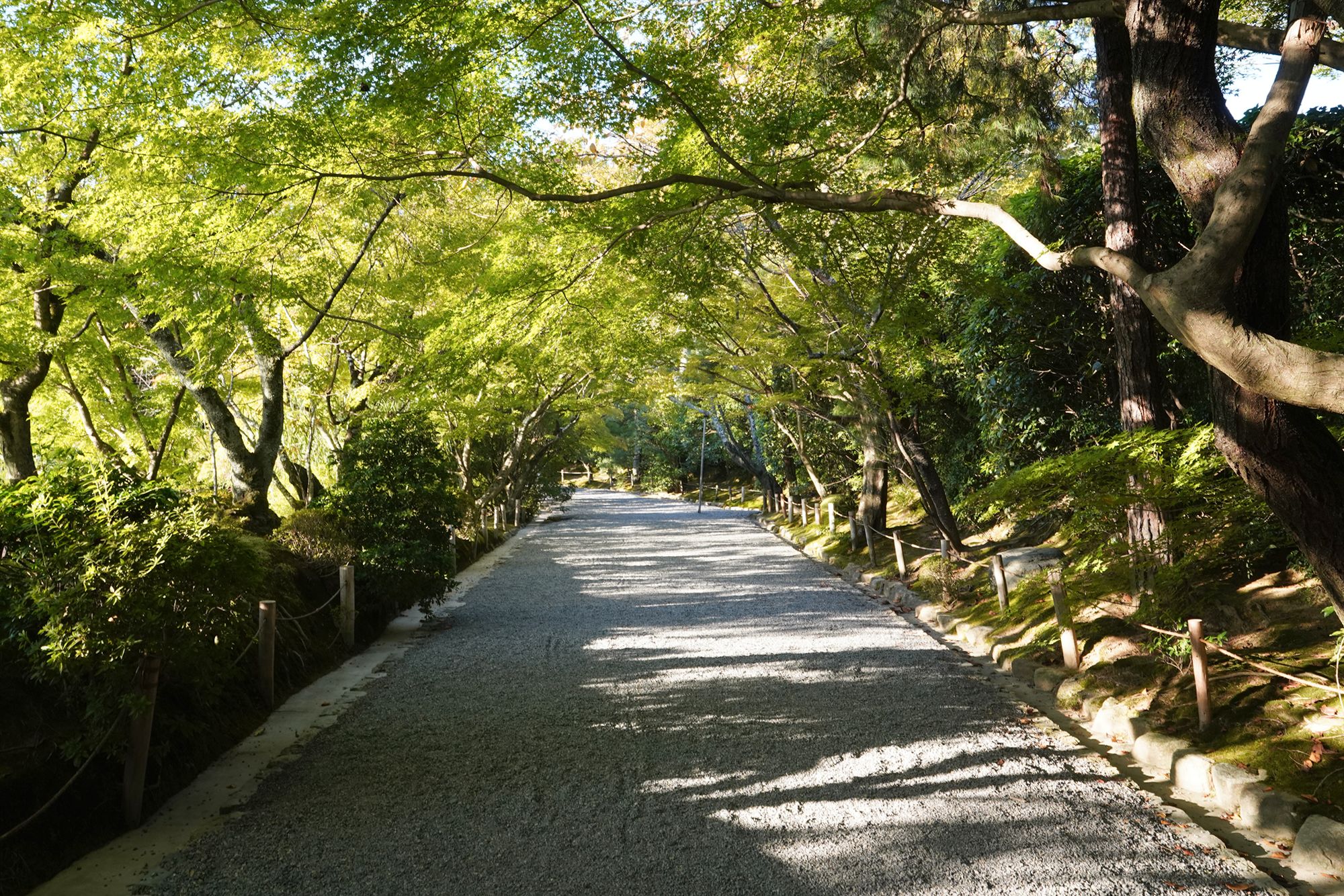
A map of Ryoanji Temple
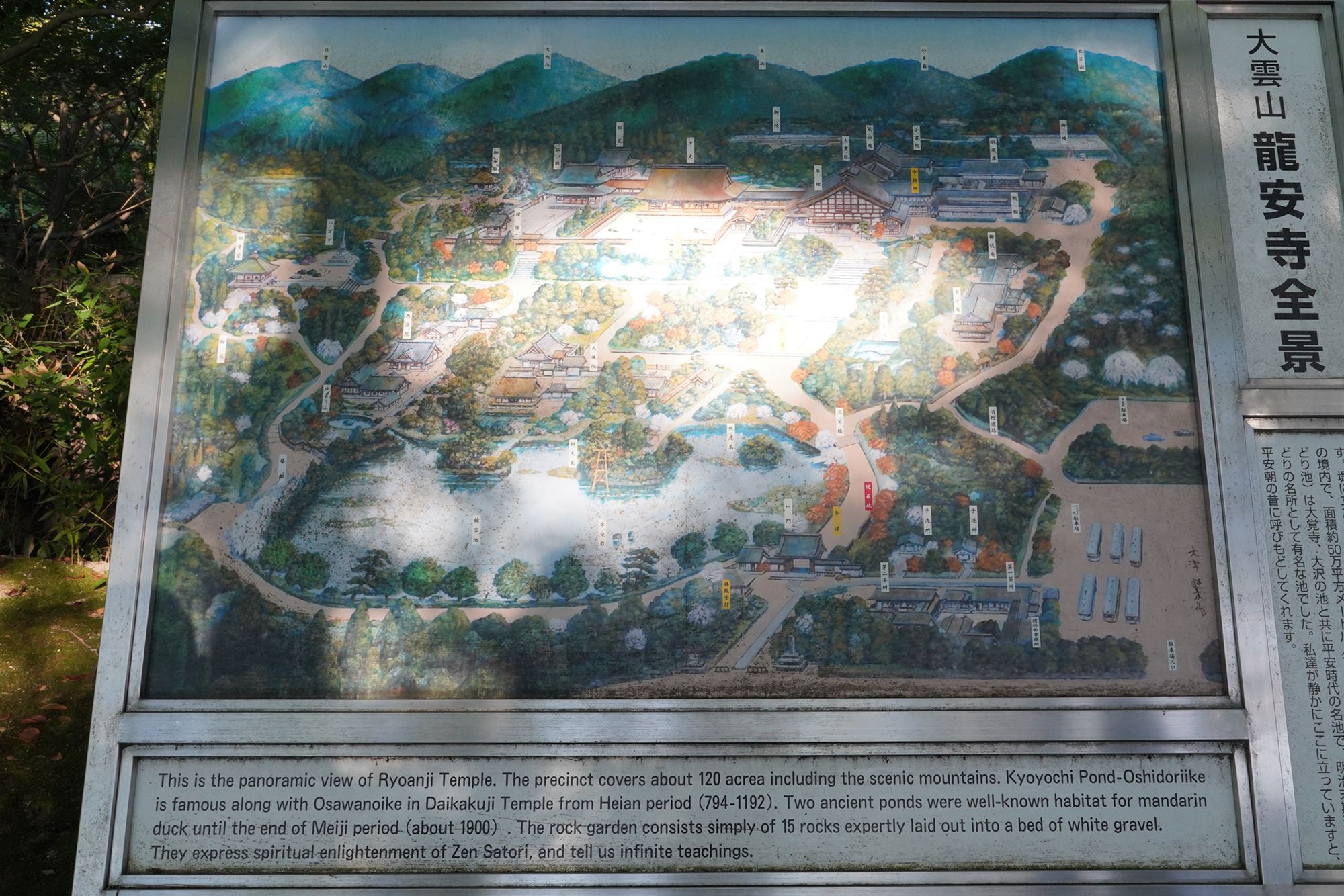
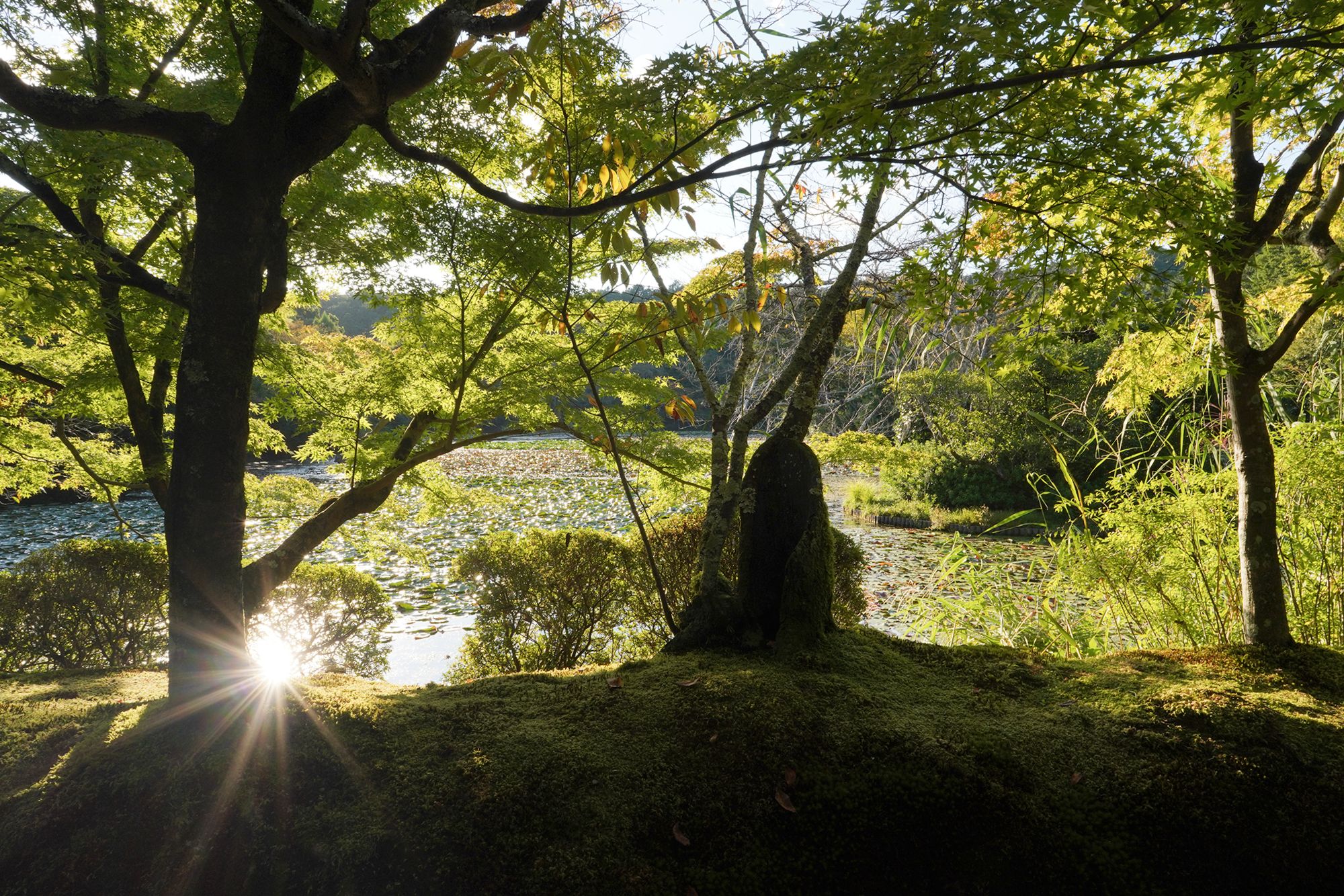
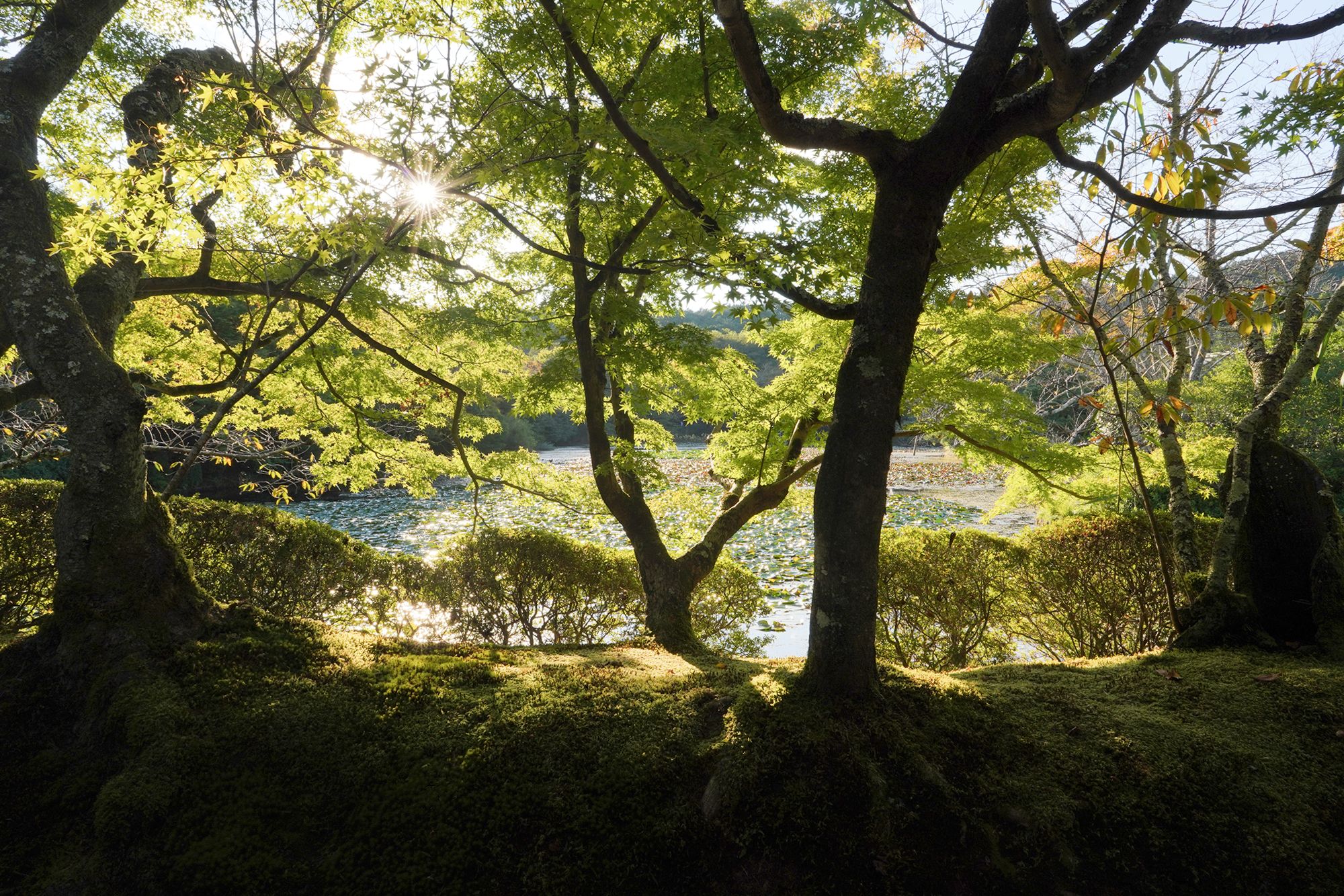
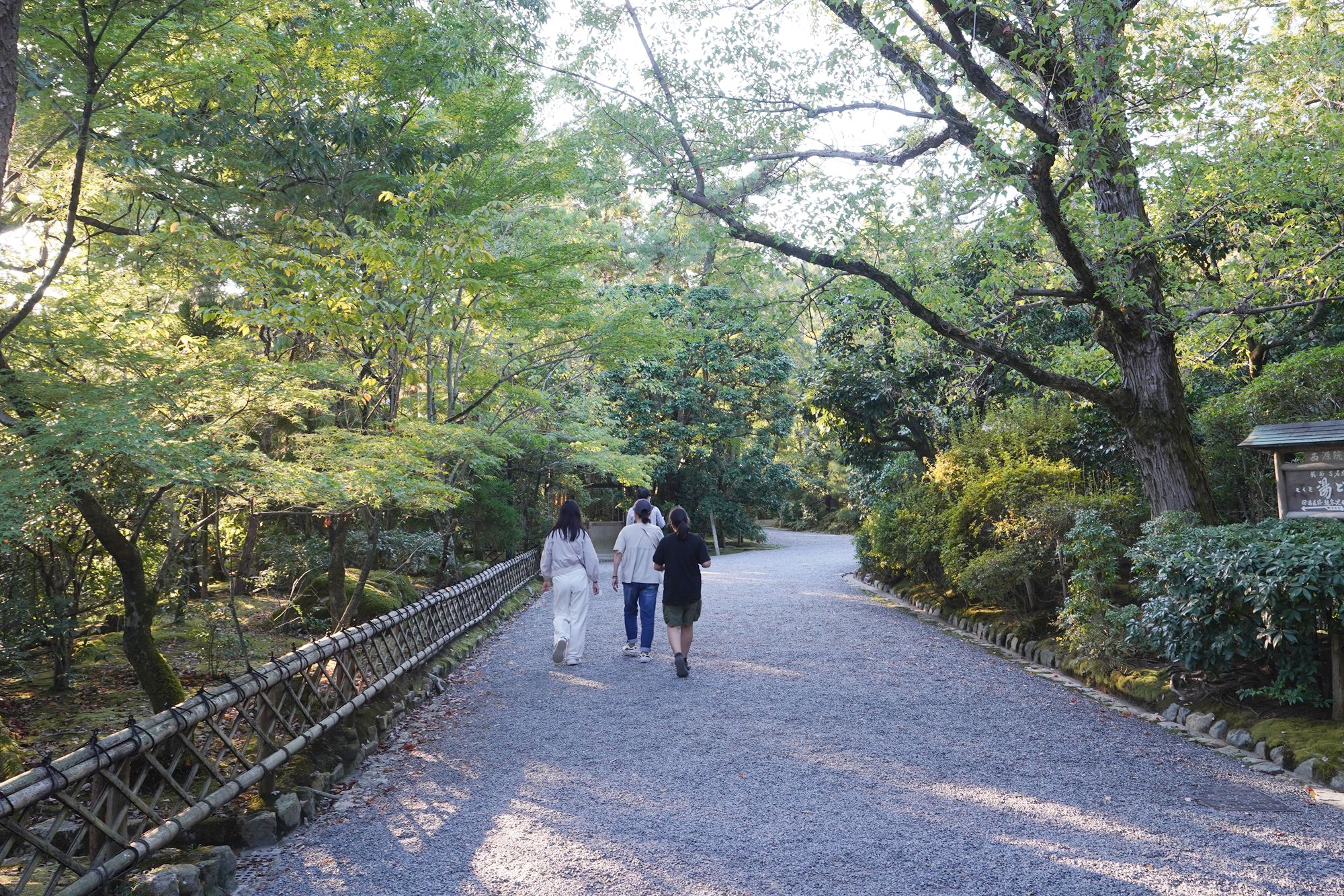
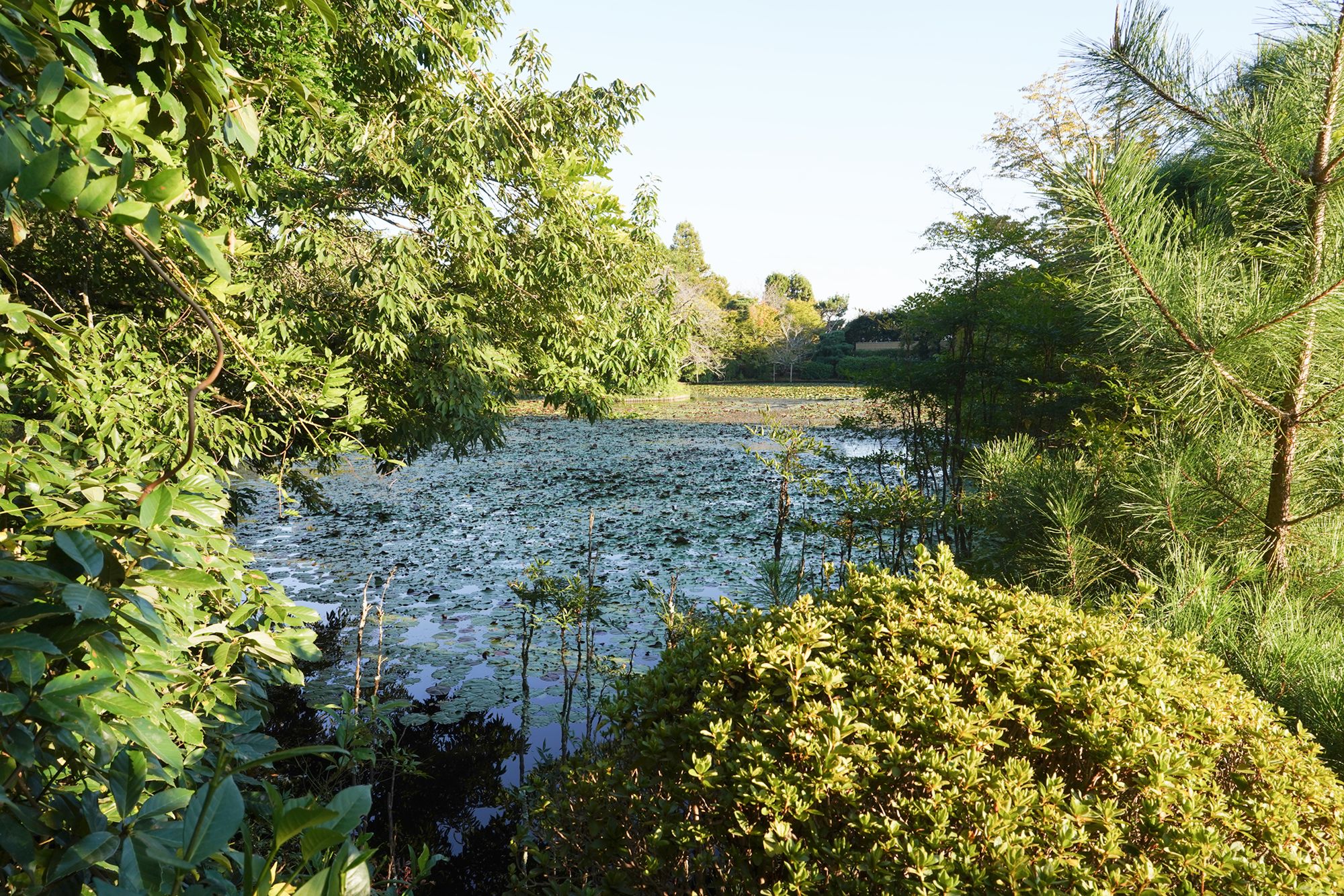
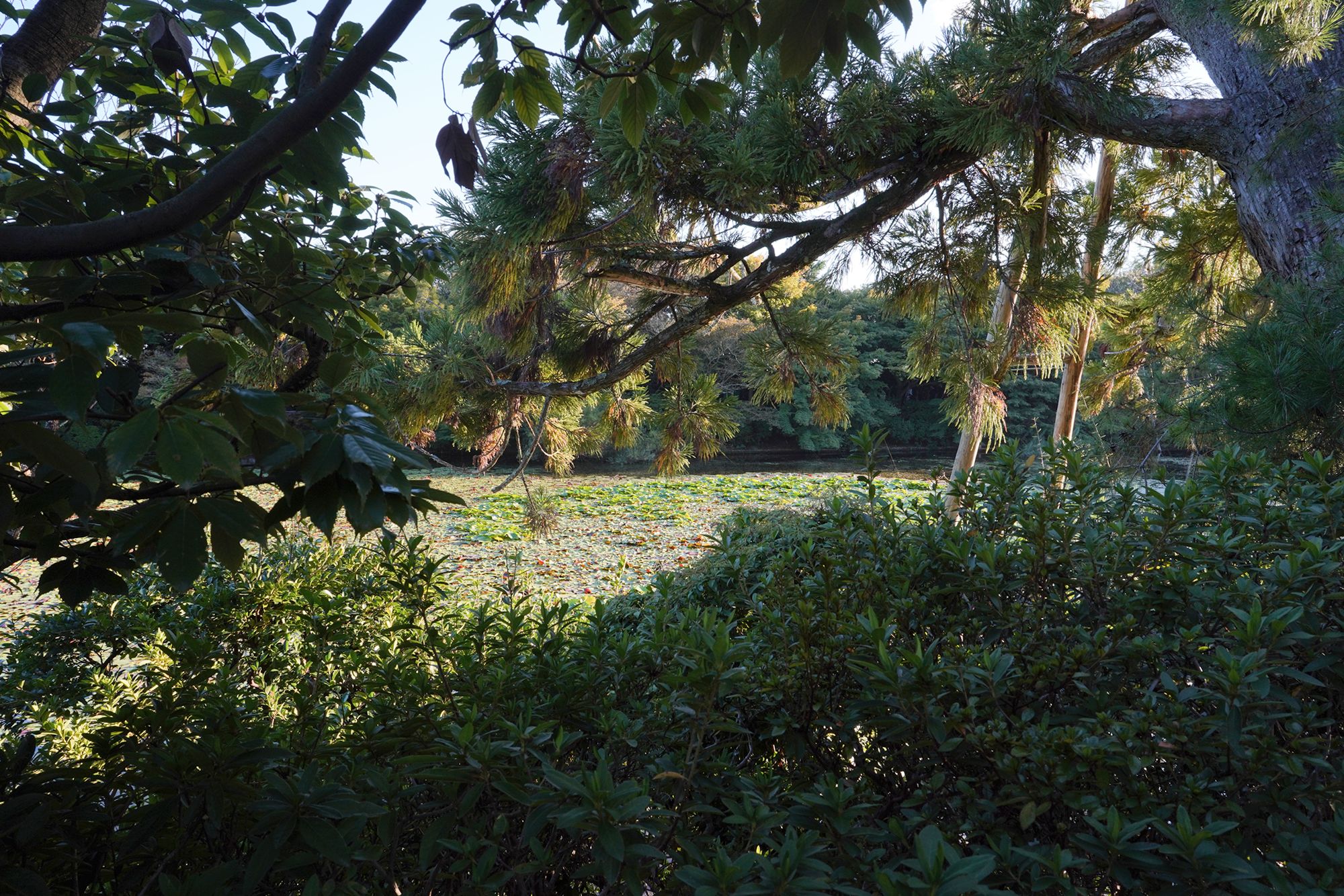
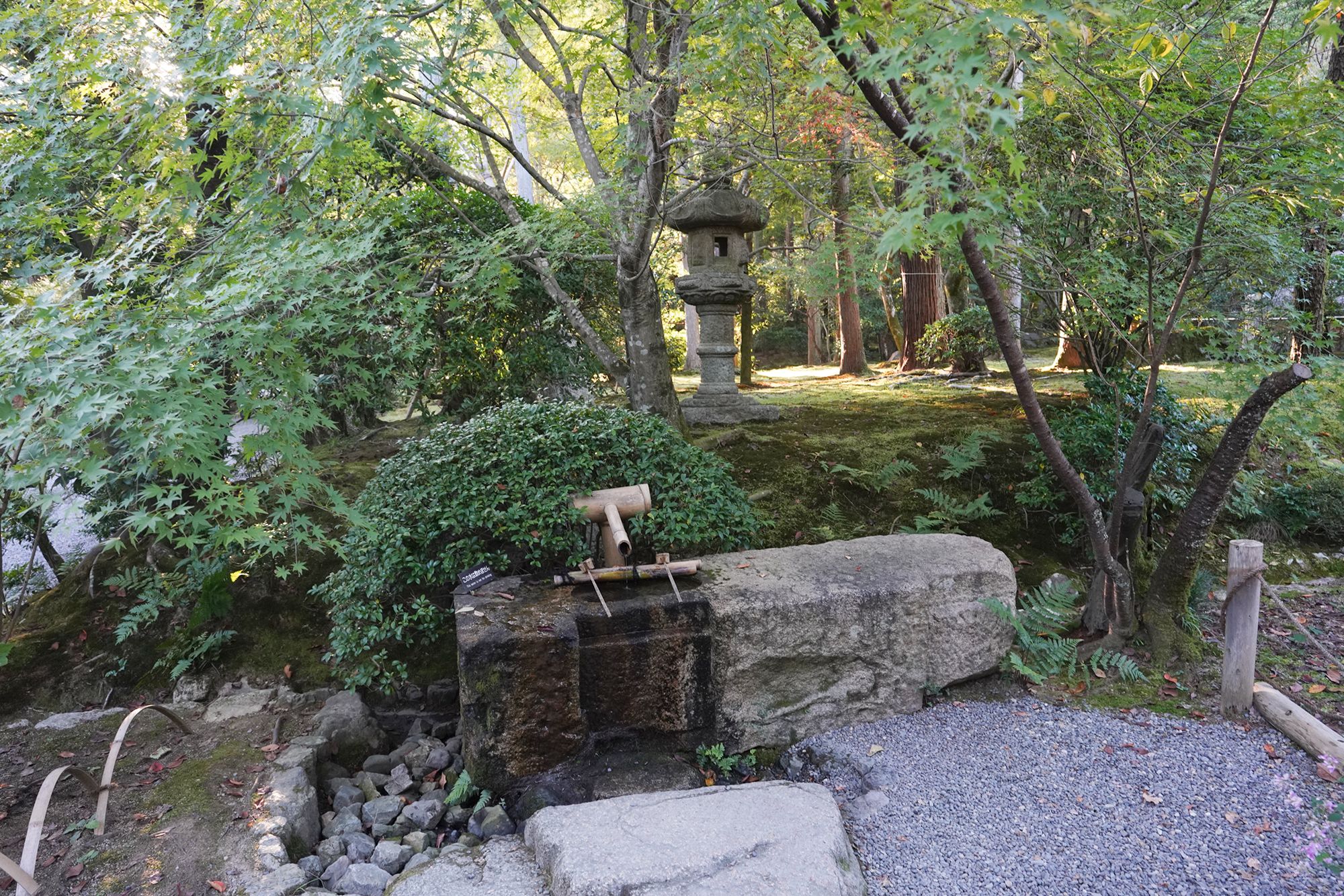
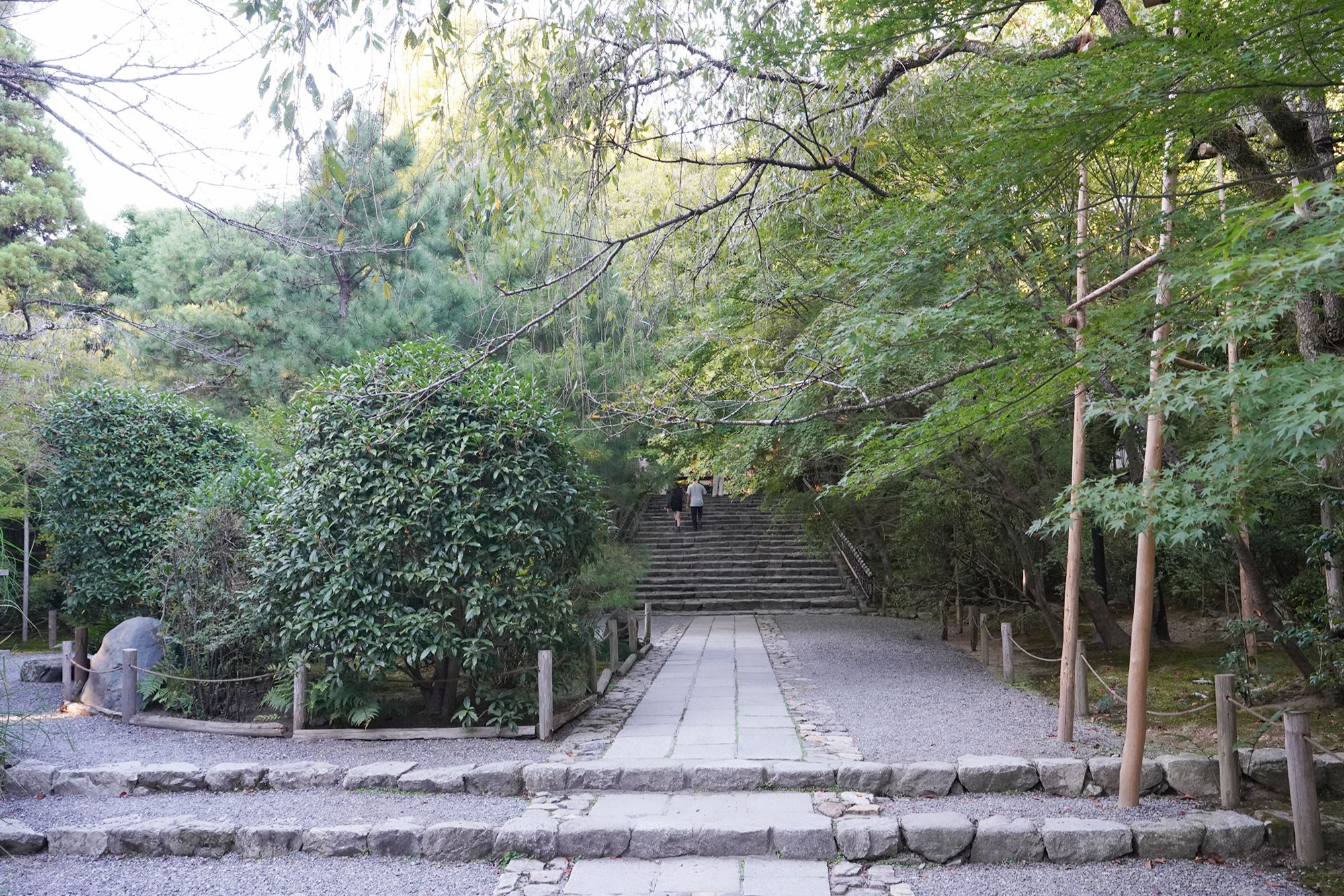
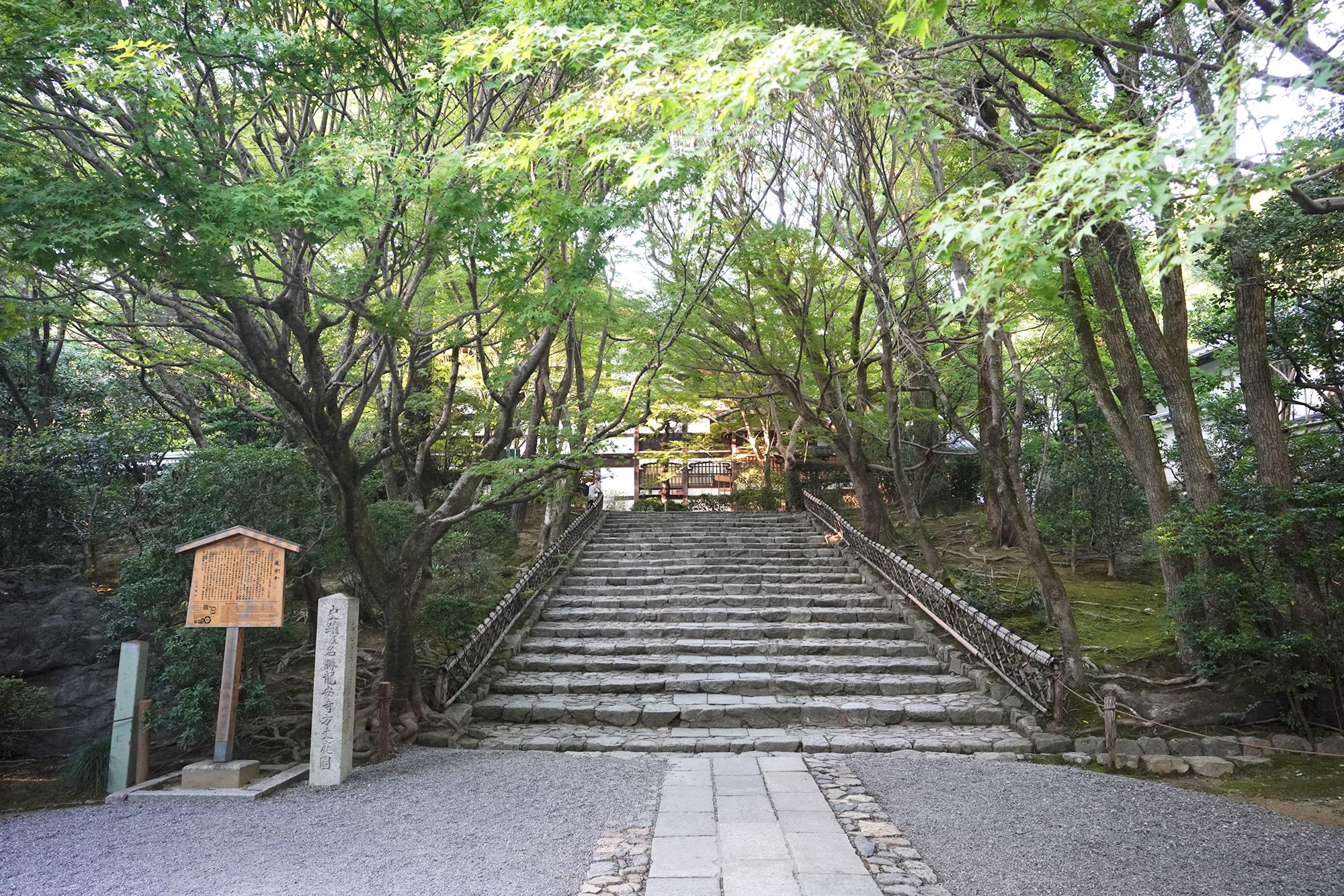
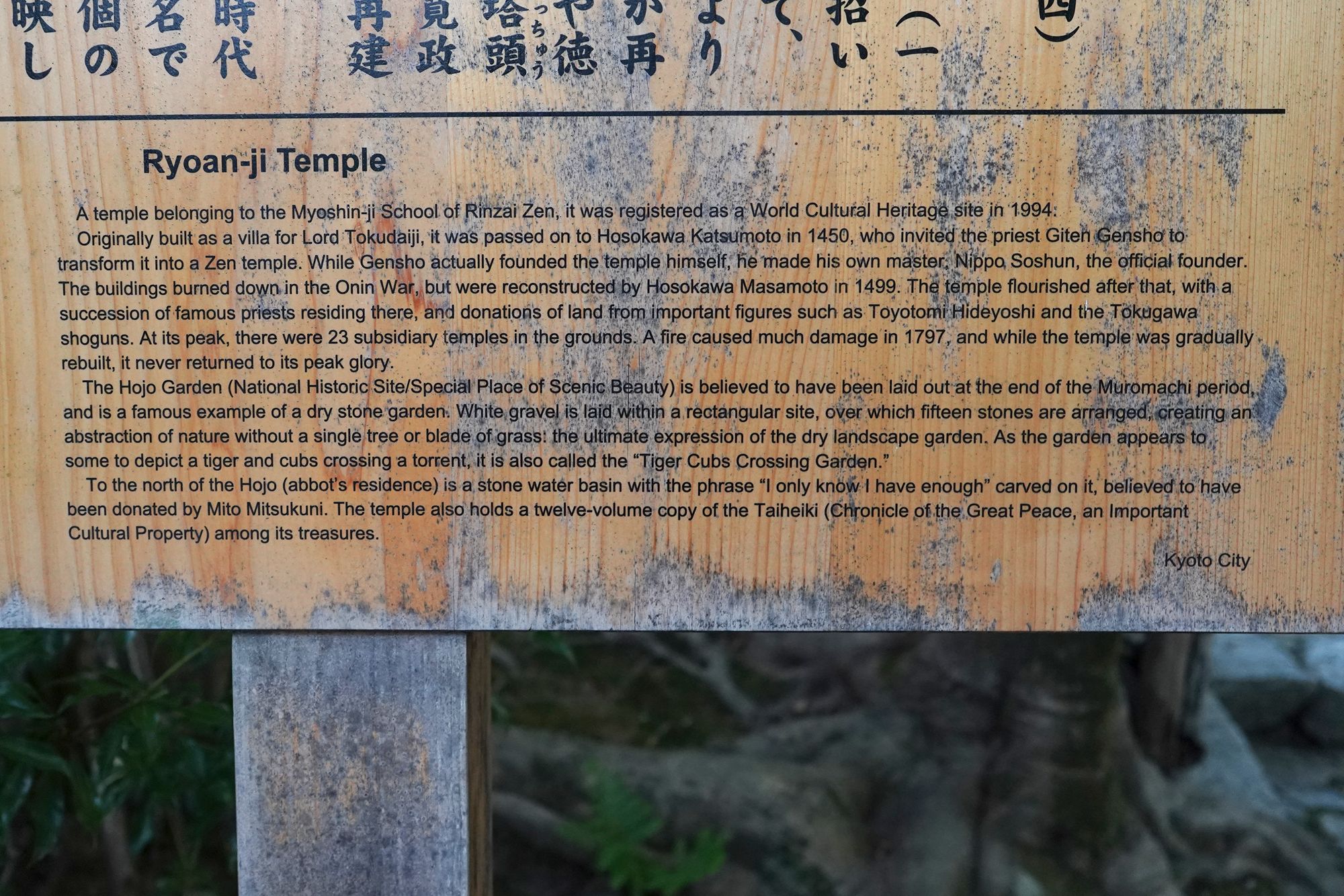
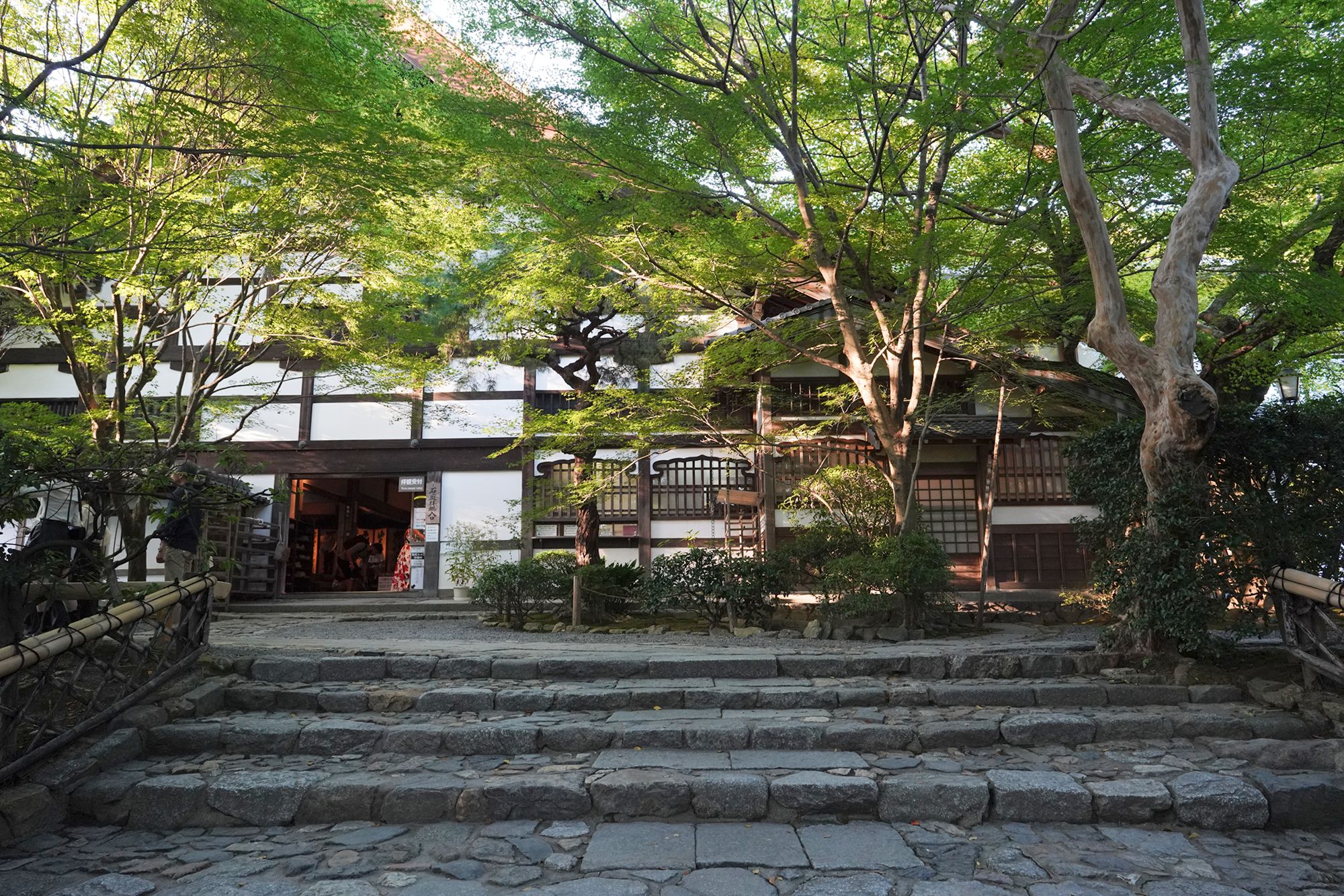
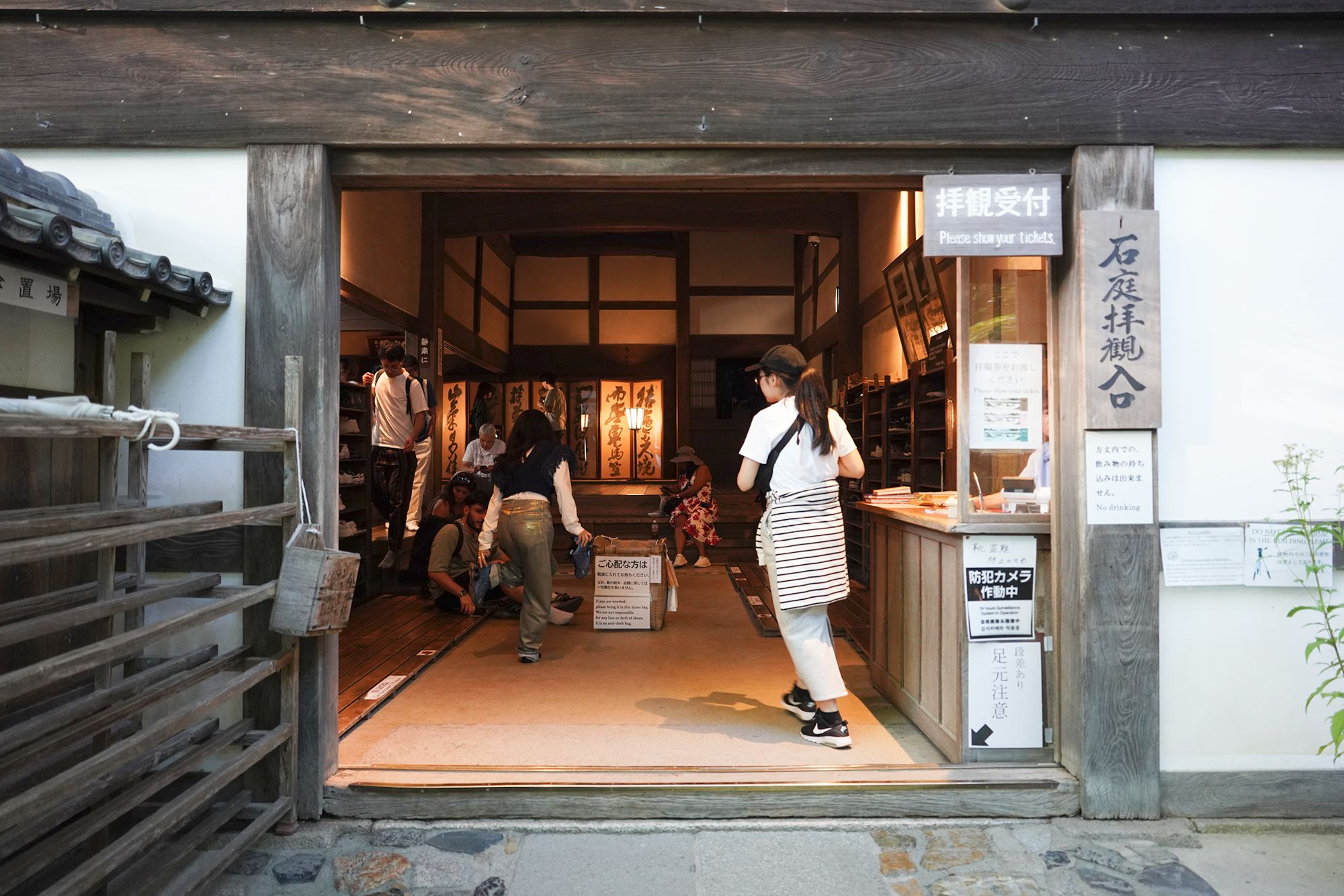
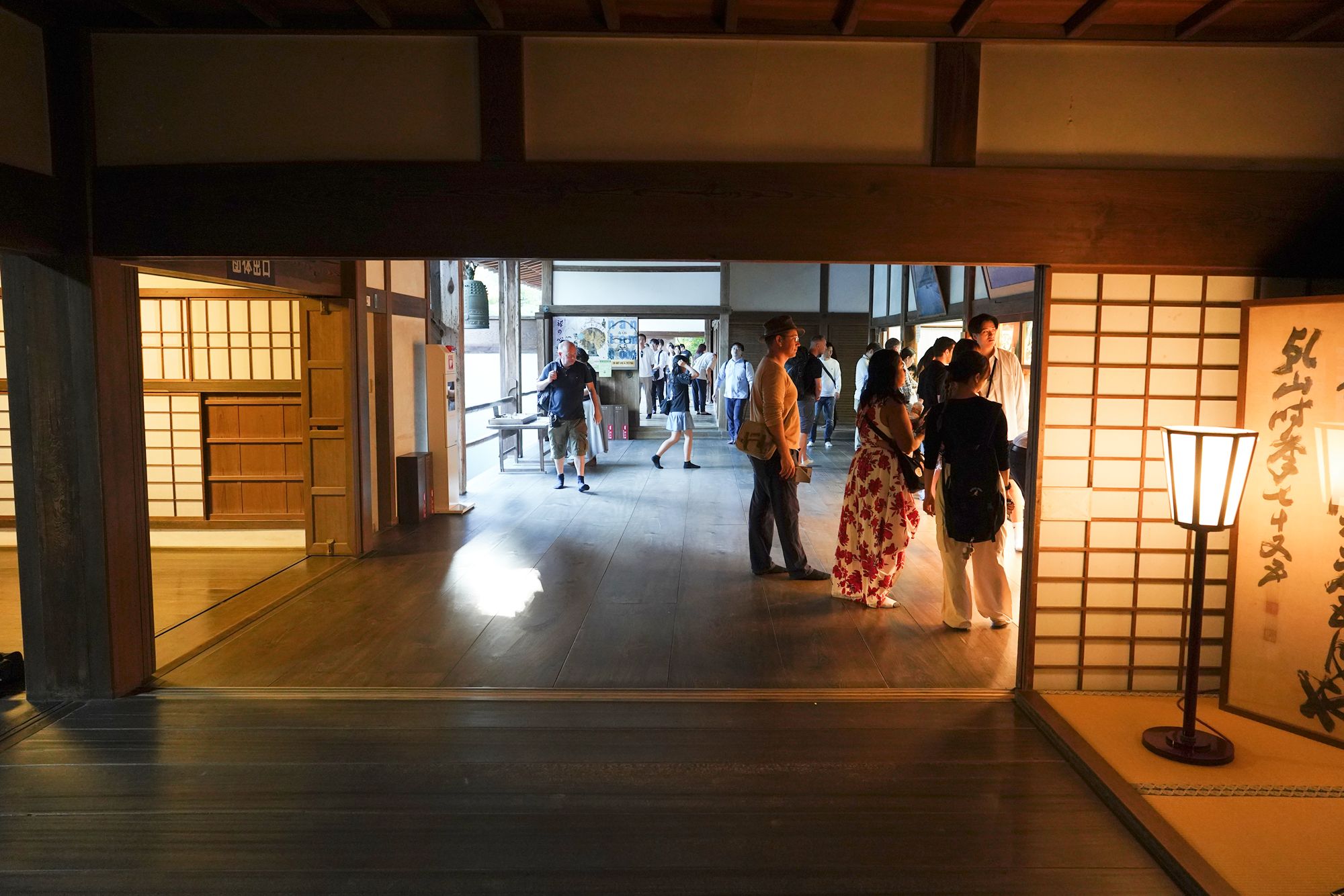
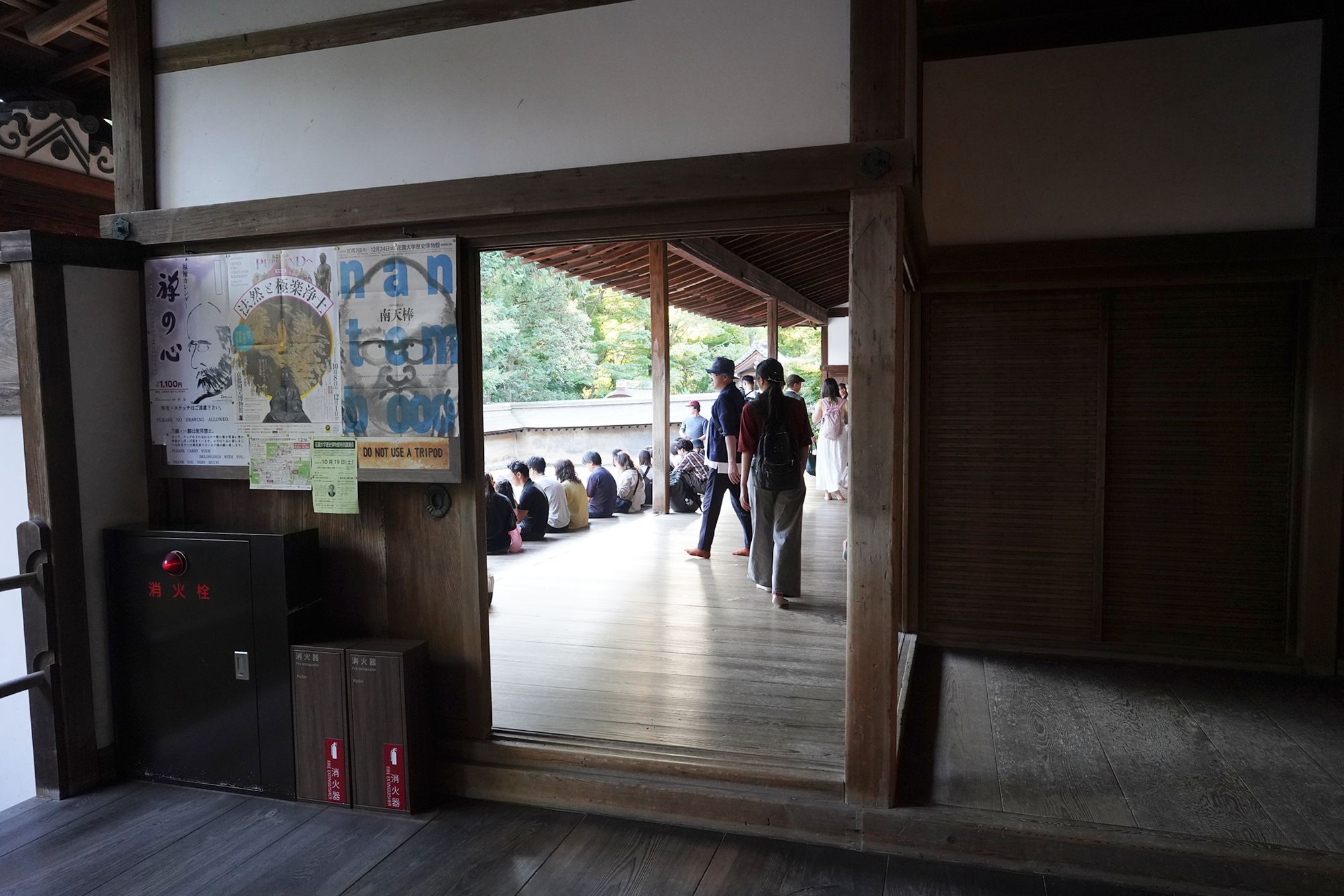
A model of the front yard rock garden
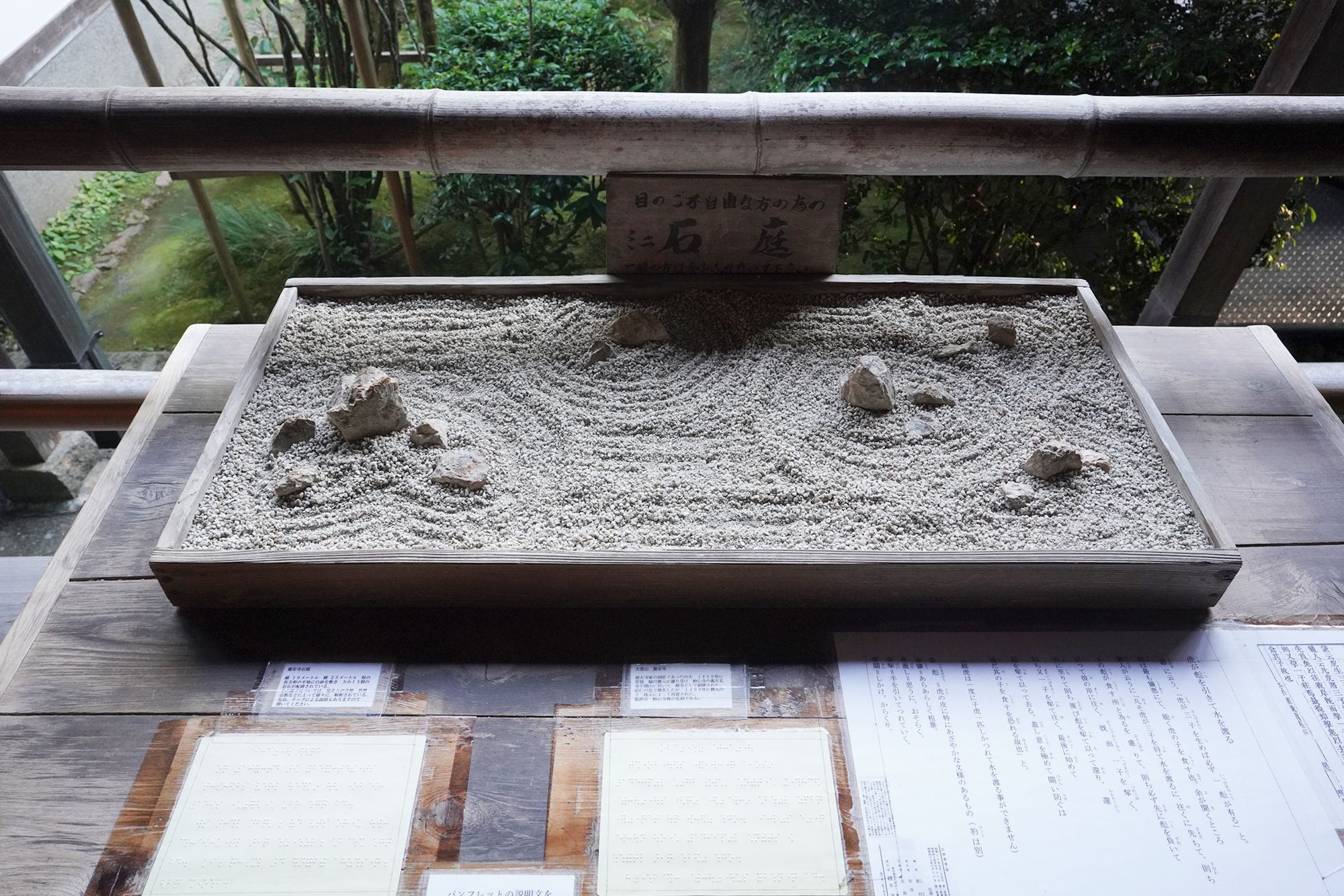
Ryoanji Temple, located in Kyoto, is a celebrated Zen Buddhist temple best known for its iconic rock garden, a masterpiece of minimalism and meditation.
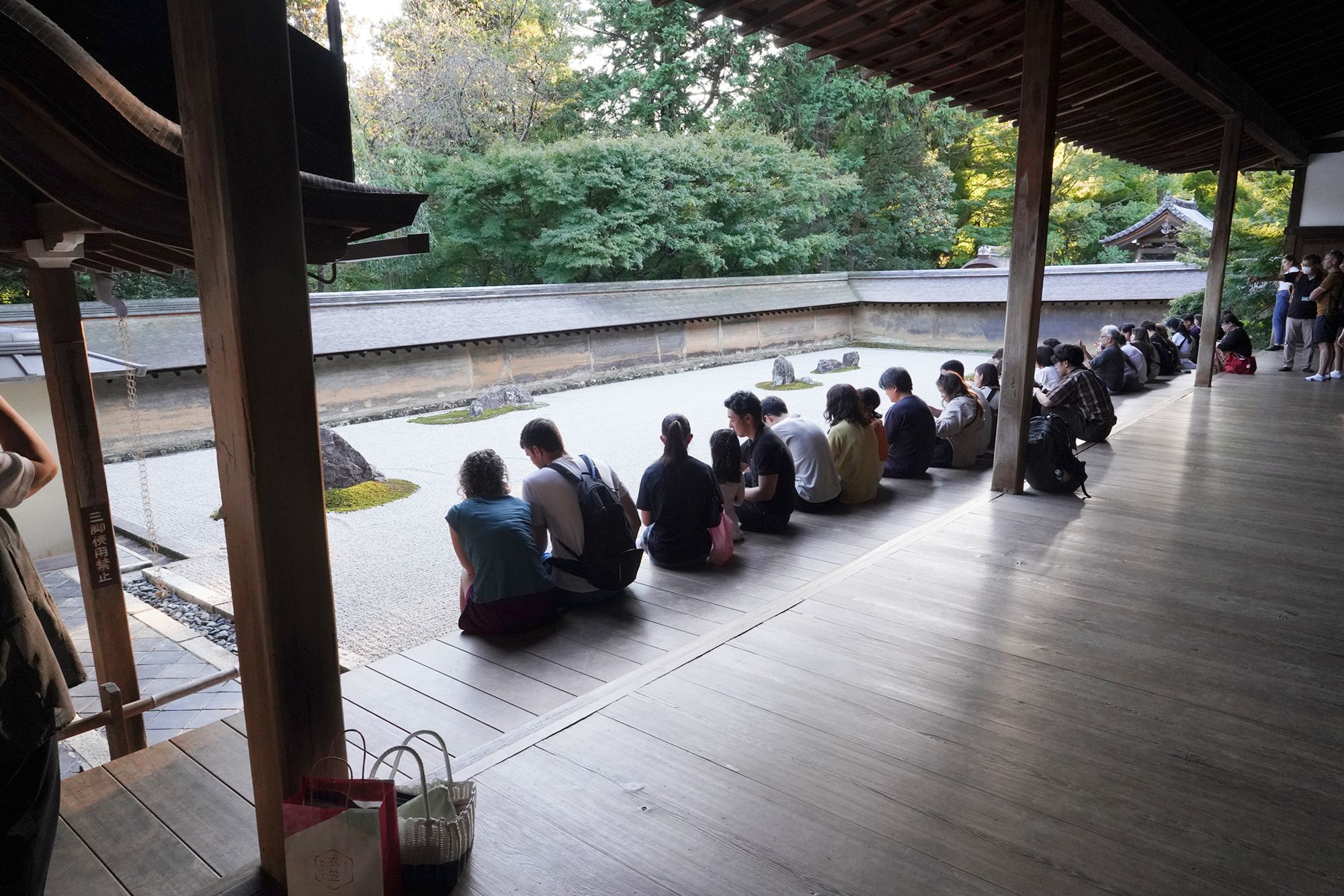
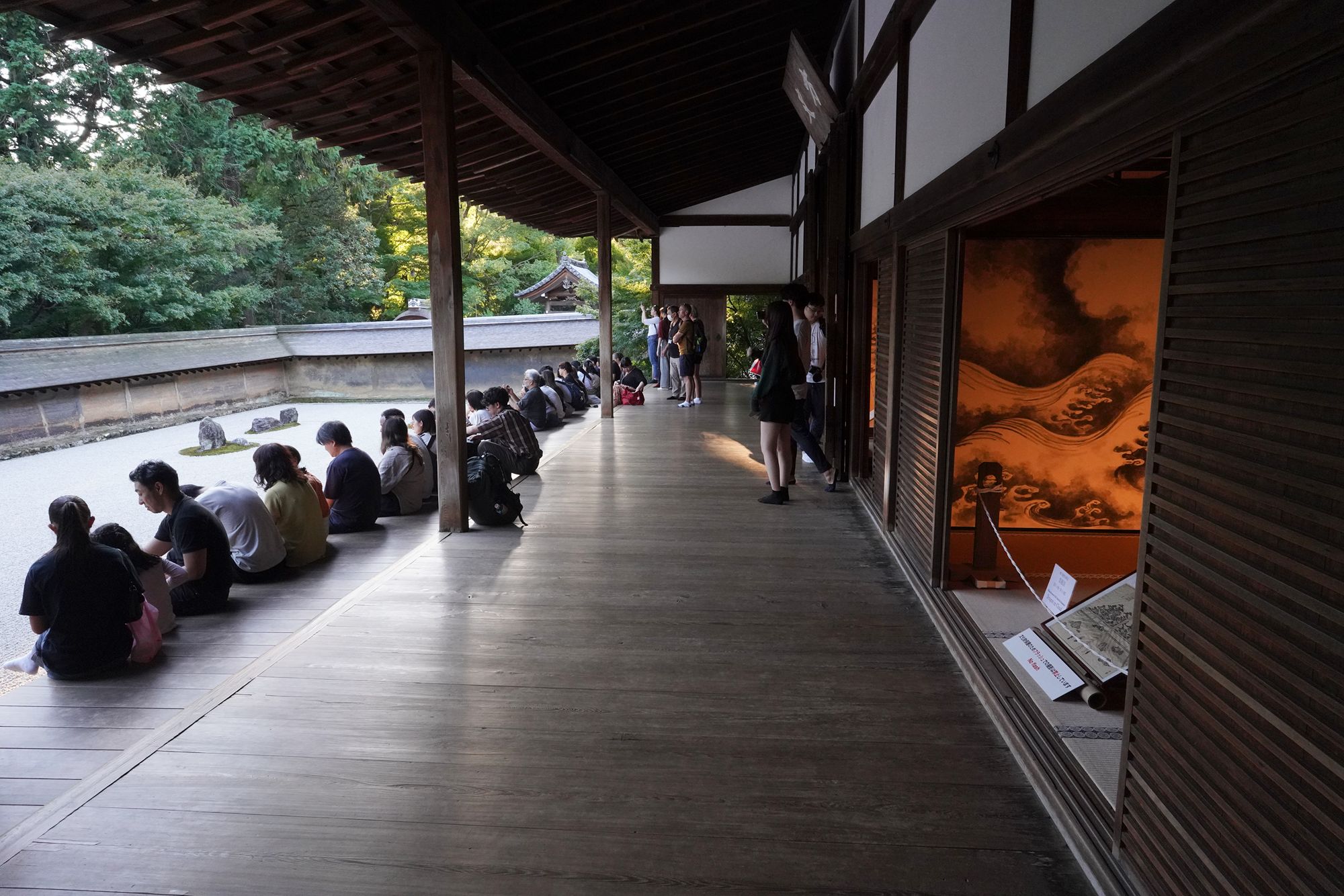
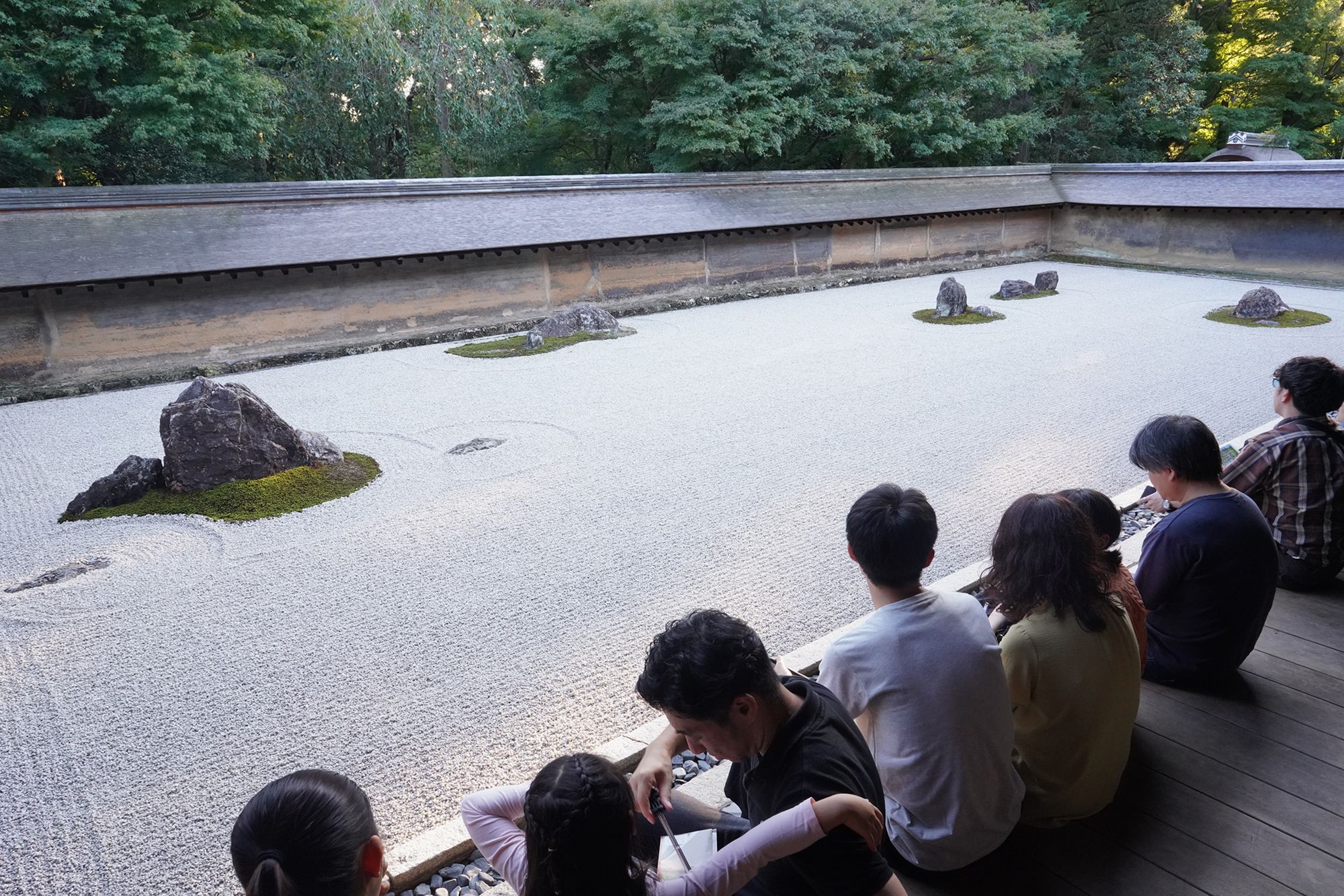
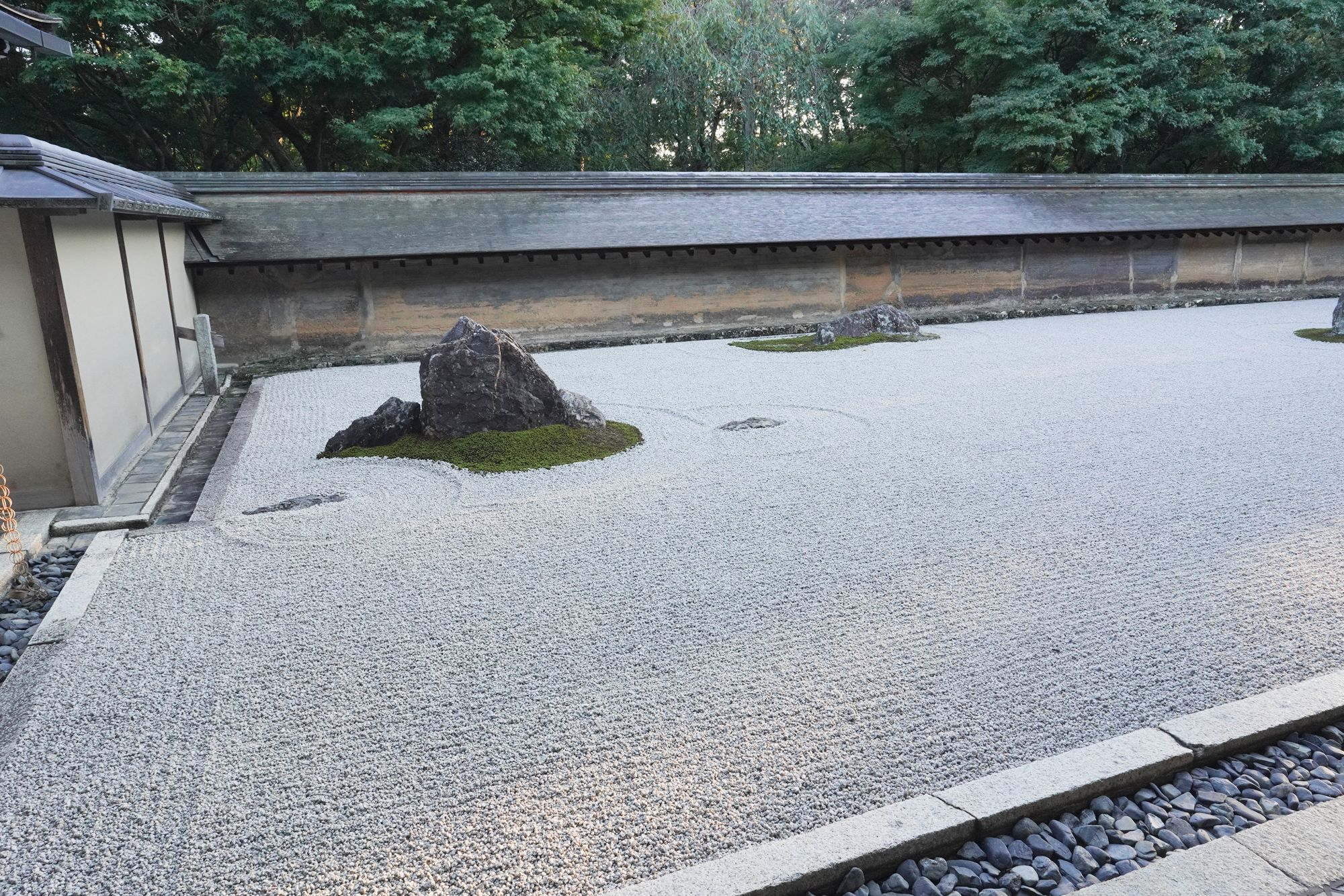
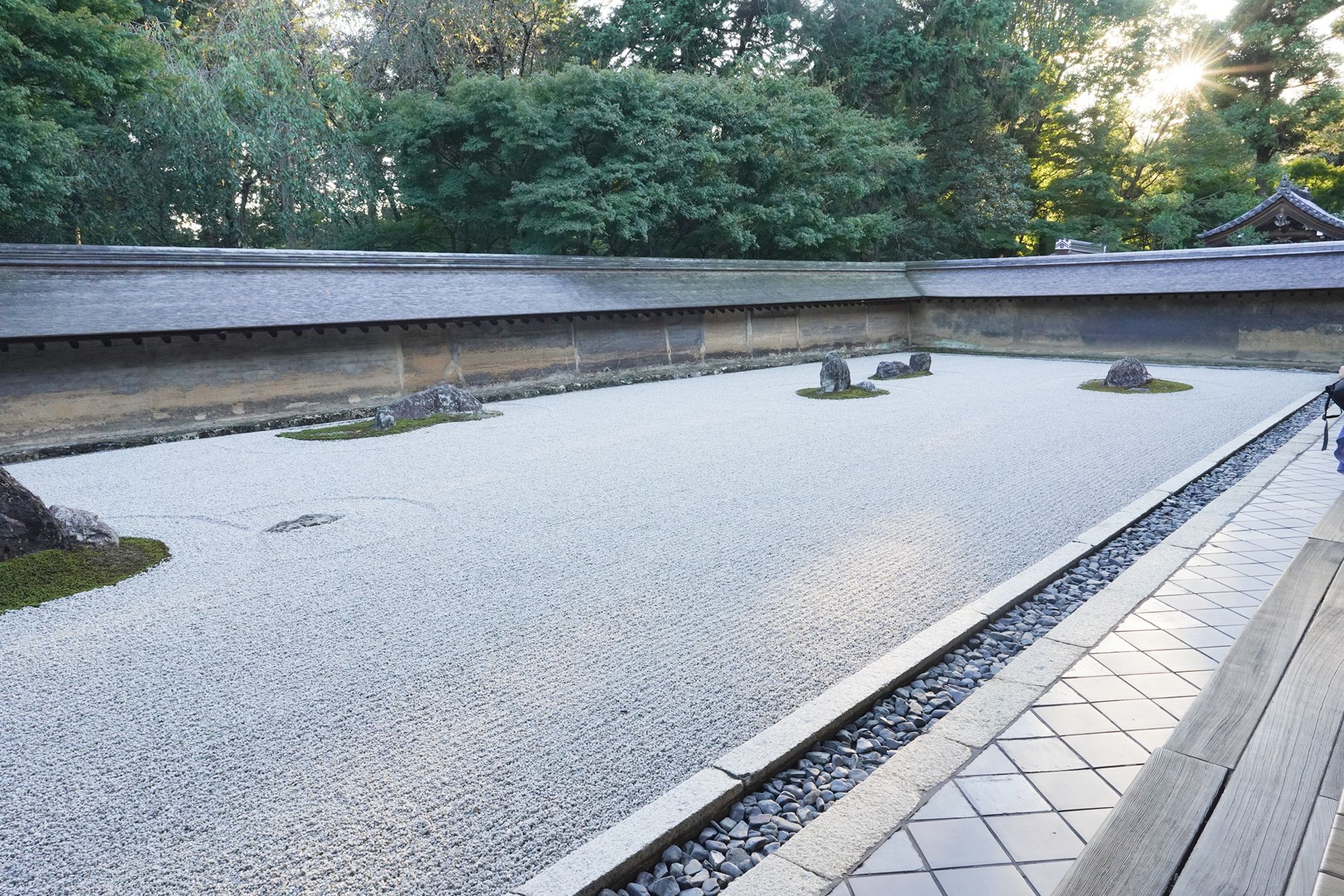
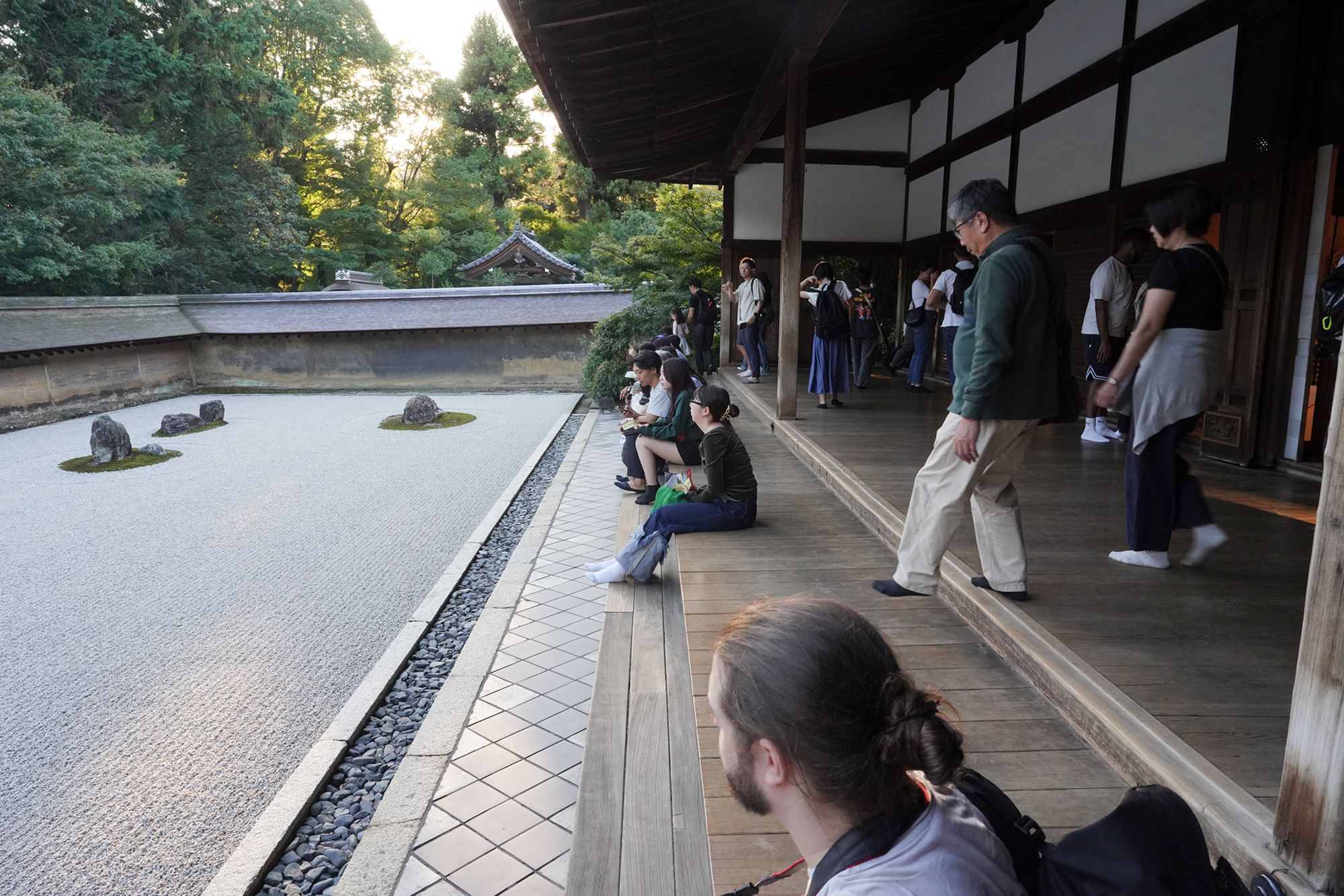
Originally built as an aristocratic estate in the Heian period, it was converted into a Zen temple in 1450. The rock garden, often considered the epitome of Zen design, consists of 15 meticulously placed rocks set amidst a sea of white gravel. Interestingly, from any vantage point, only 14 rocks can be seen at once, with the 15th becoming visible only through deeper contemplation—a metaphor for the pursuit of enlightenment.

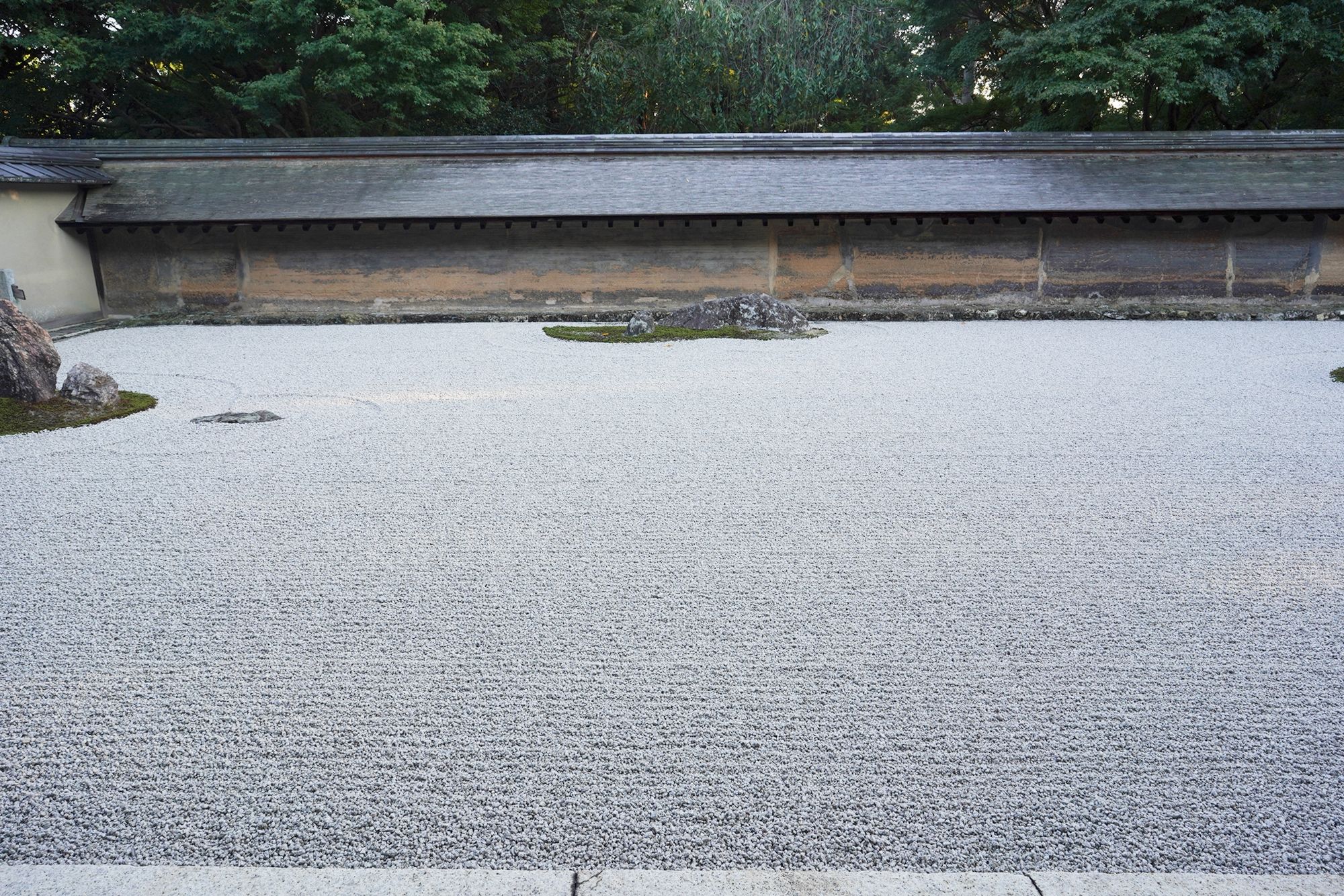
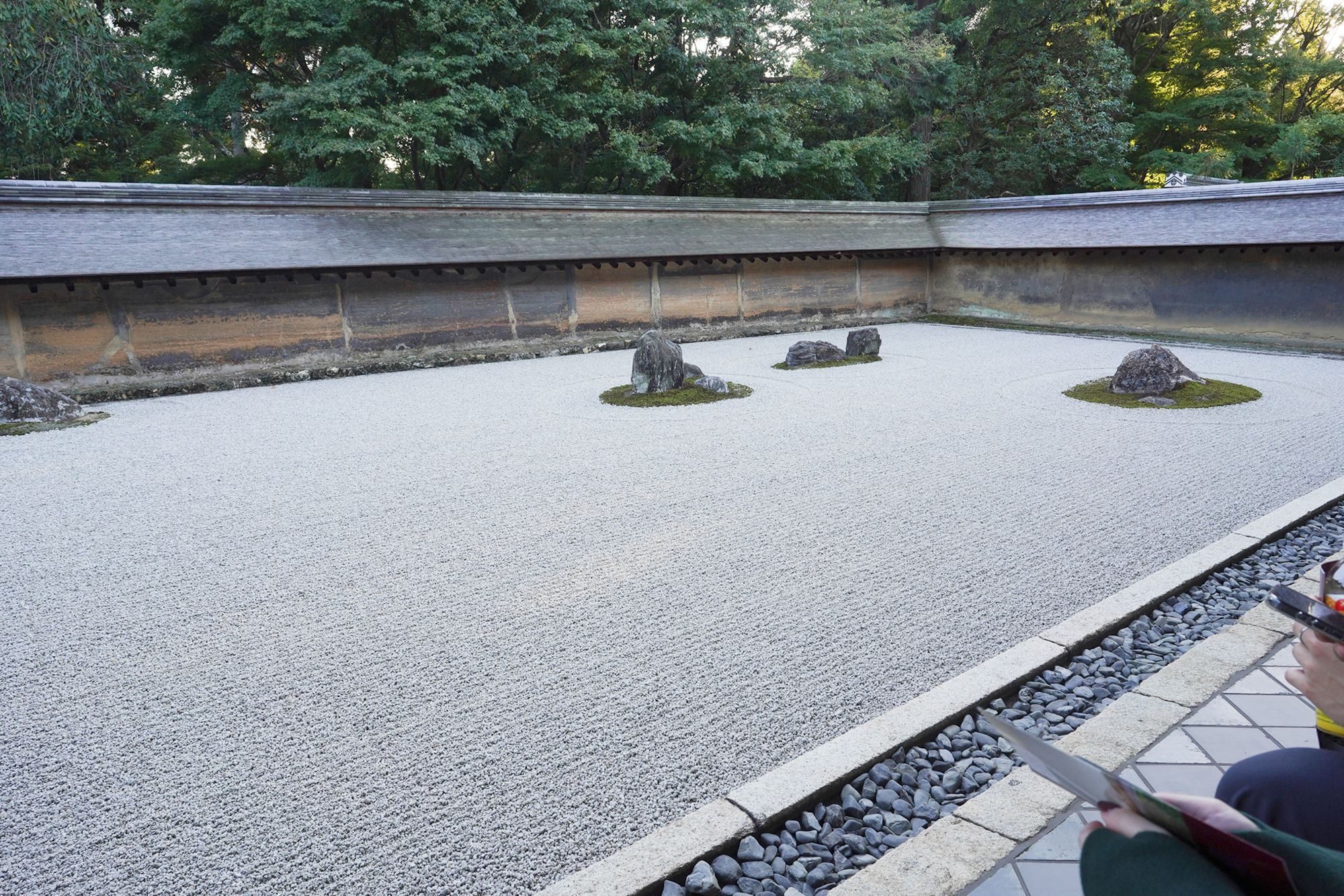
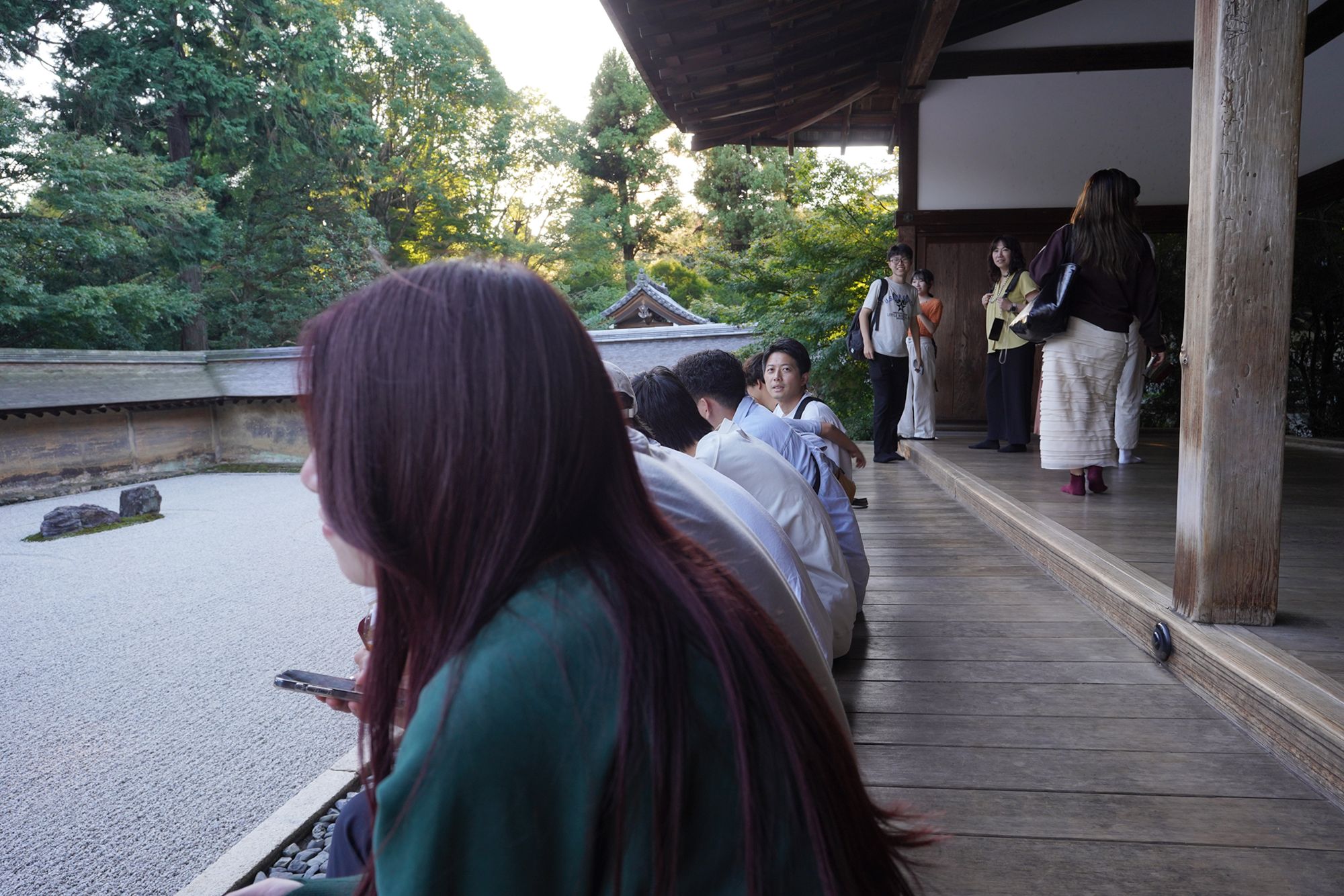
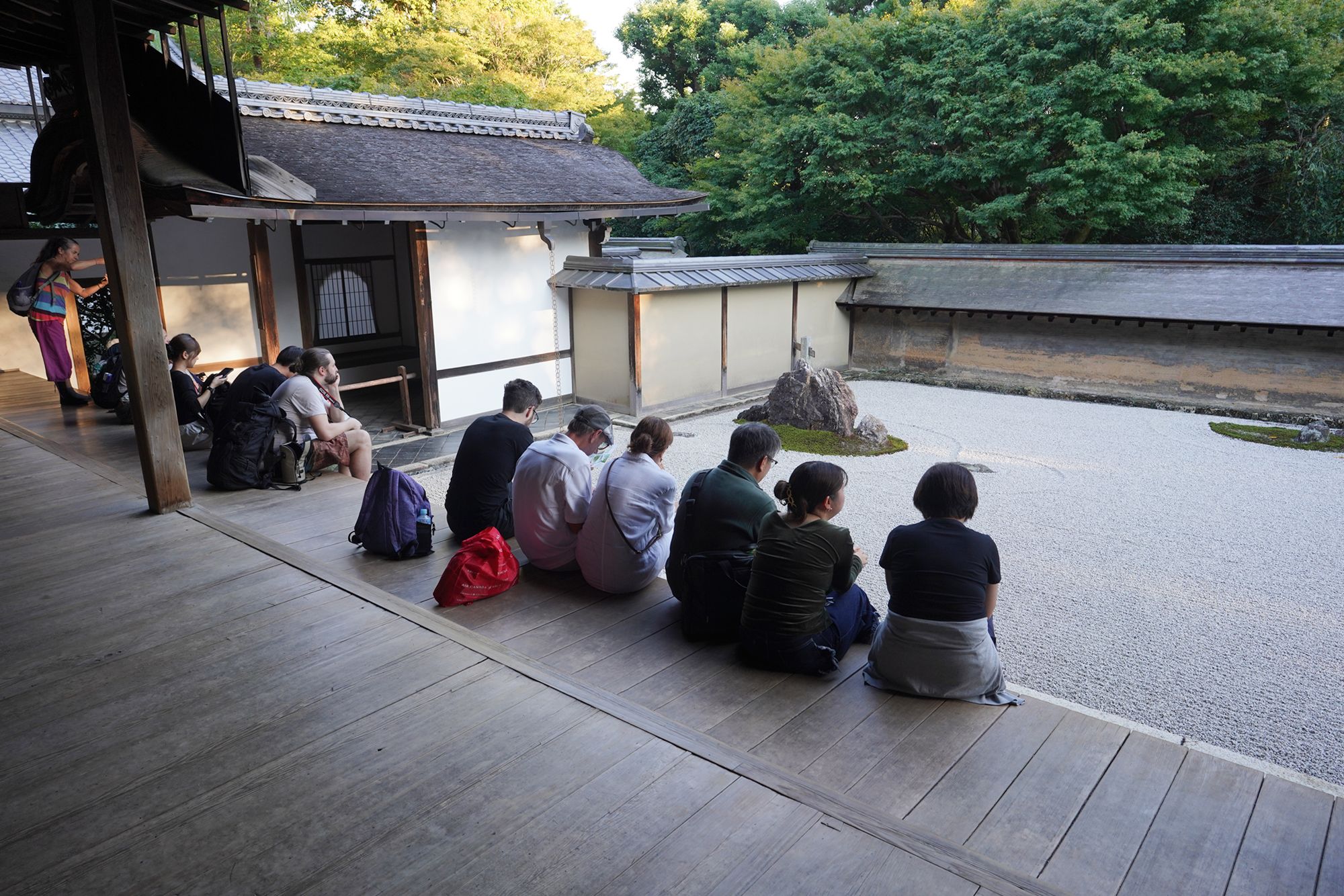
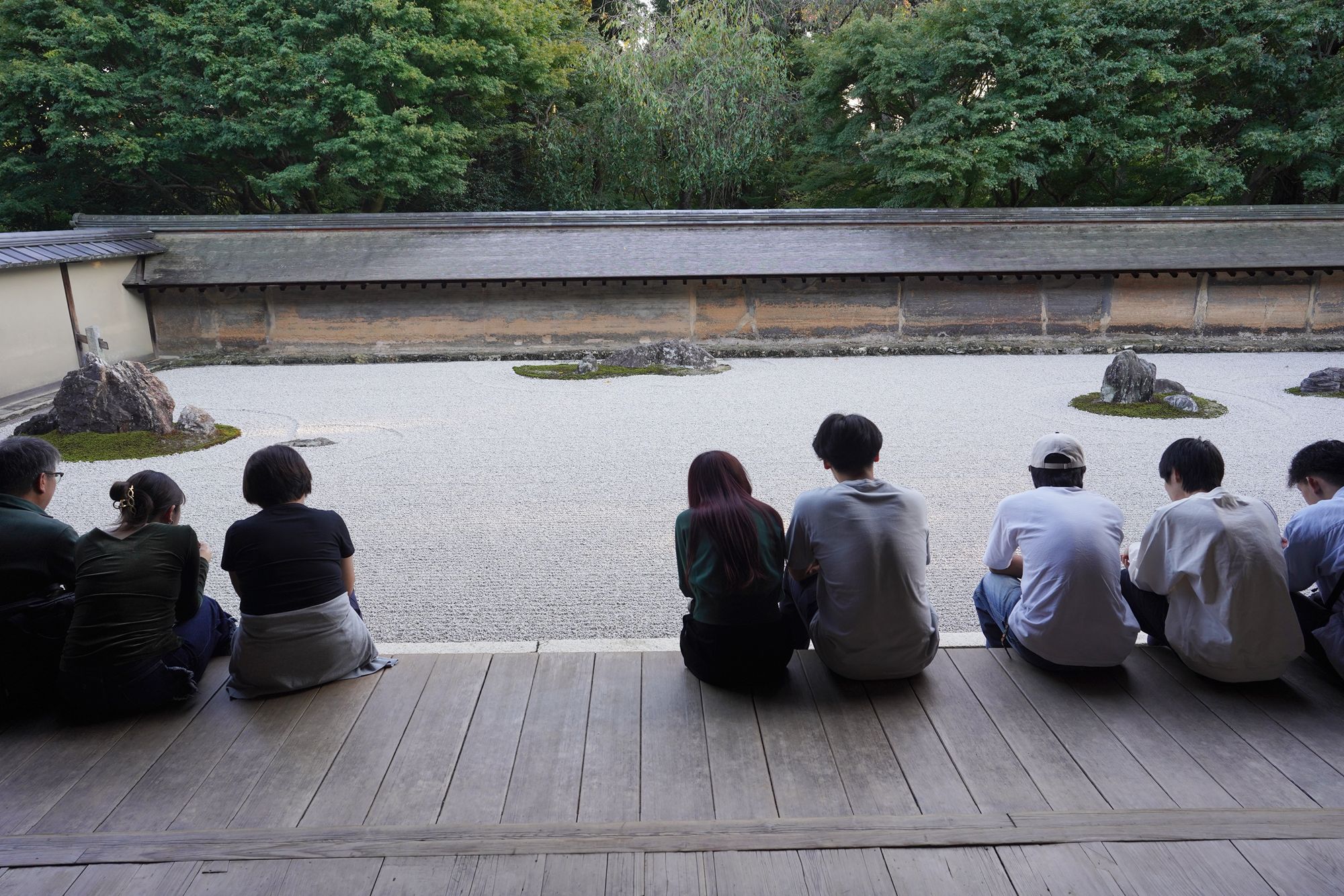
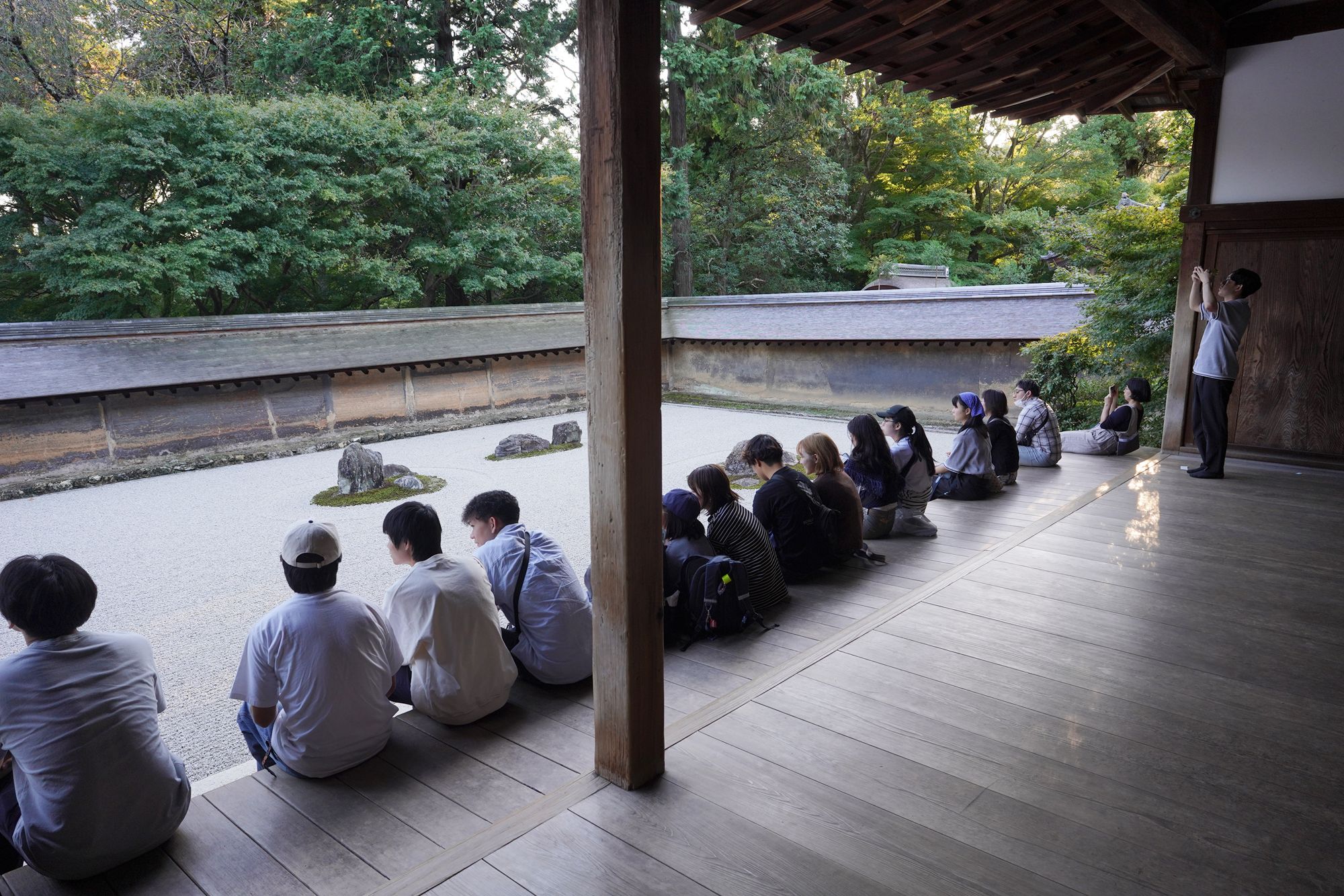
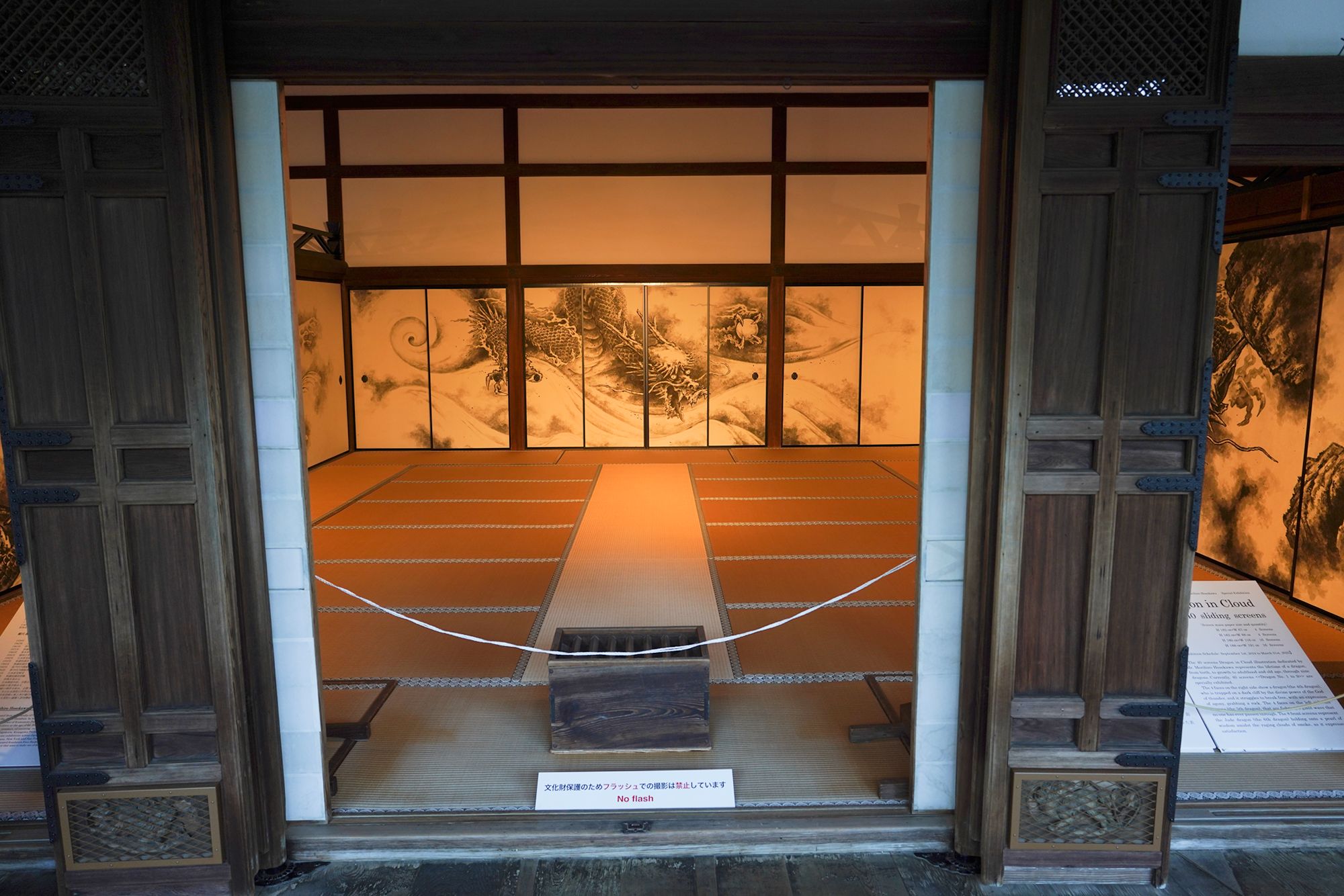
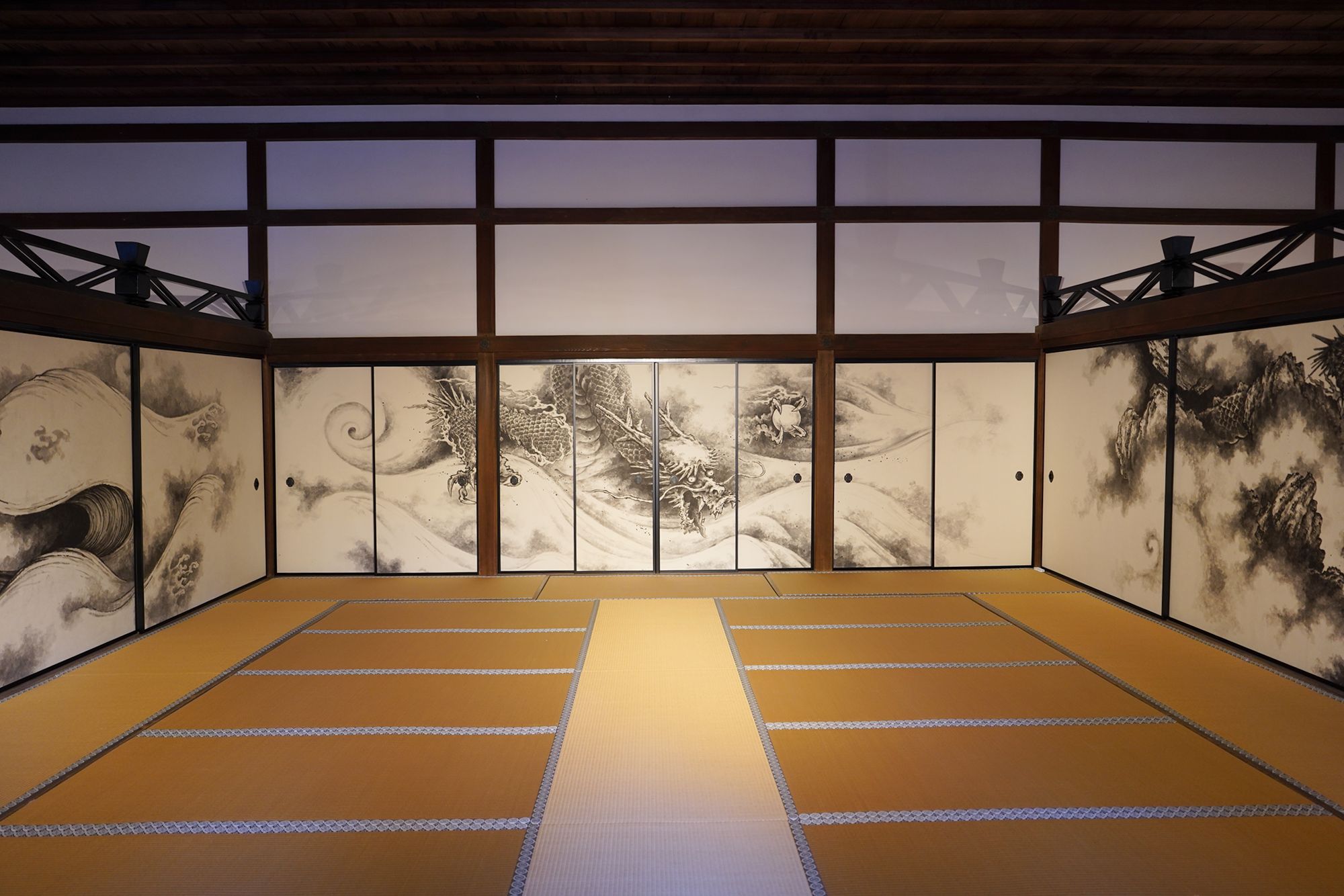
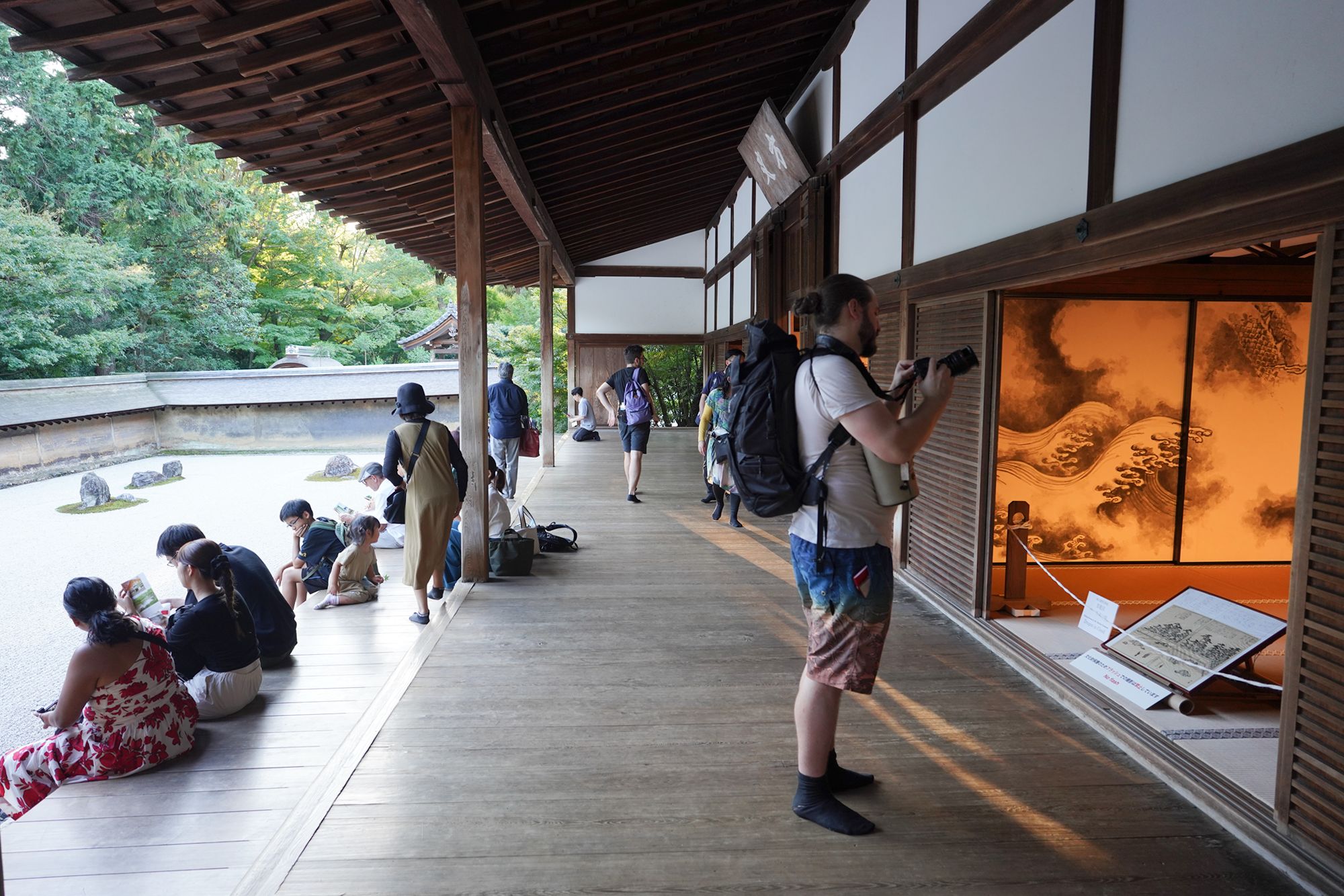
The rear side of the main building
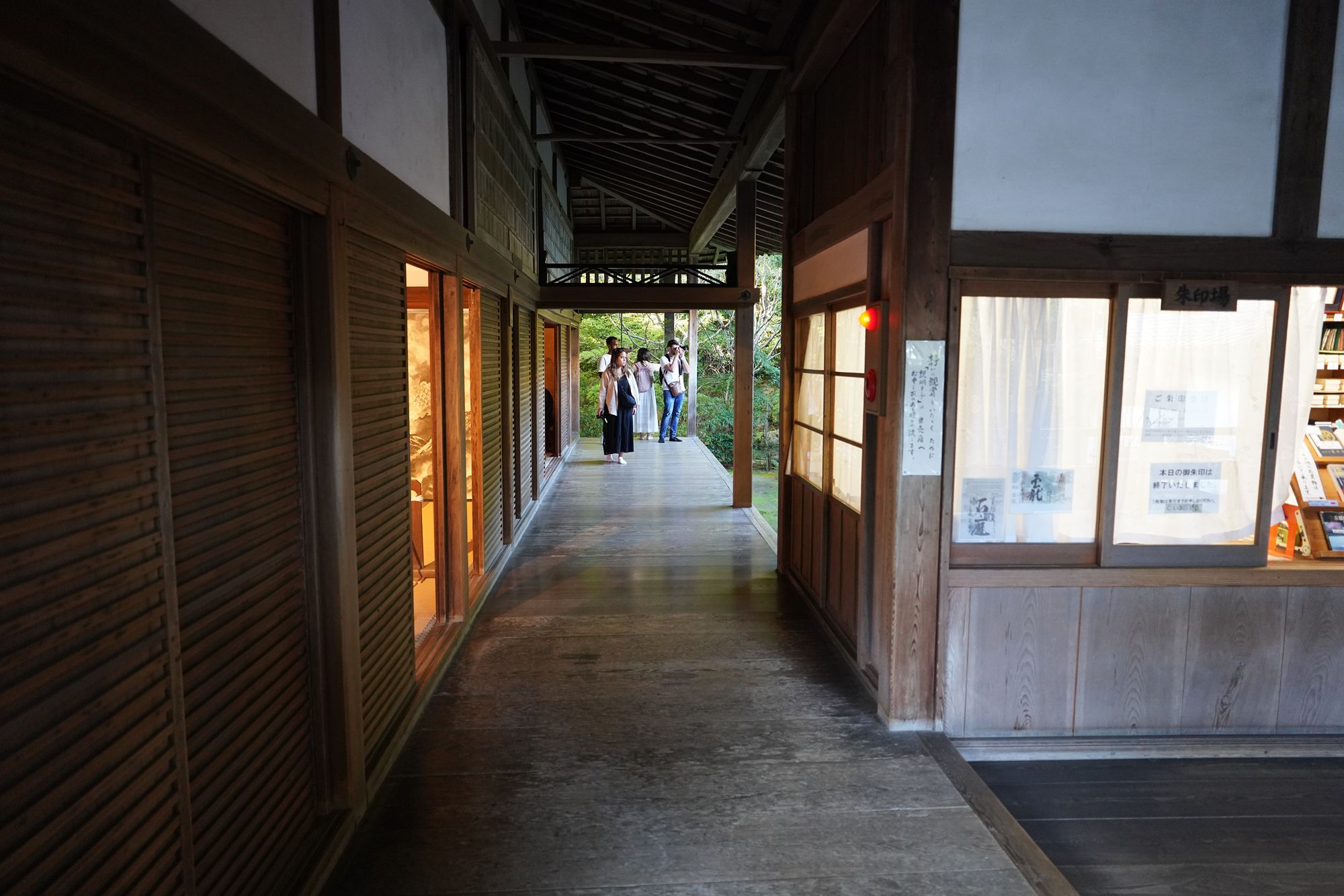
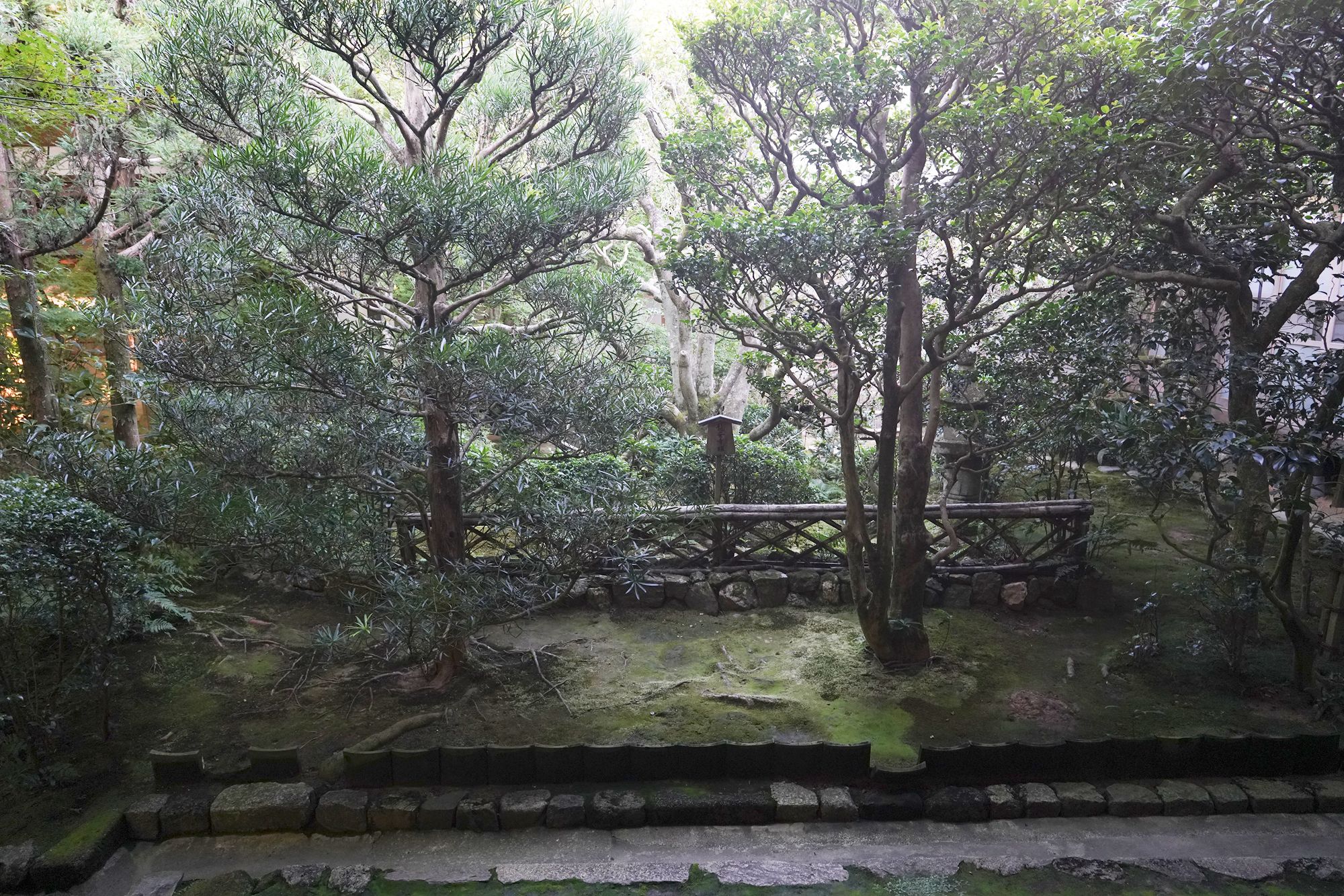
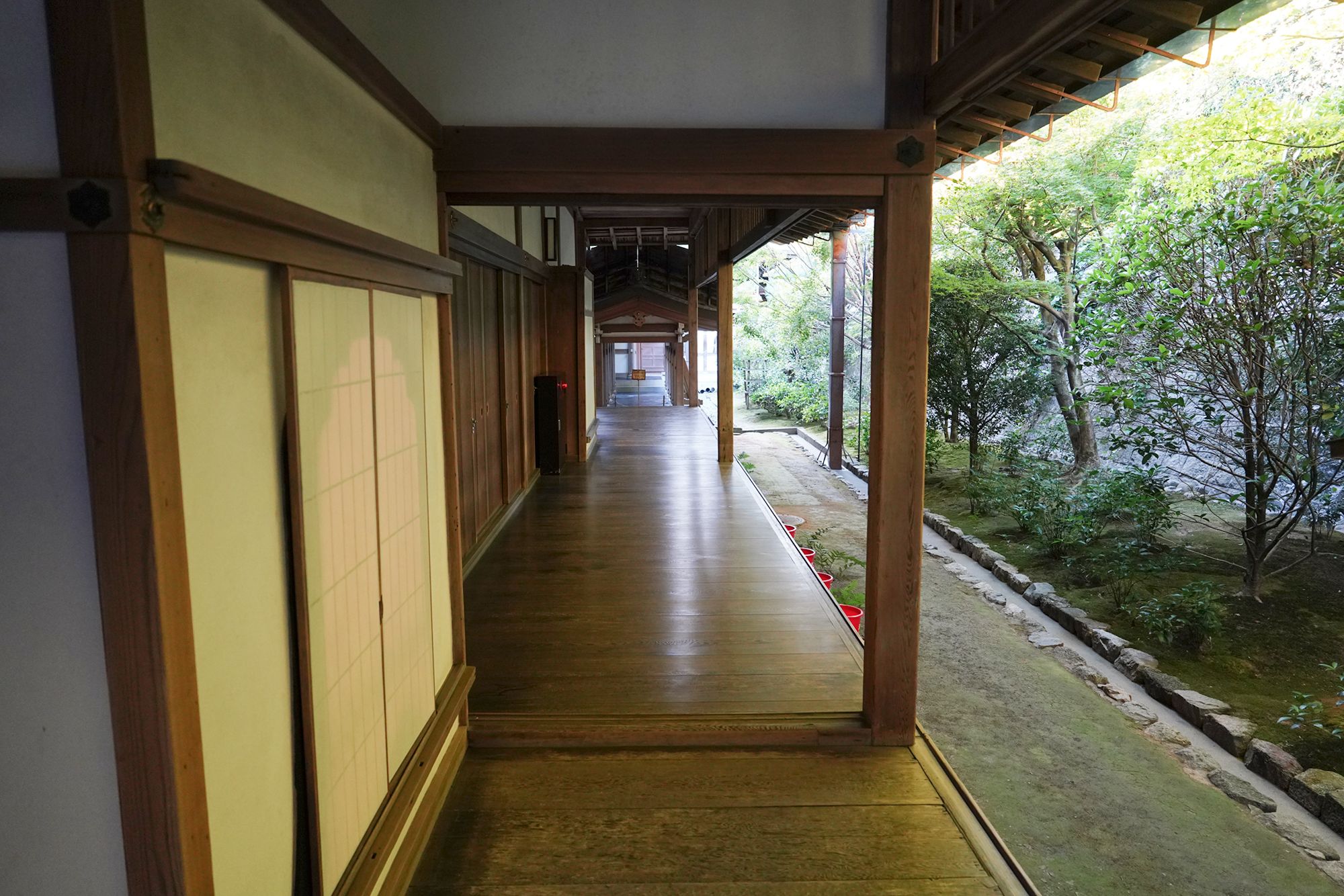
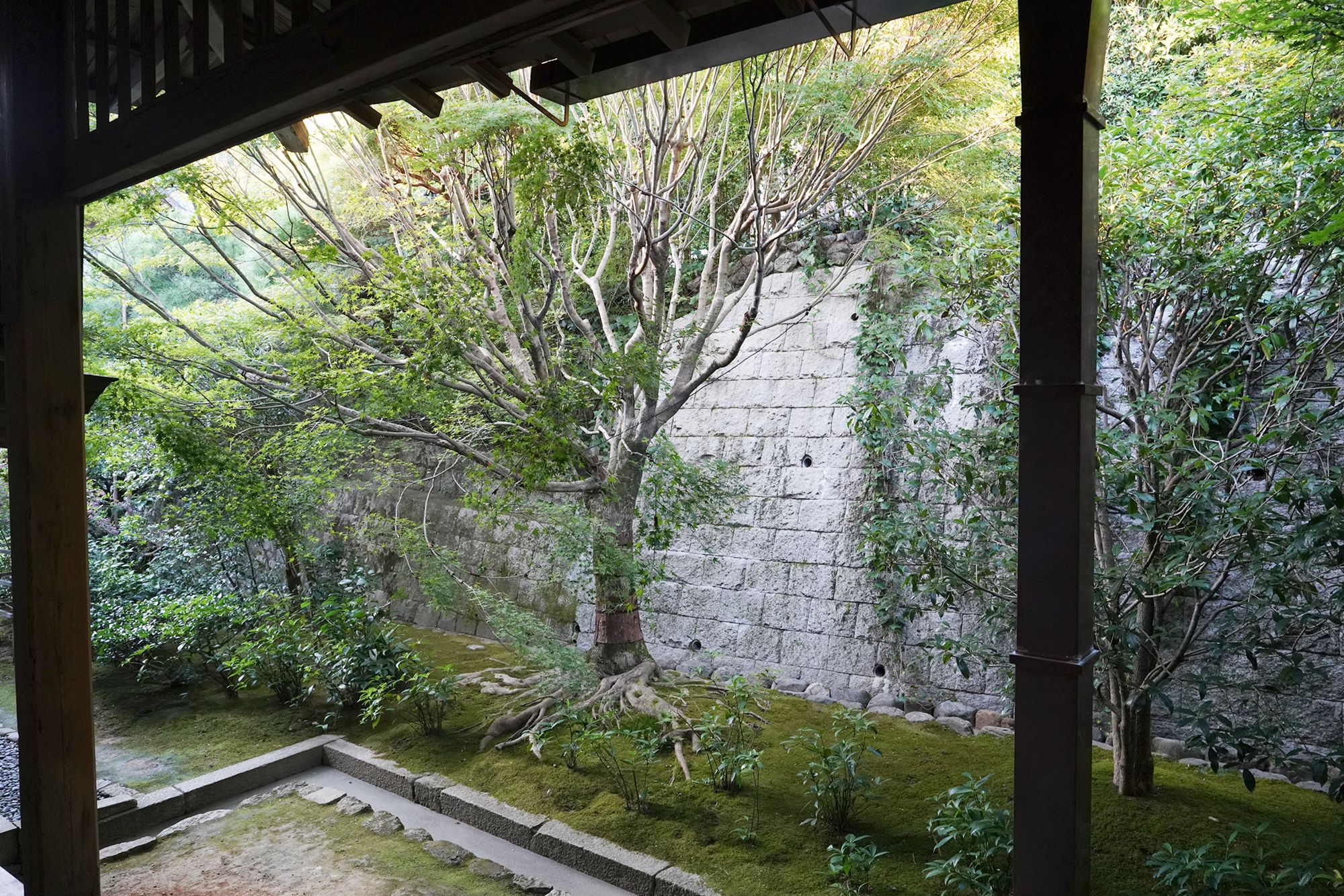
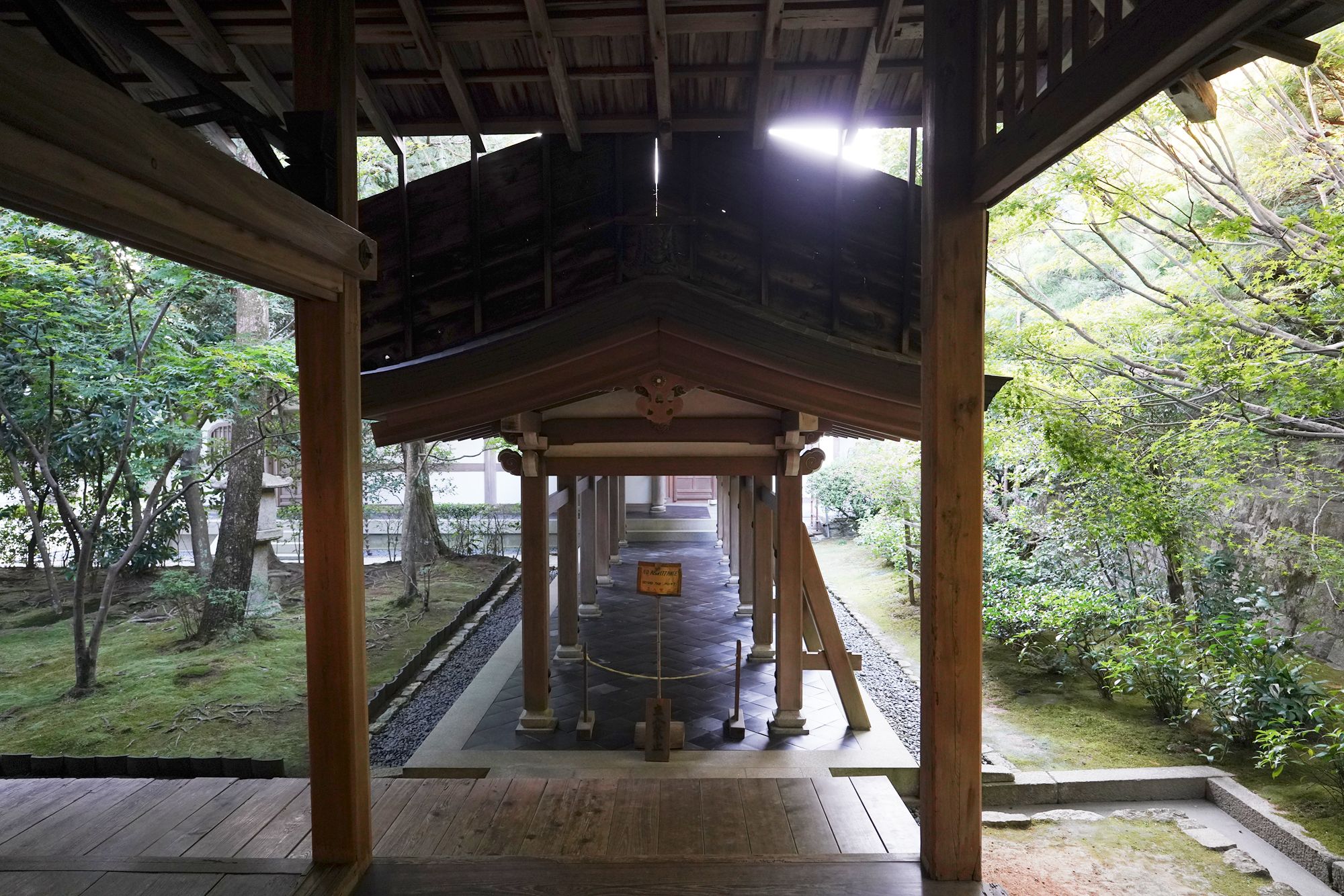
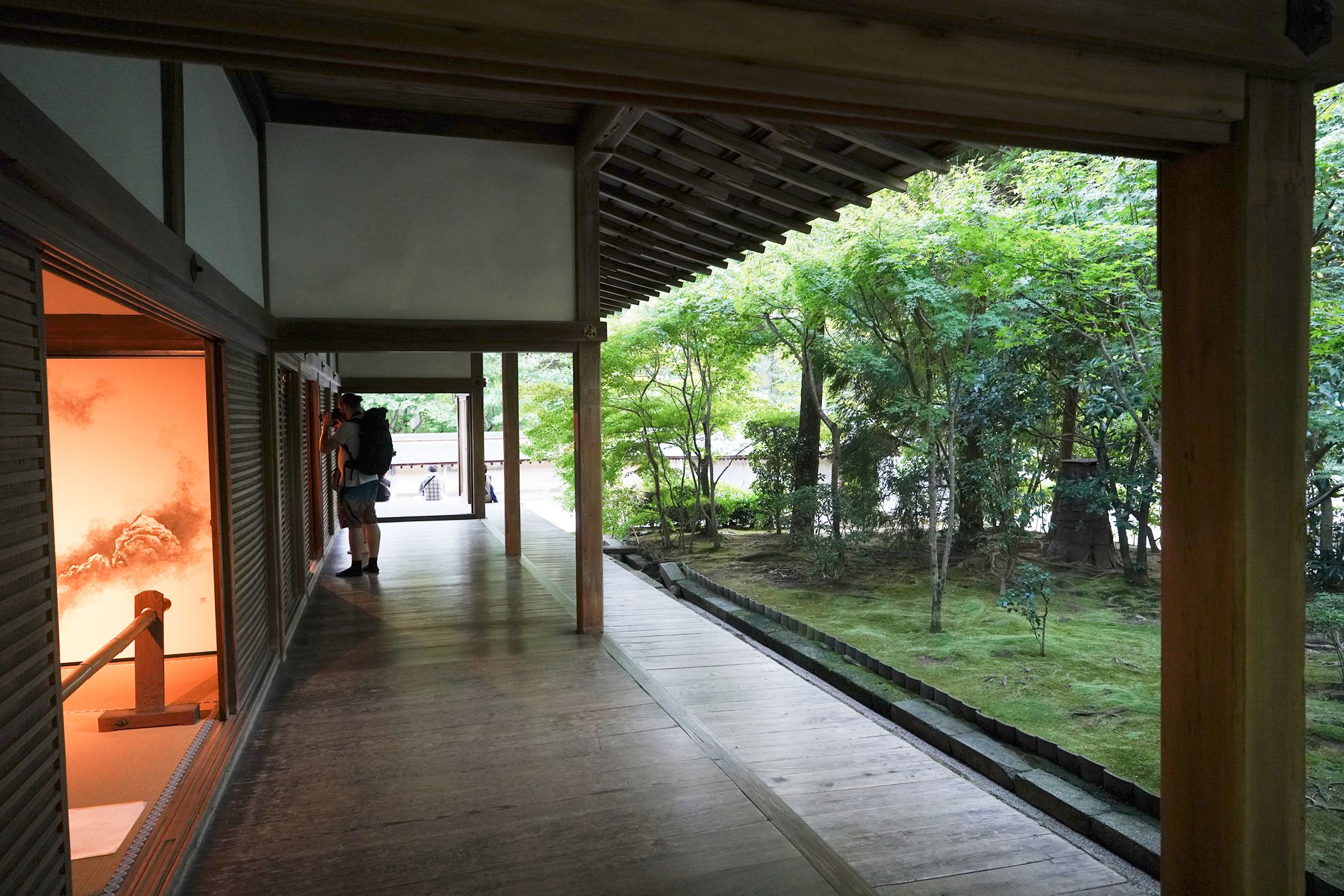
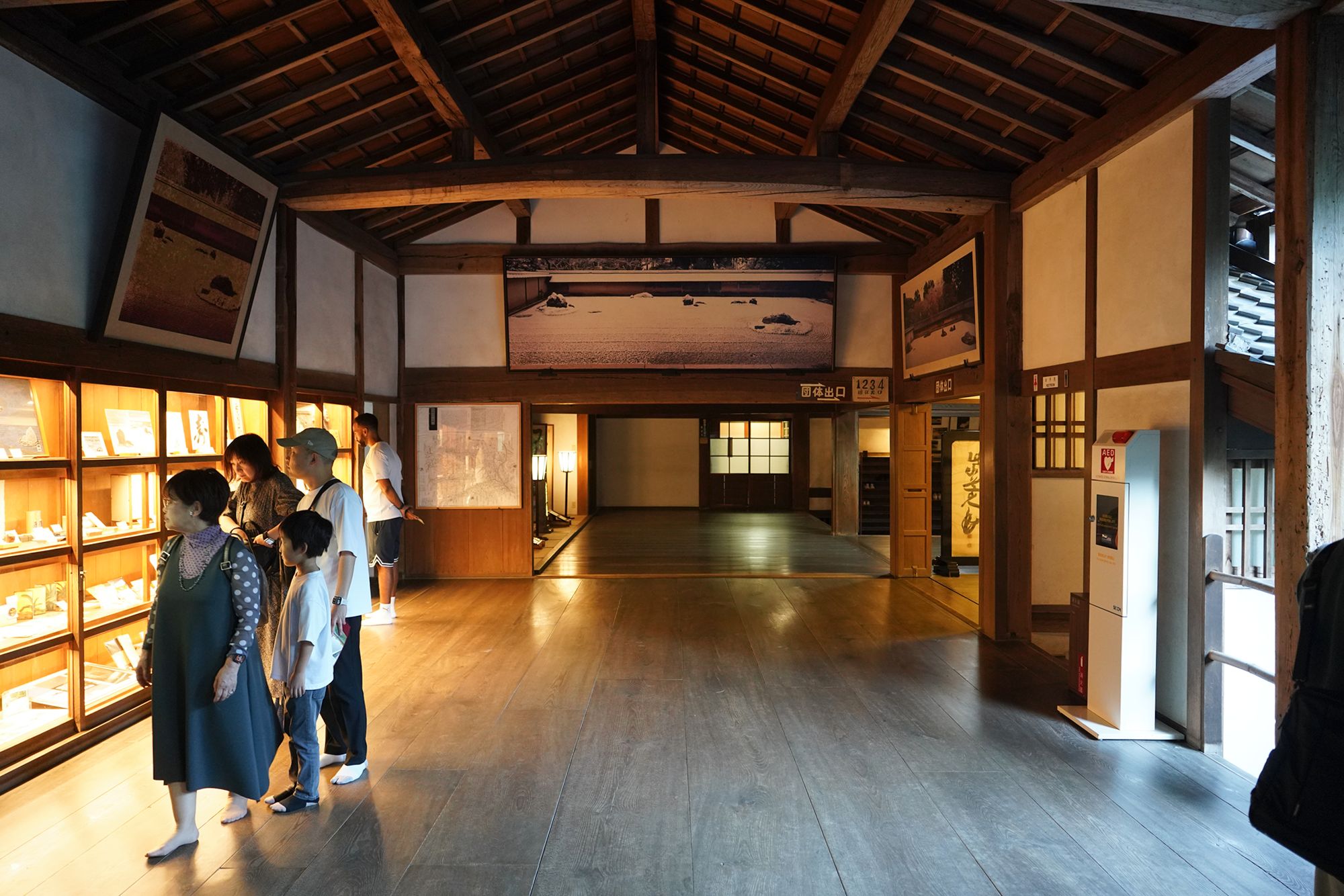
Out of the building and walked back toward the temple entrance
